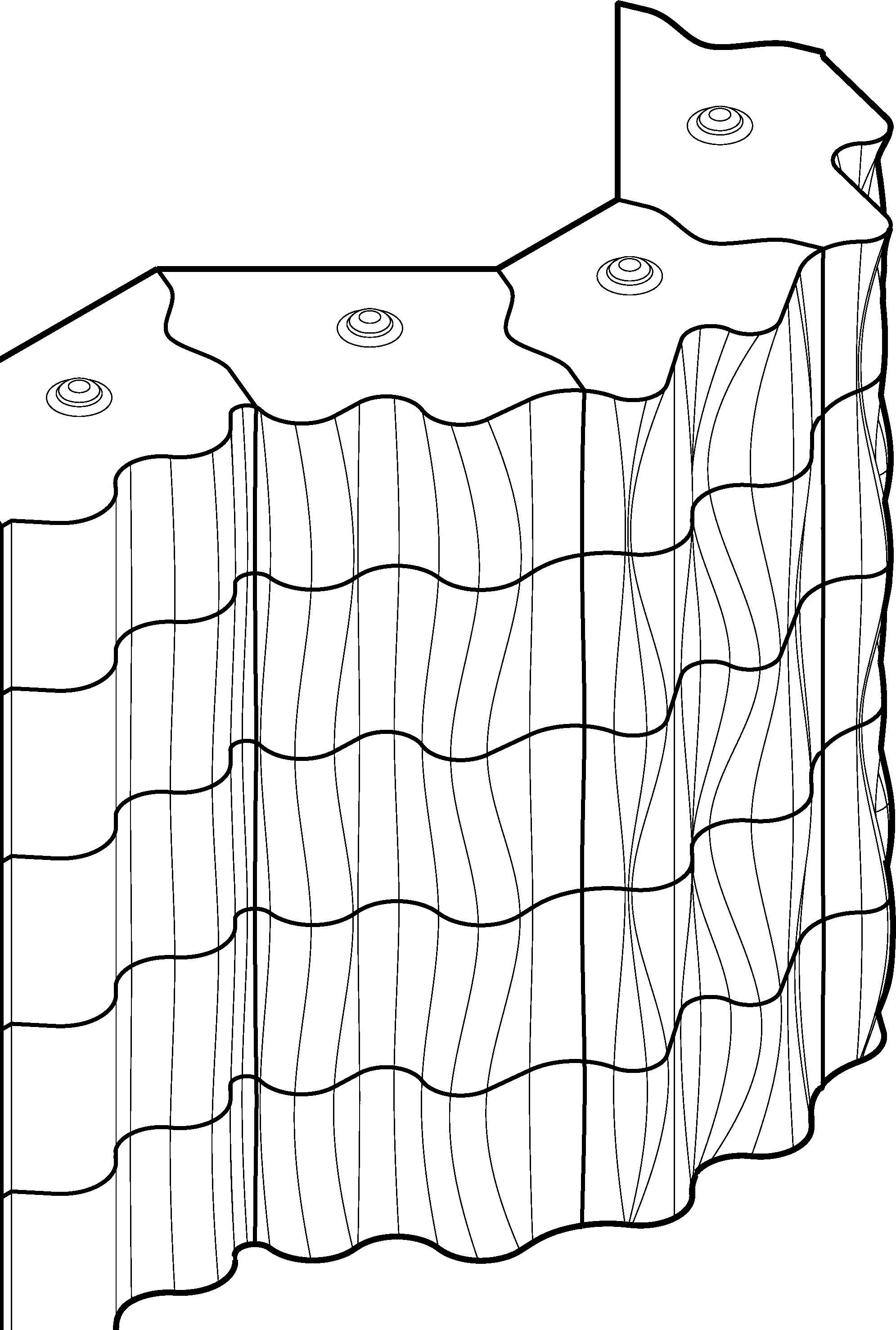

1 Tuning Earth constrictoion
Adaptable mould for rammed earth blocks
Adapting fabrication methods for rammed earth blocks to suit local conditions, this approach uses two types of designed blocks to shape the exterior façade
Around one-third of the global population lives in earth-based homes— an inherently sustainable method of construction. Yet the construction industry remains responsible for 8–10% of global CO� emissions, underscoring the need for greener alternatives.
“Tuning Earth Construction” explores adaptable mould systems for rammed earth blocks, from low-tech fabric forms to high-tech robotic sand moulds. Designed to optimize assembly and performance based on local conditions. As a case study, the research focuses on improving thermal behaviour in the Middle Eastern climate.
The project demonstrates how earth, as a natural material, can be customized through design to respond to diverse contexts. Two prototypes are presented: one high-tech, using bespoke blocks for maximum performance, and a medium-tech version using a single, multi-orientable block type.
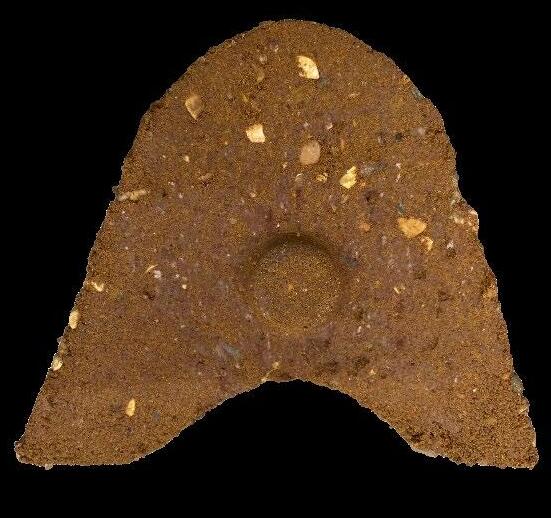
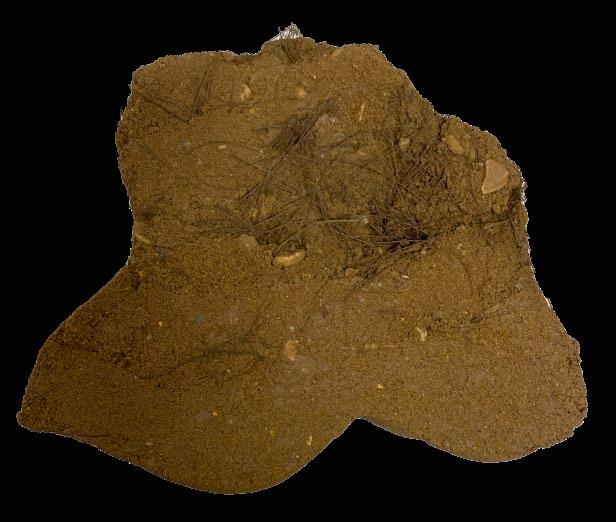
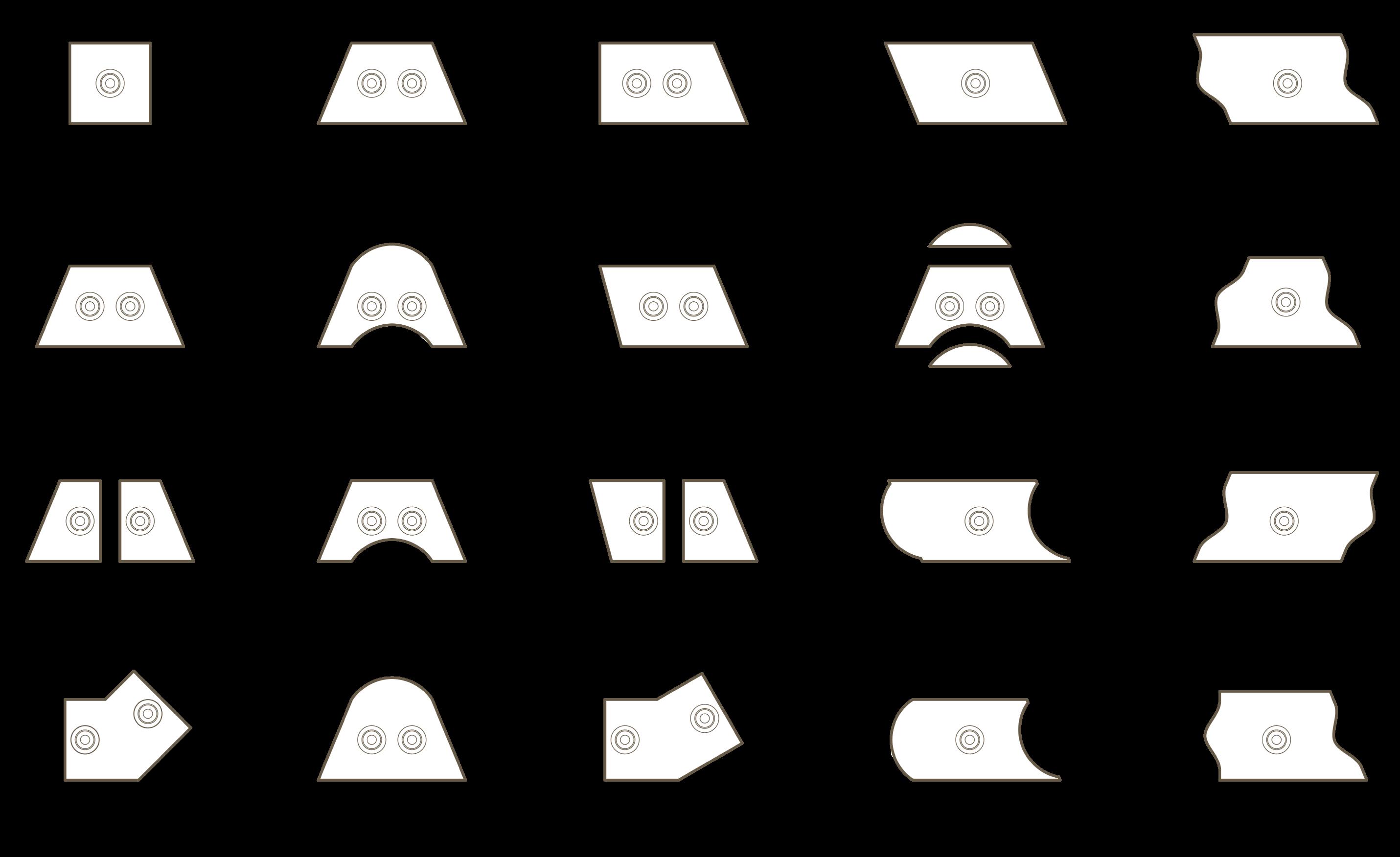

Non-perpendicular corner assembly
block type 1– standard
rigid CNC machined moulds
Variable wall thickness
Adjustable angles, enabes curvature walls
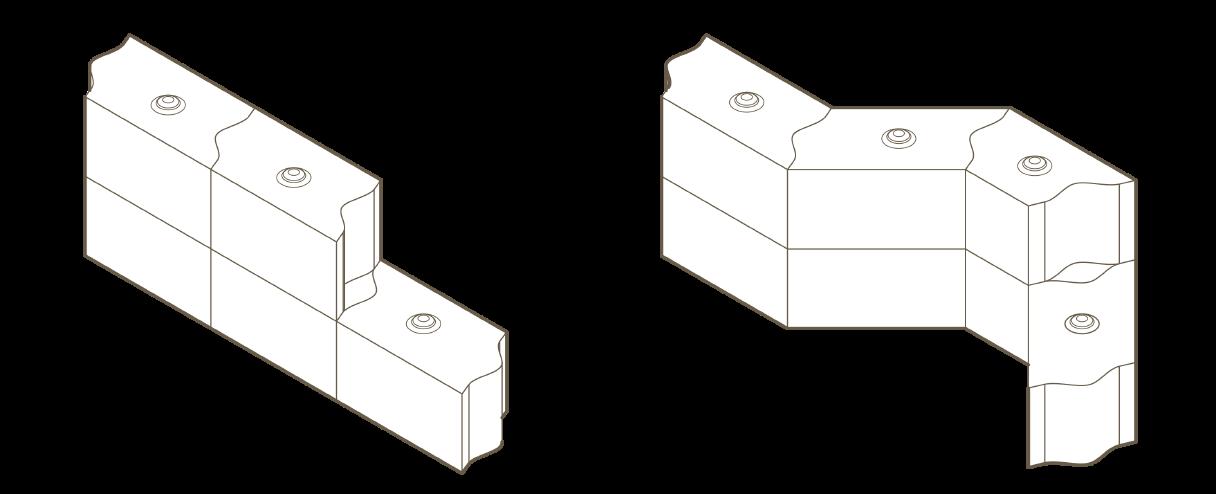
Aligned blocks, where the joints serve as the overlapp between blocks
Aligned blocks with adjustable angle


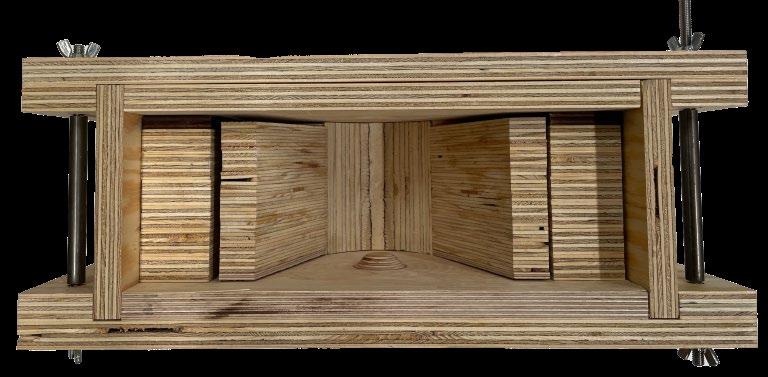
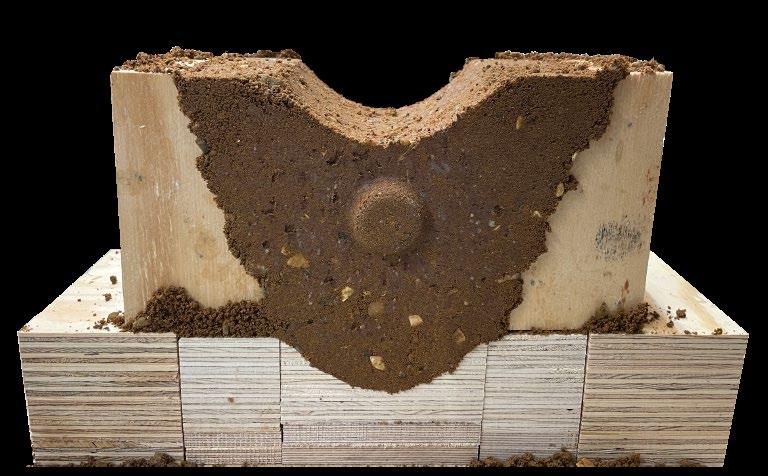
block type 2– bespoke rigid 3D printed moulds with adaptable sand mould
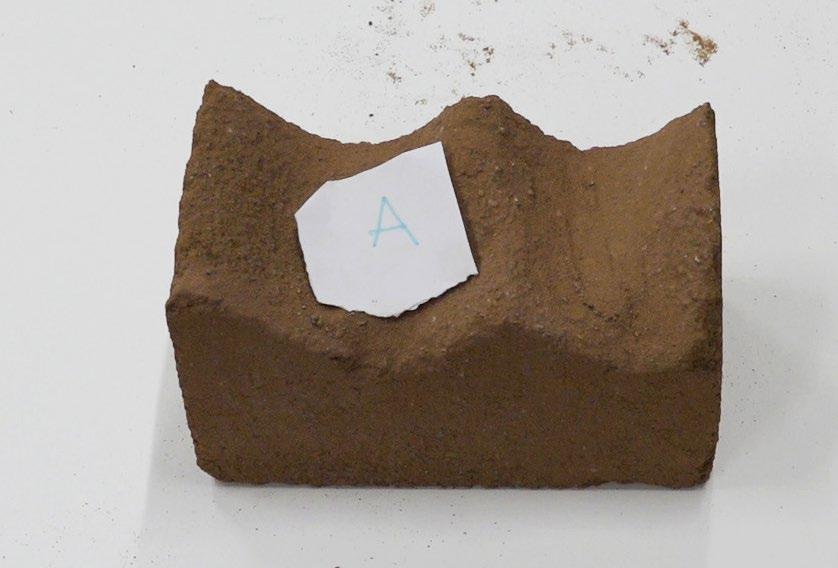
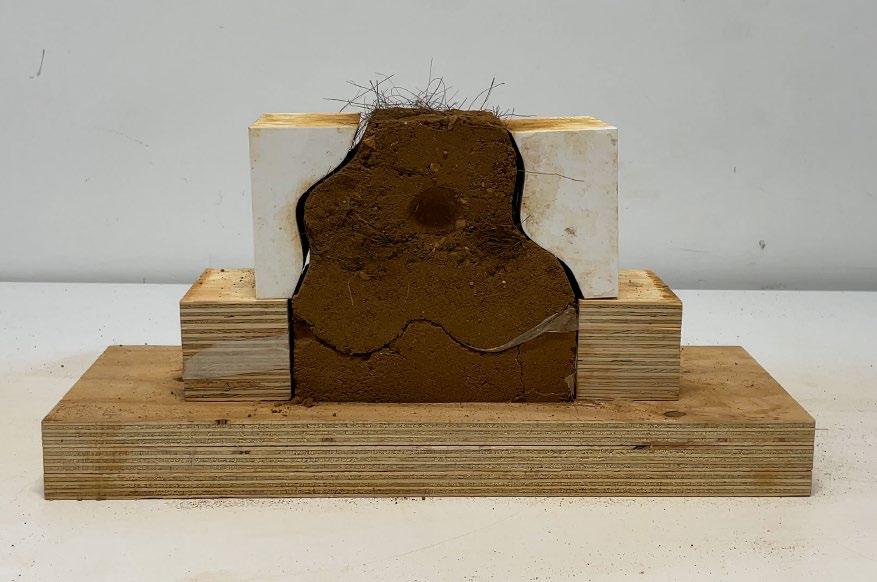
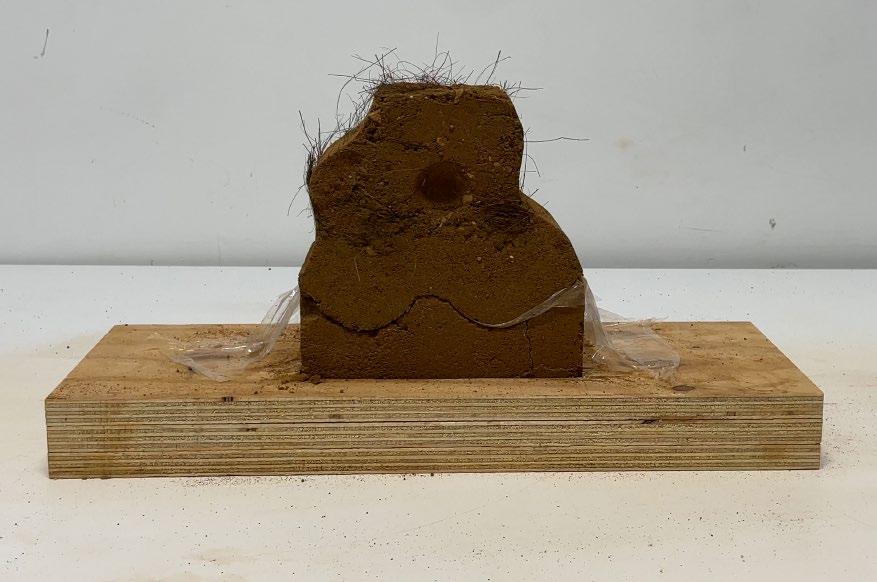
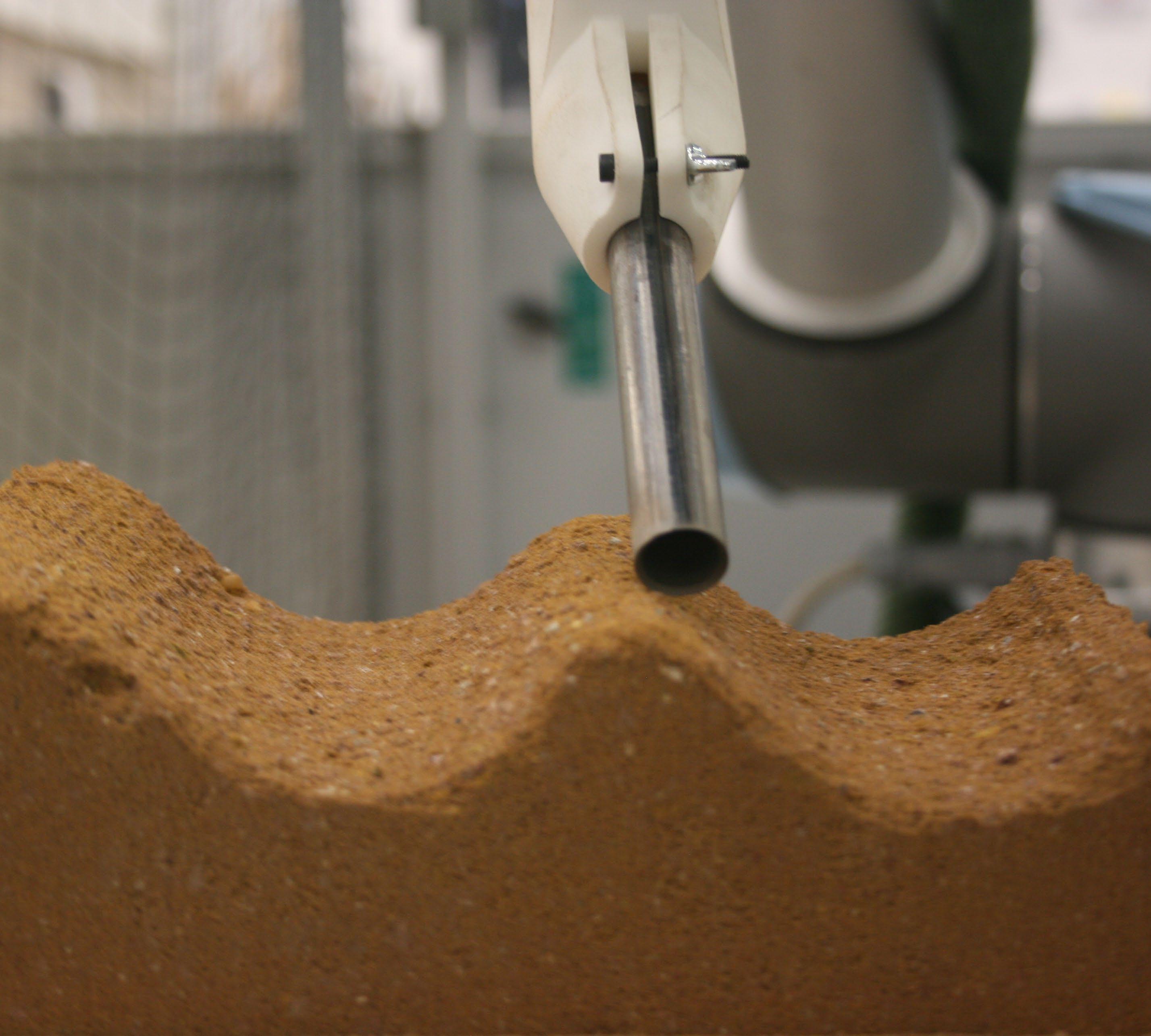
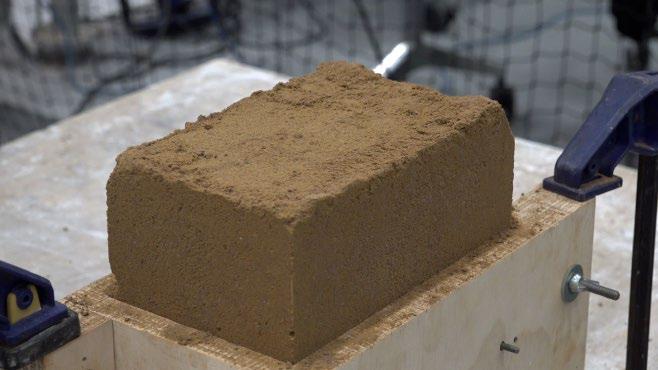
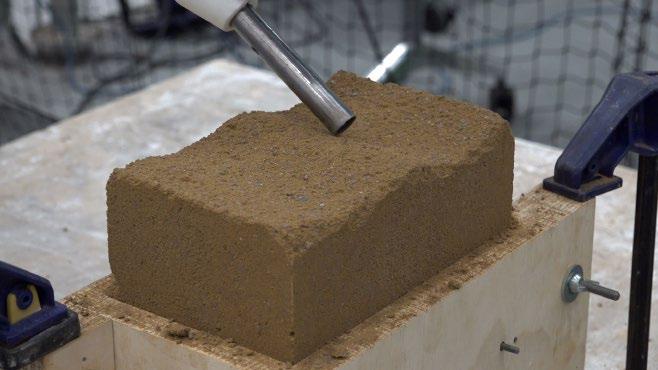
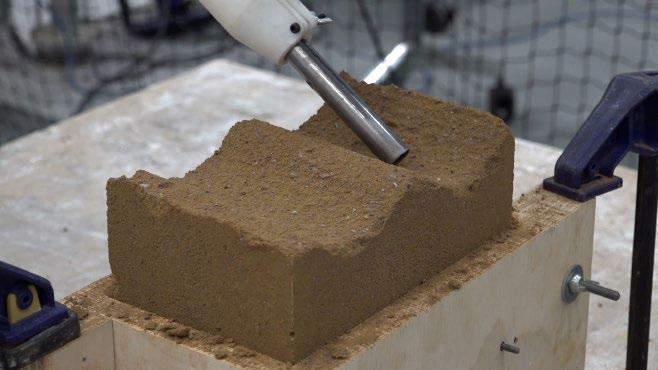
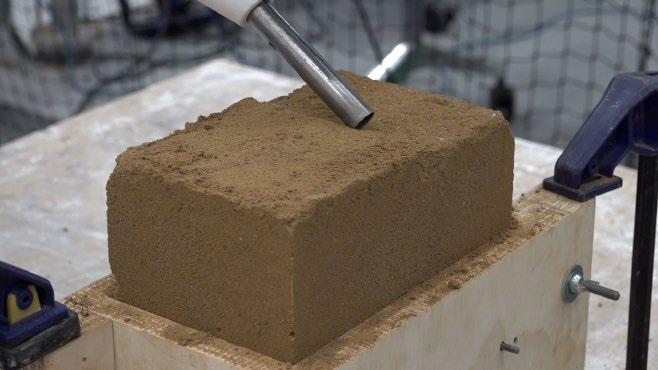
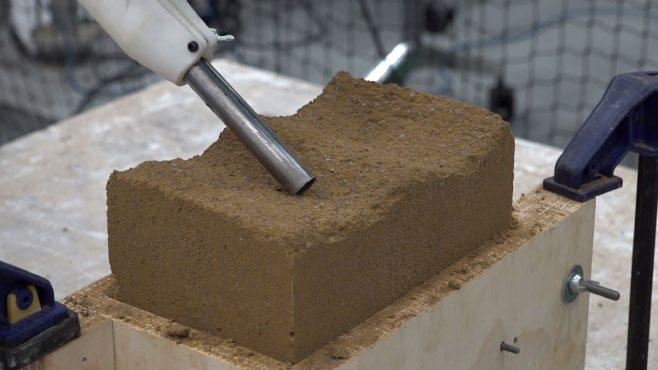
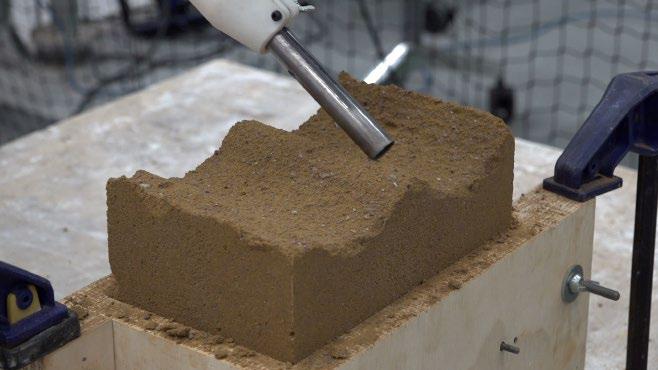
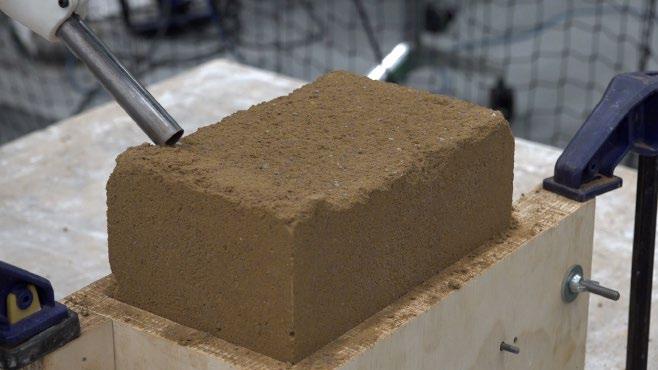
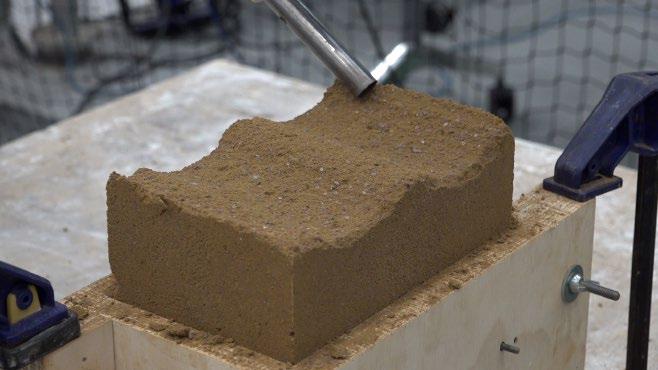
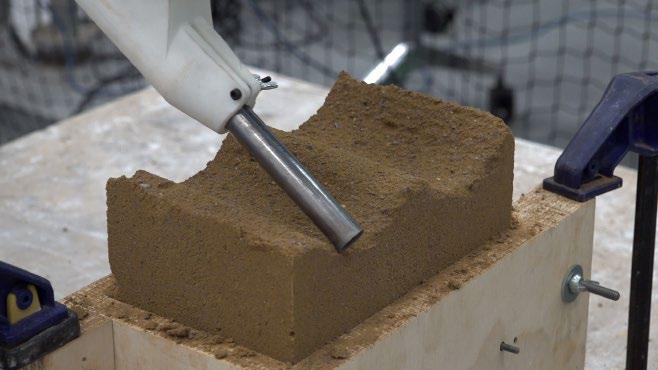

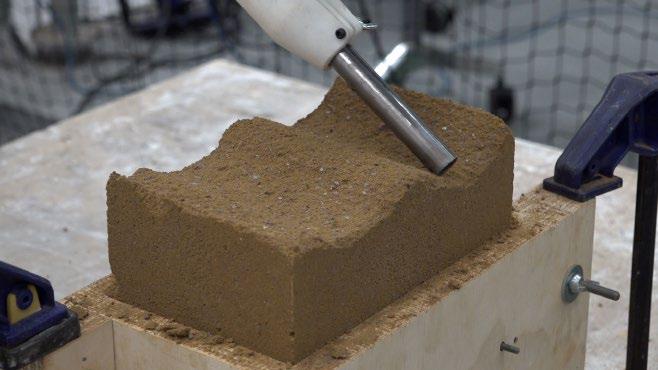
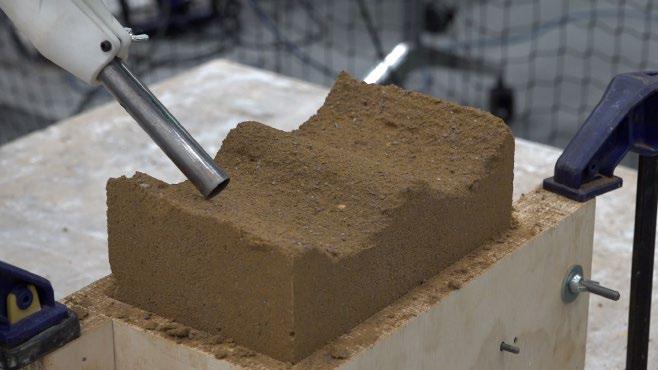
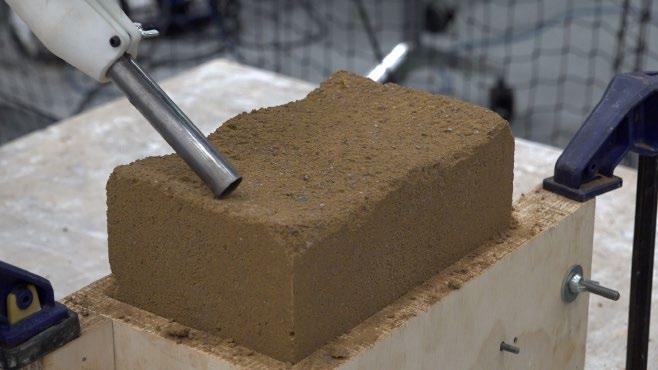
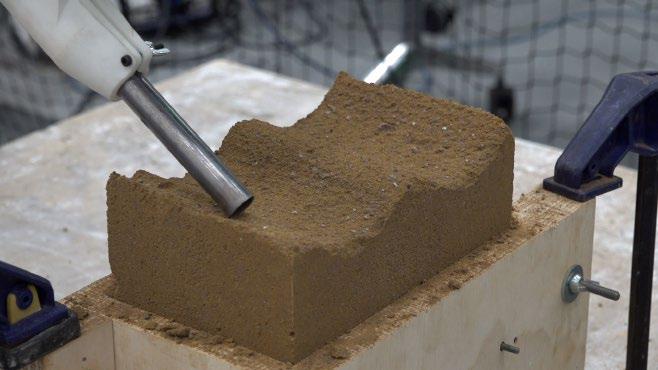
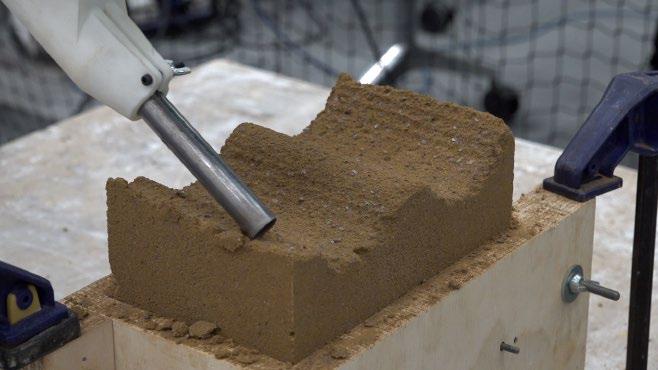
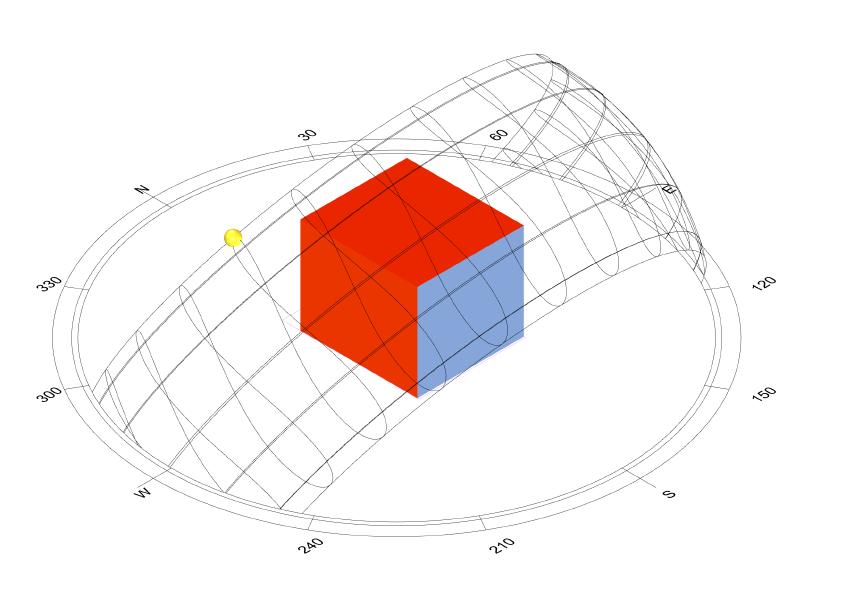
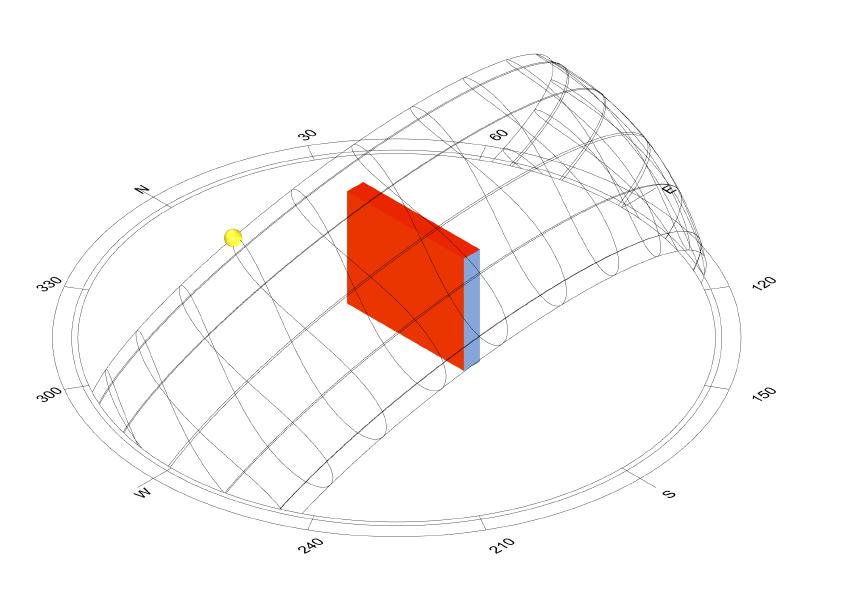
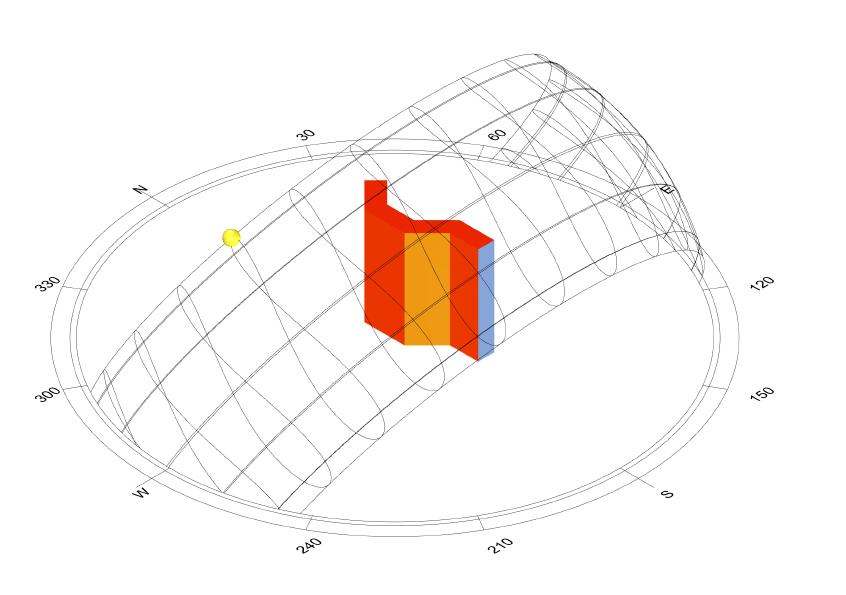
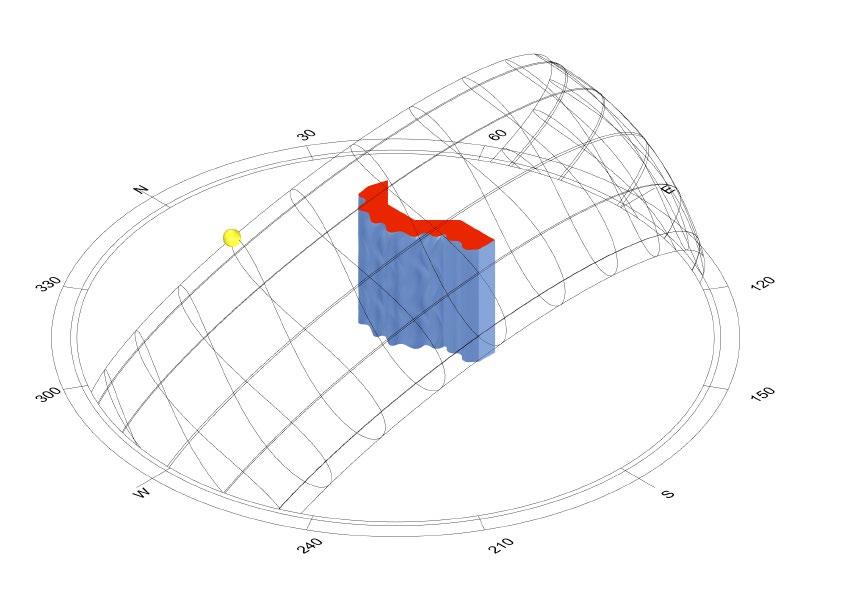
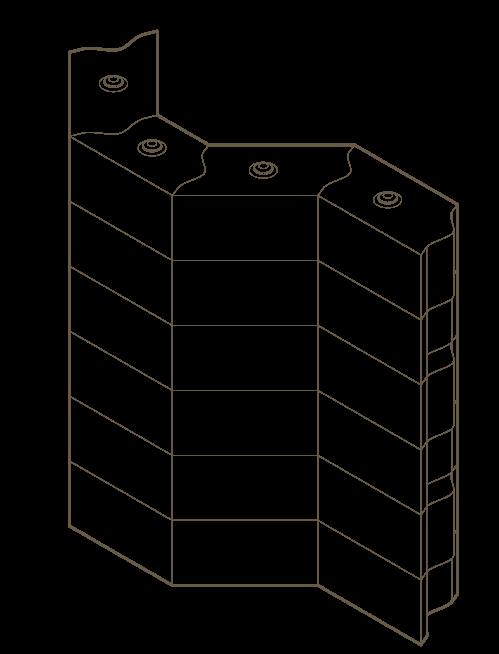
4 types of blocks

8 types of blocks

Bespoke, every block
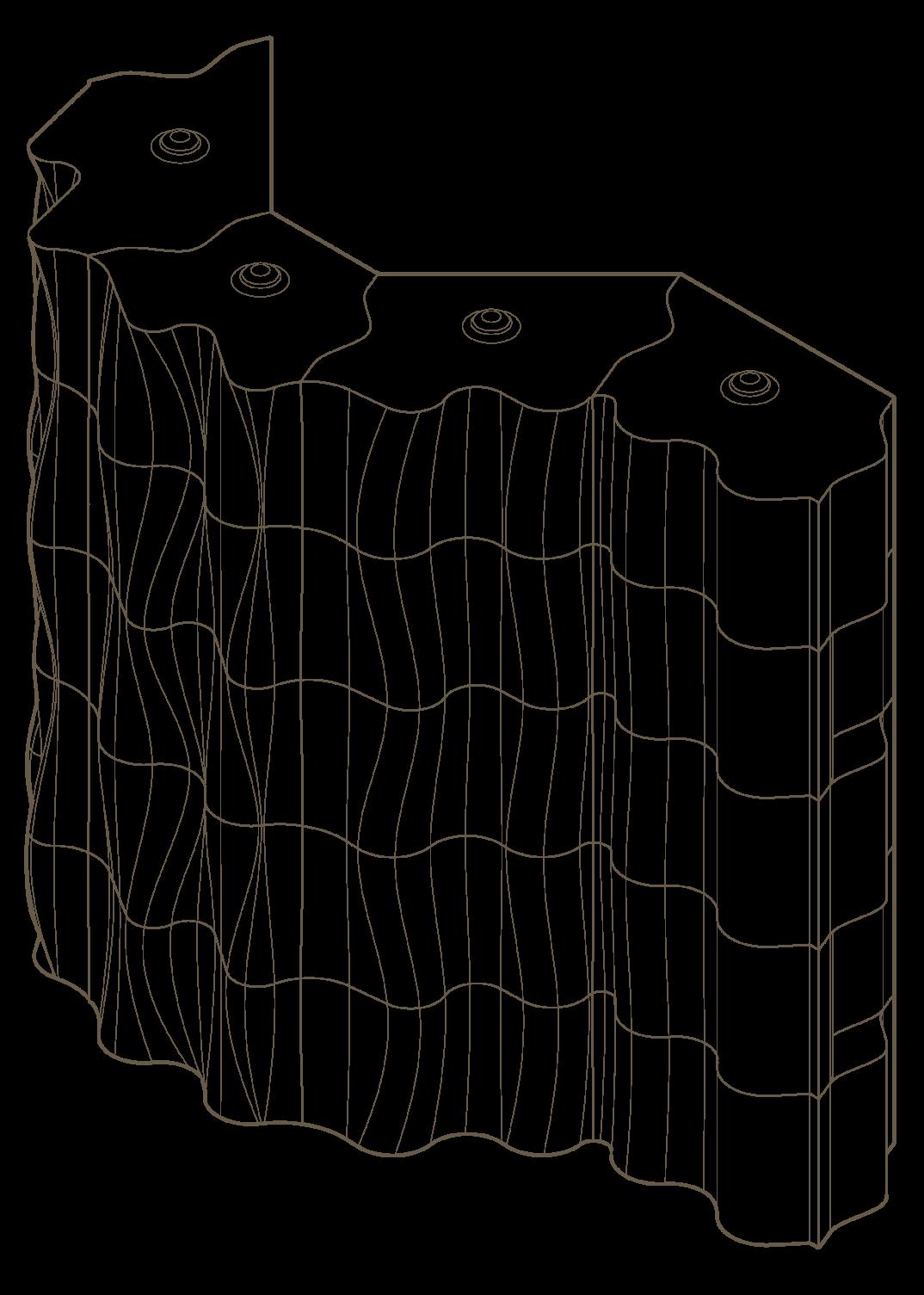
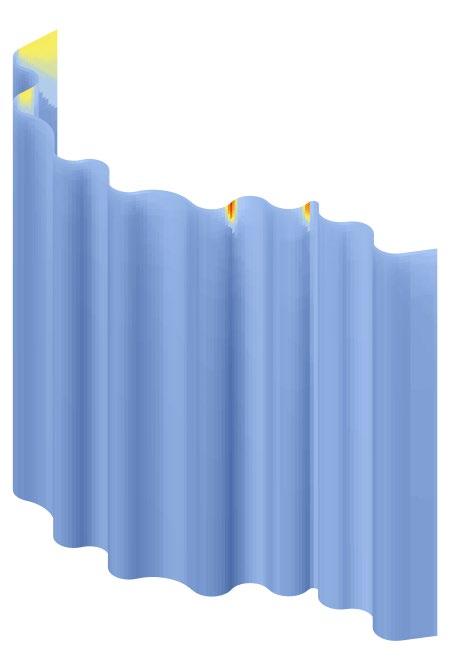
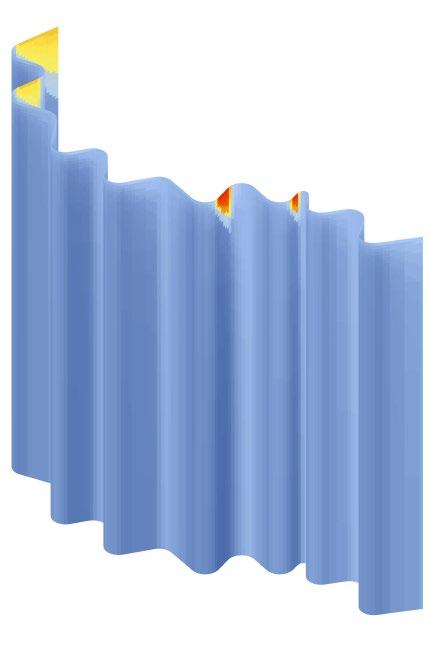
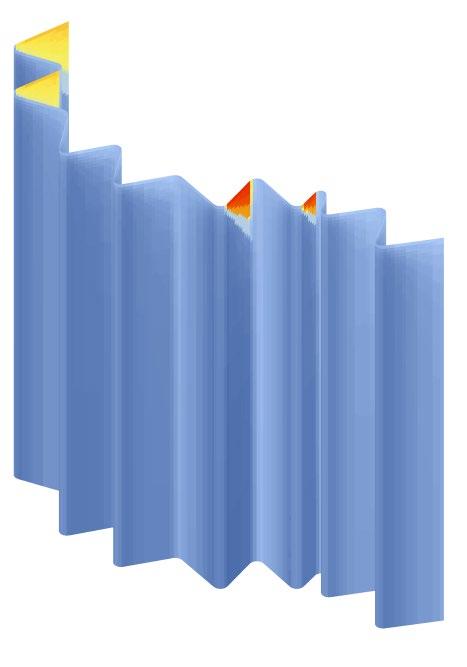
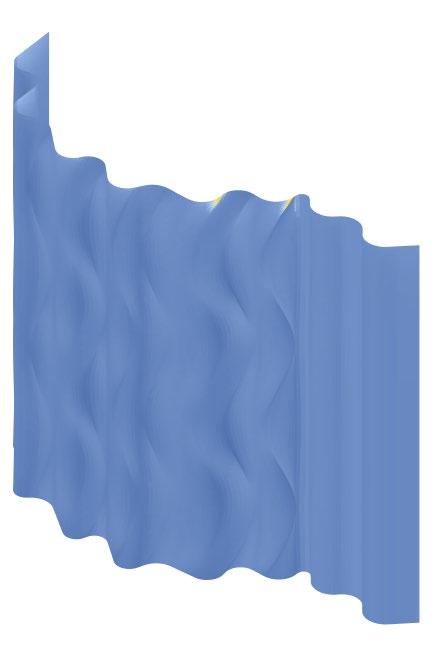
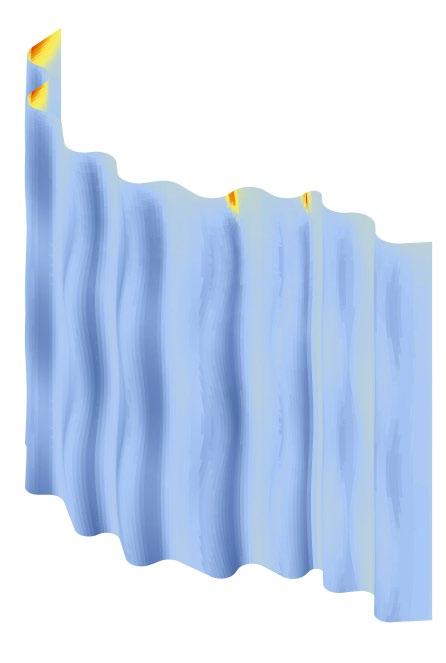
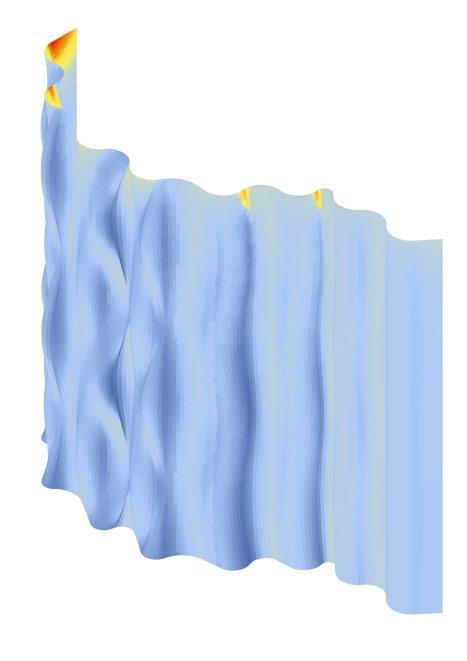
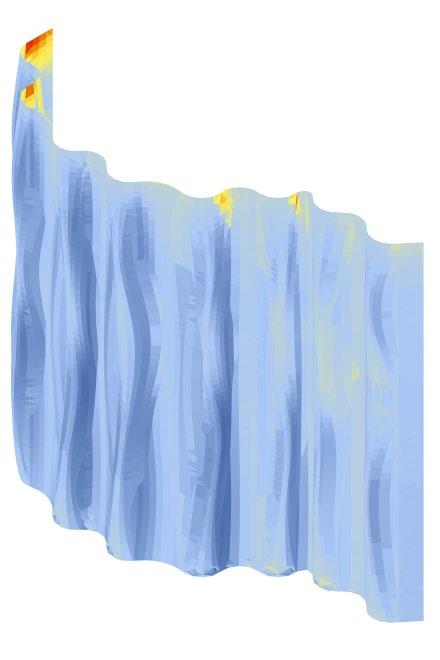
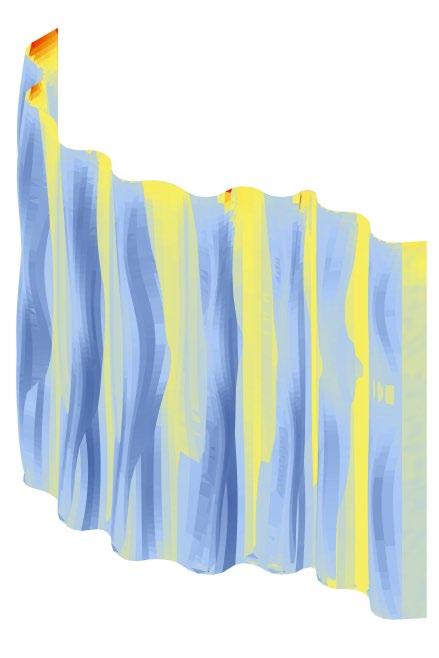
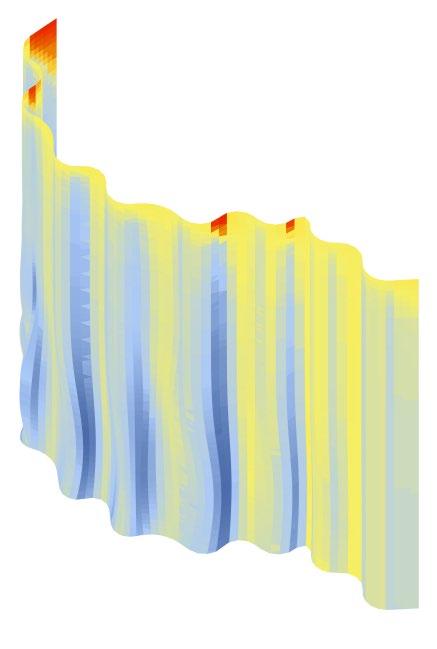
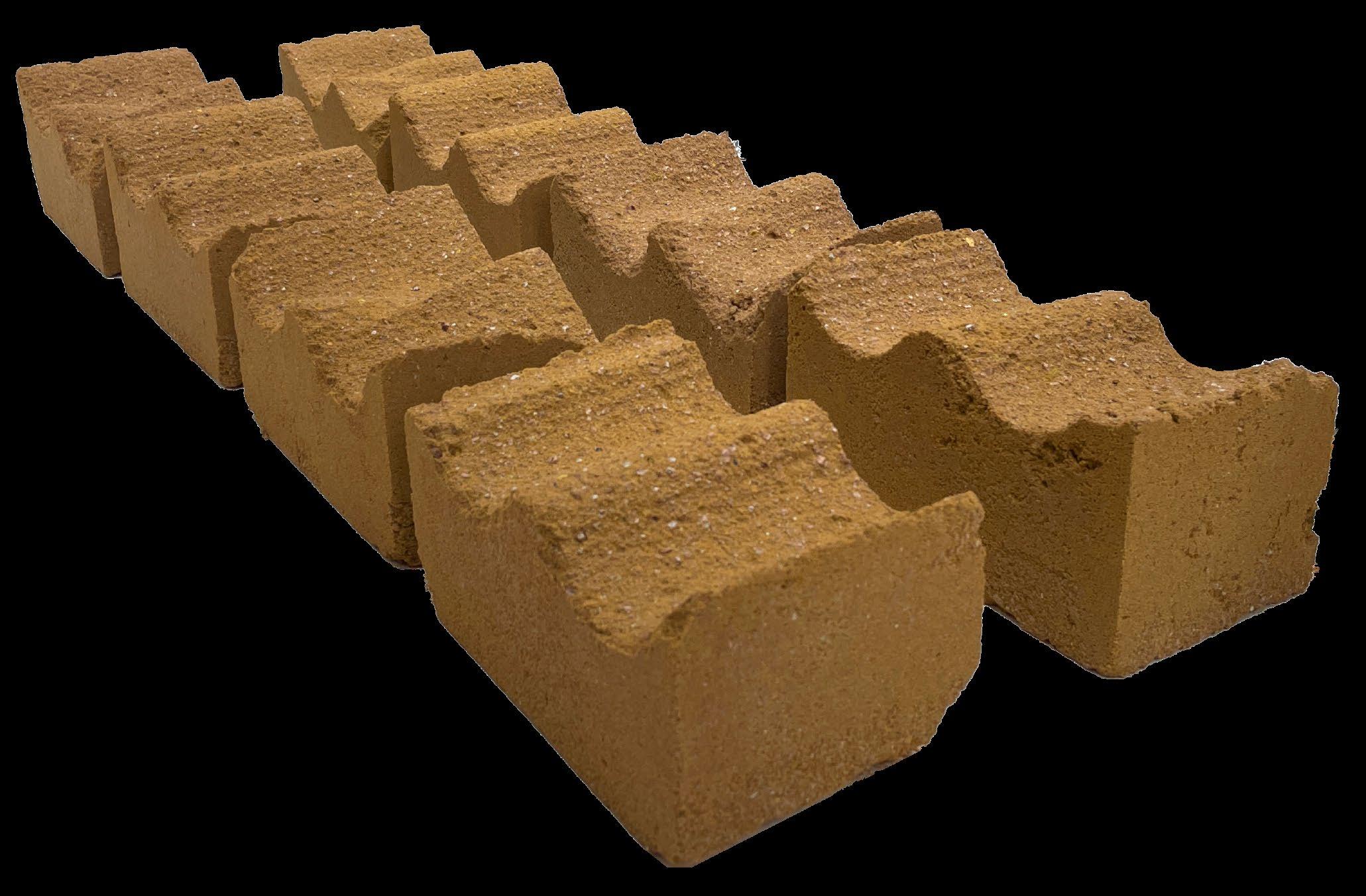
Design considerations–exposure, minimal surface area, and aesthetic appeal.
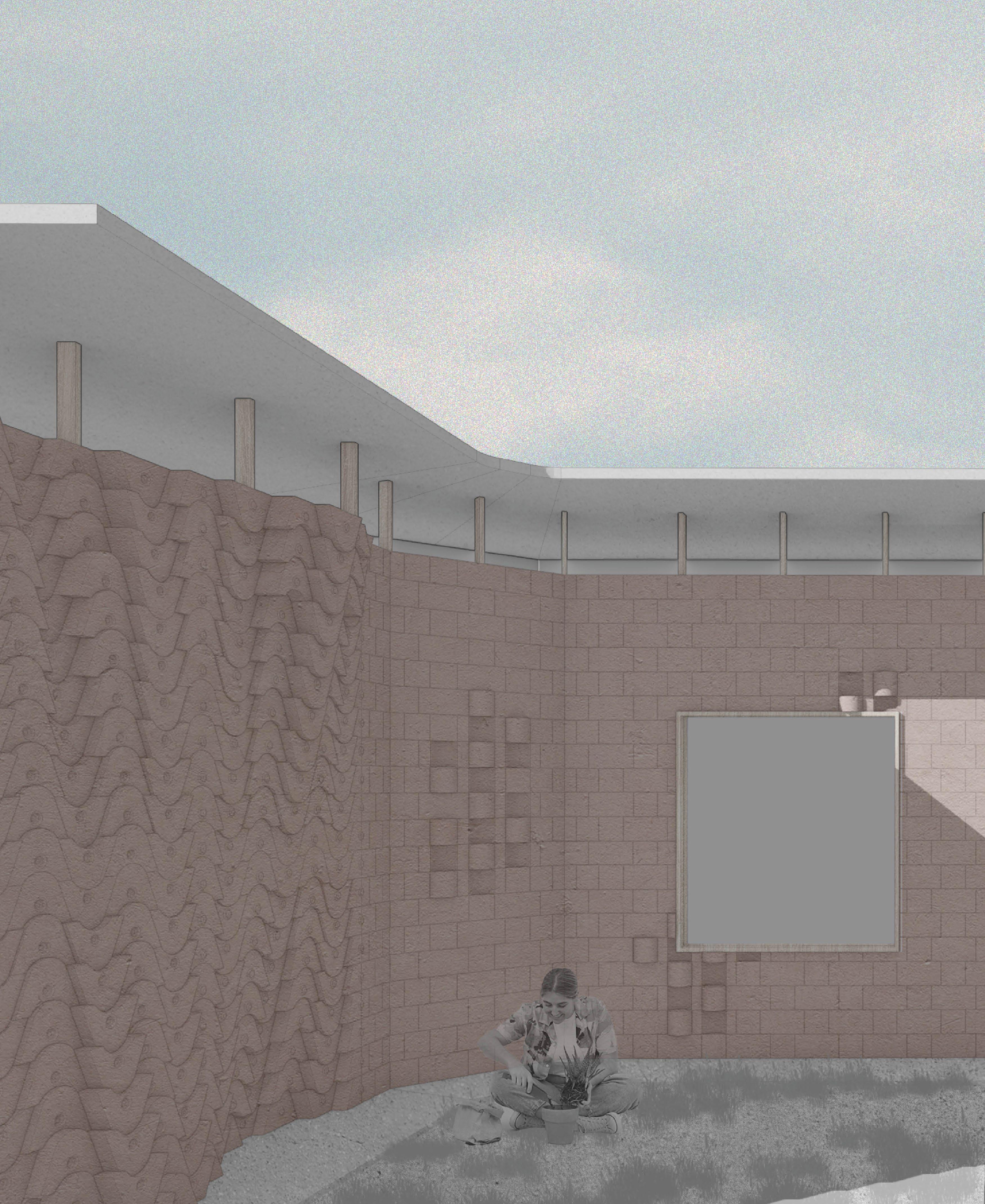
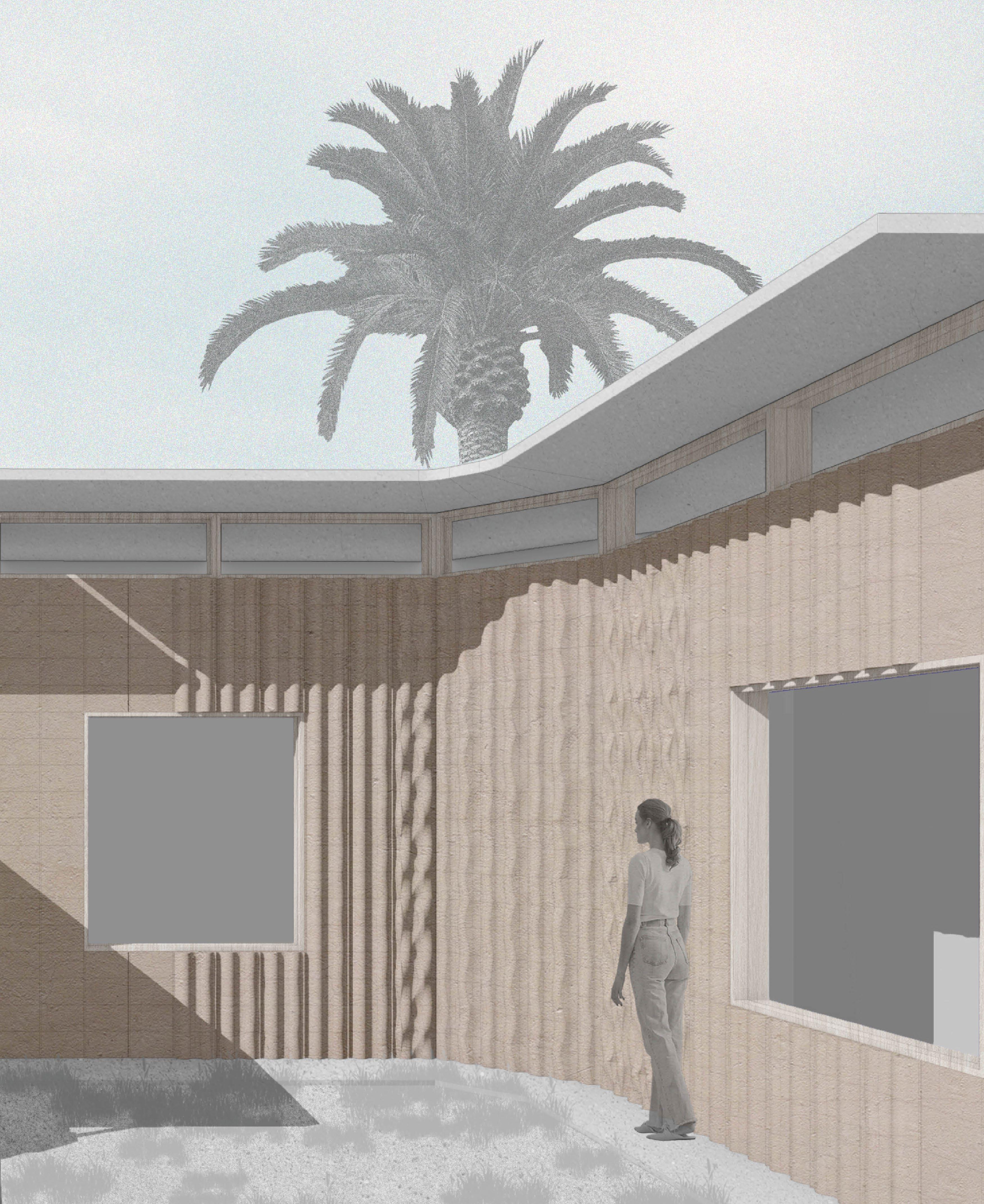
block type 2– bespoke house
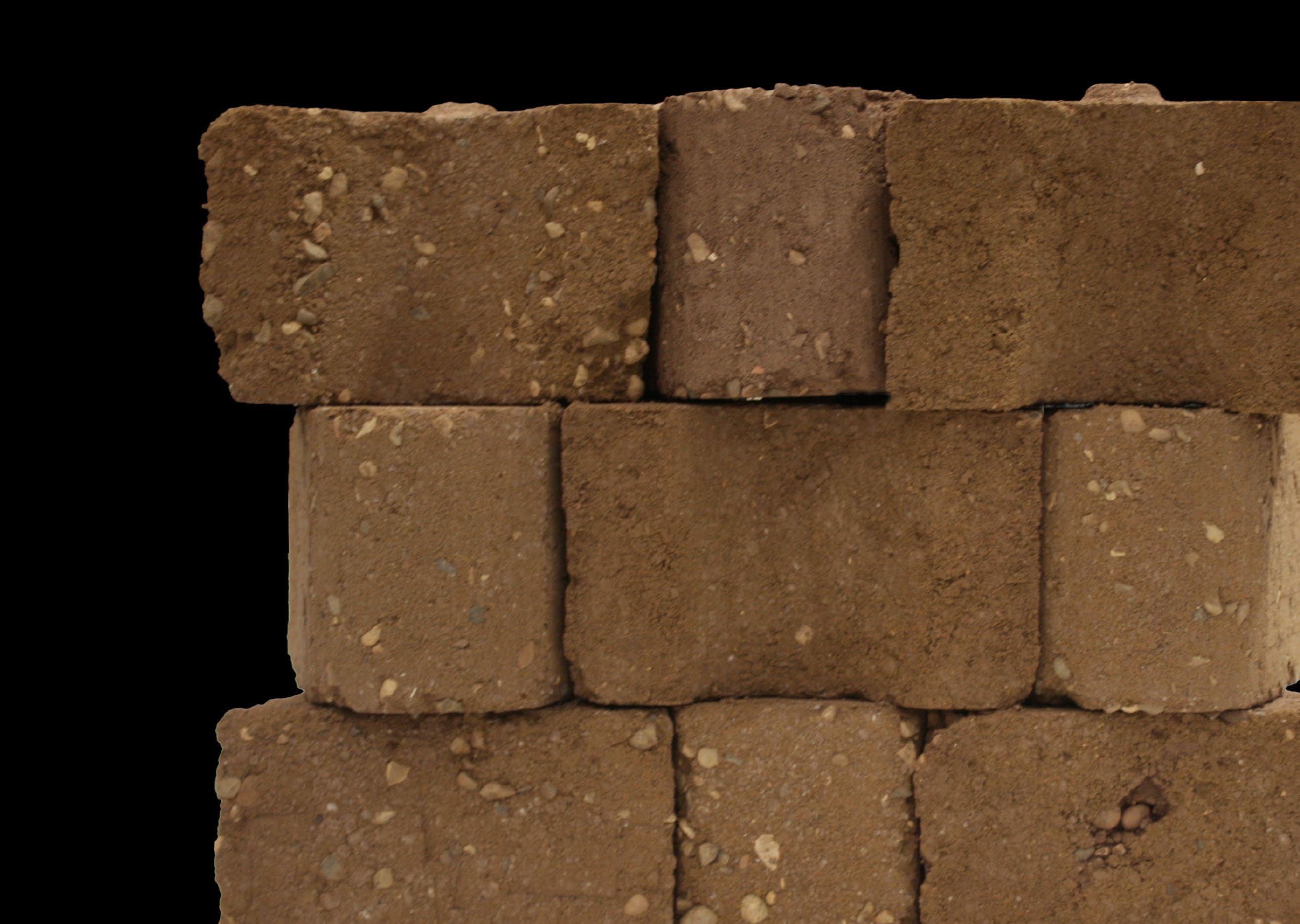
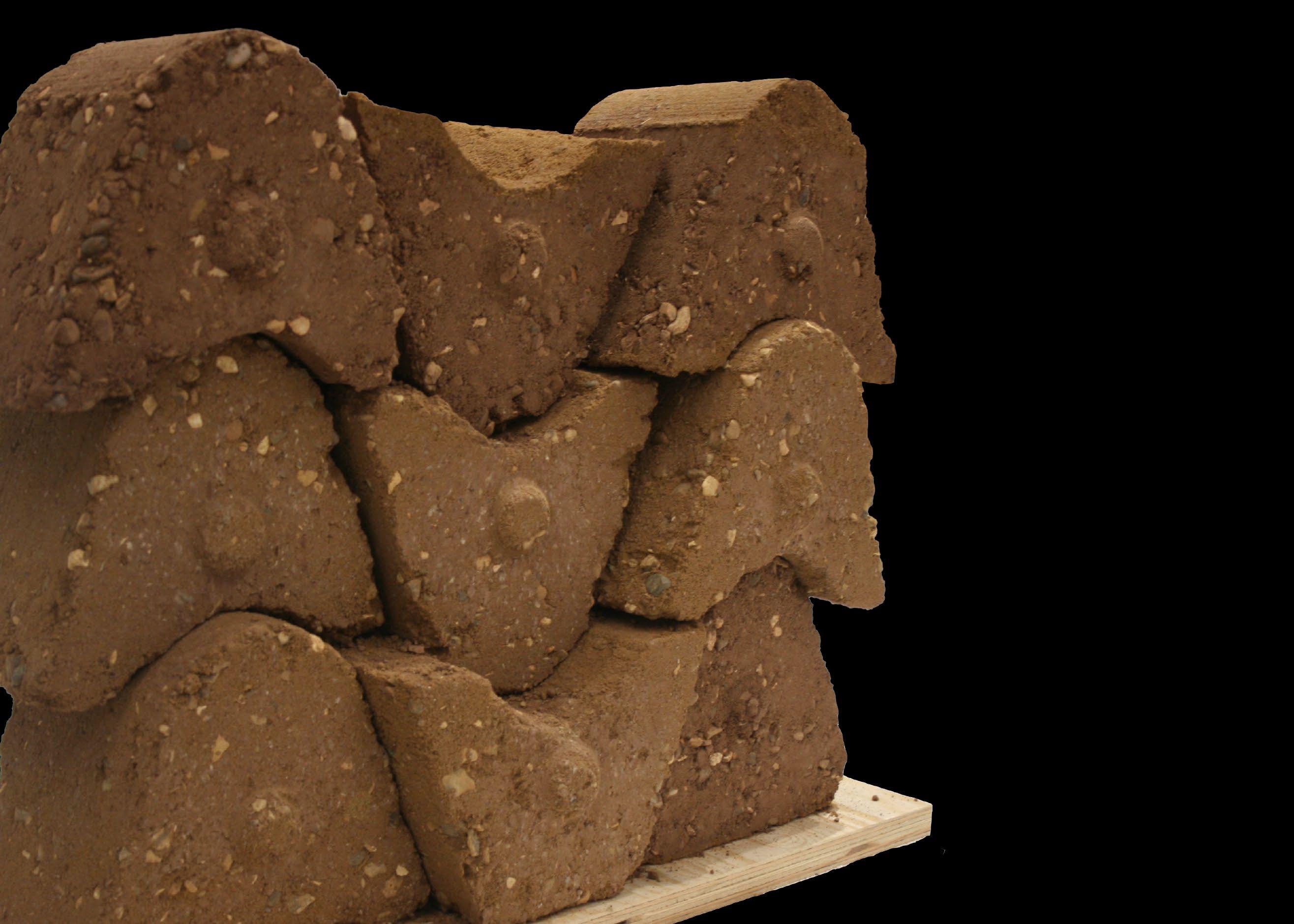
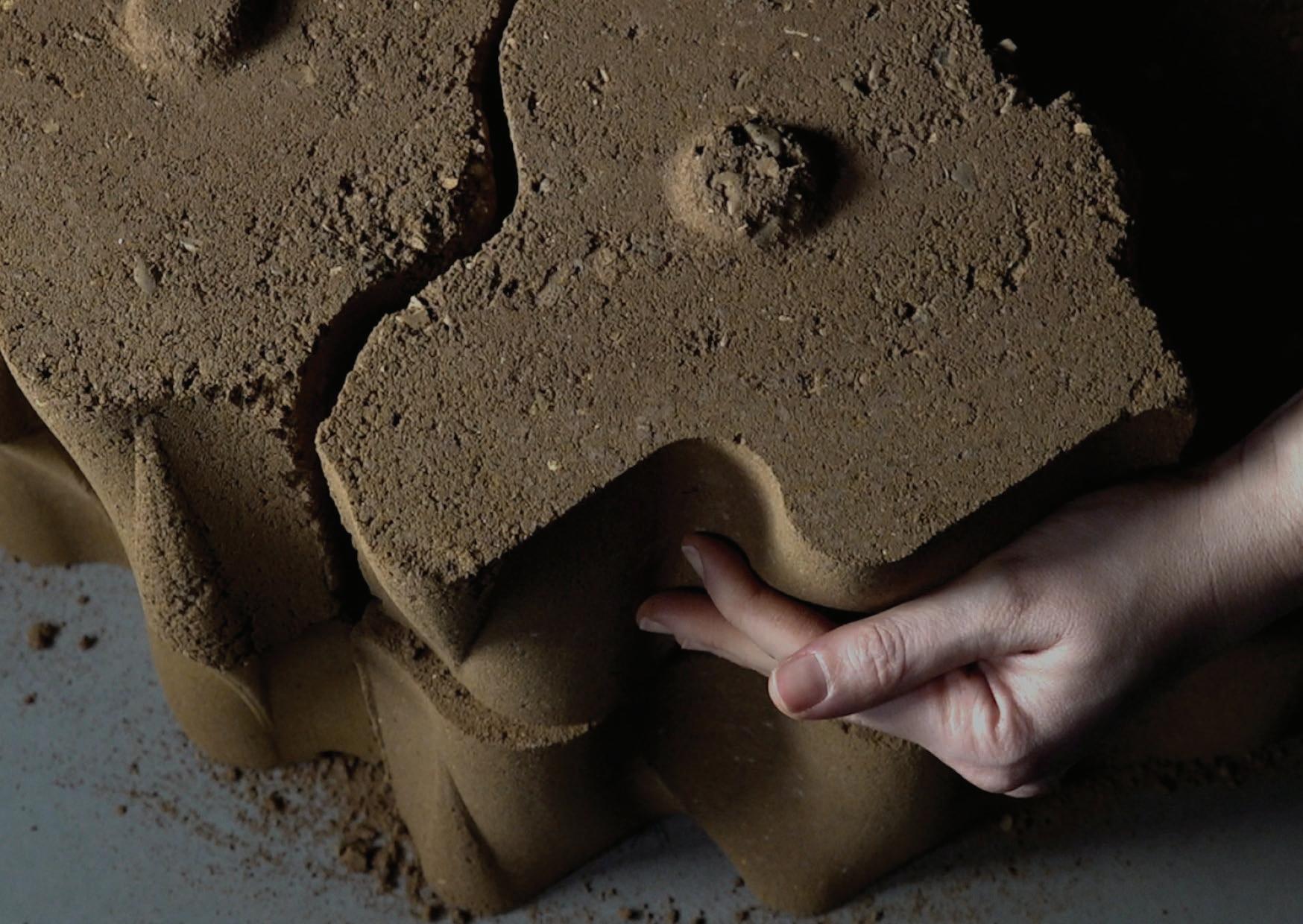
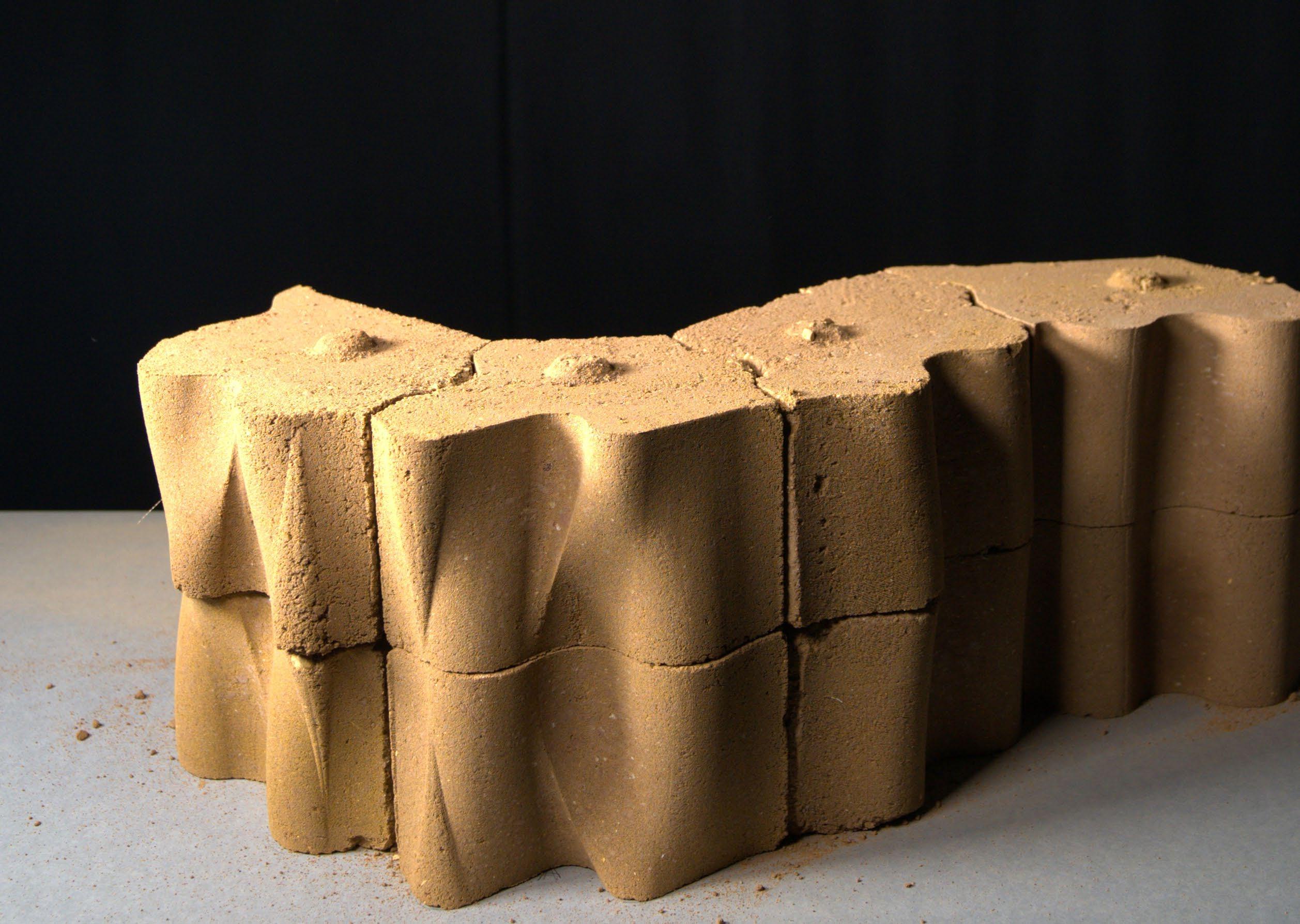
block type 2– bespoke

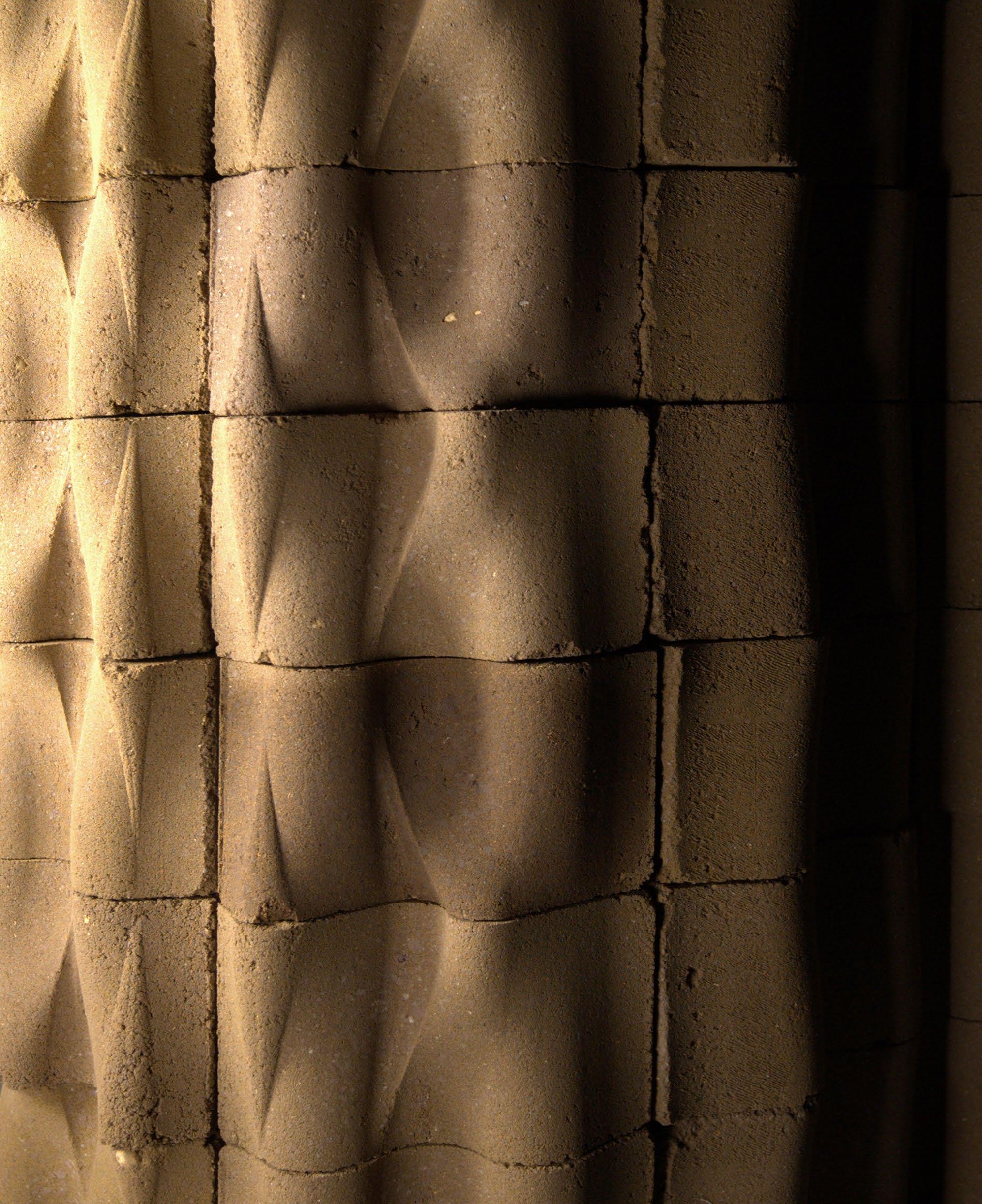
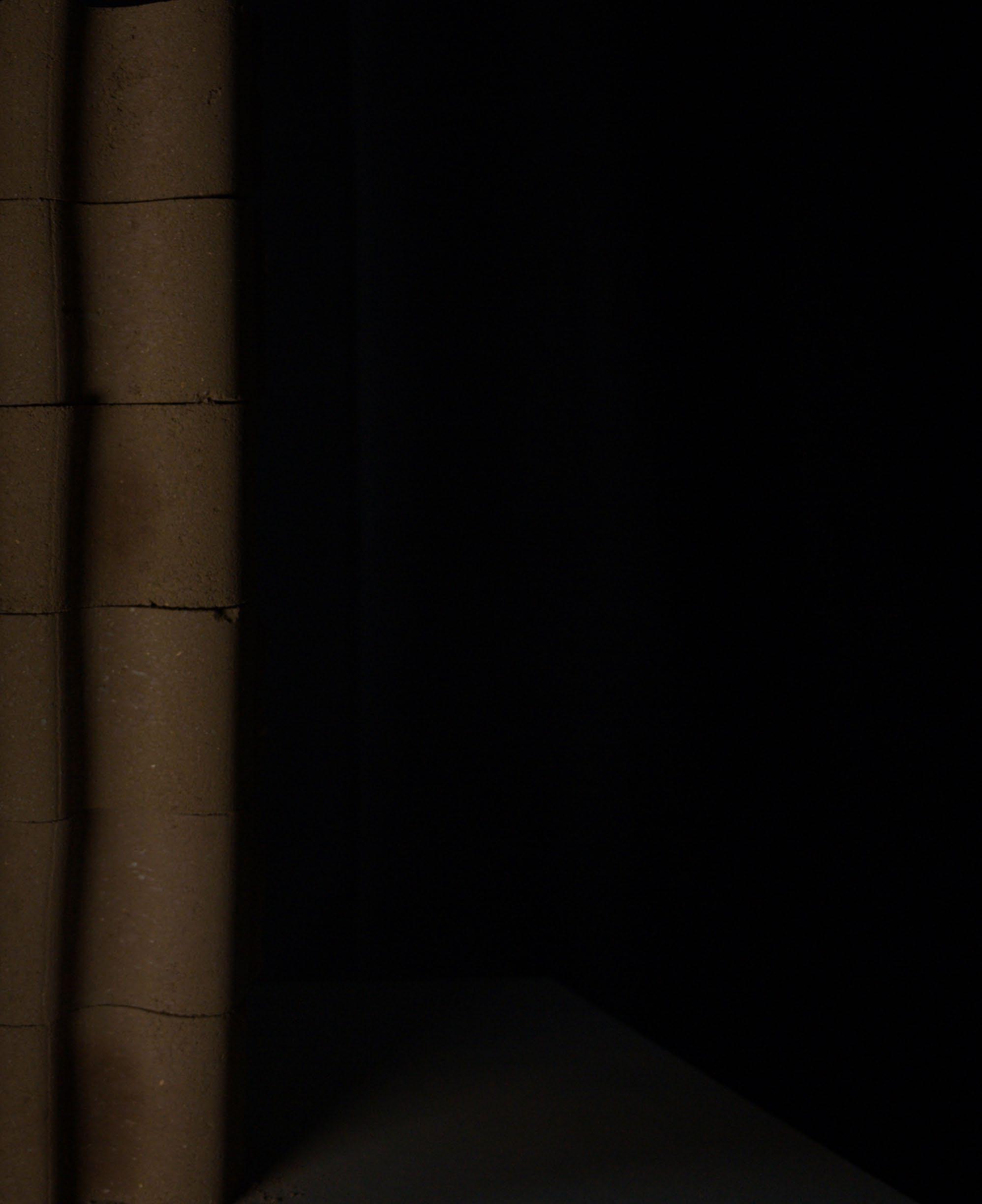
2 House Exhibition
Foresee Architecture & Photography
As Japan's population continues to shrink, the way people live is changing. To meet the needs of the times, an exhibition of homes has been set up at the last train station in Tokyo, located in a remote village.

In the past years, Japan has suffered from demographic post-growth that has had a significant effect on their way of living. As a consequence of decreasing population, we assume that the connection between humans and nature will strengthen, the geographical distances between daily programs will increase, and the feeling of loneliness will intensify. To research the post-growth effect in its radical form traveling to the last train station in the village Kazusa-Kameyama was necessary. In a clearing 2 km from the last stop, an exhibition of houses suitable for the post-growth era are presented.
The houses design emphasizes on sustainable architecture, blurring parcel boundaries and the connection between the interior and the exterior. The choice of location for the exhibition illustrates the transition from the urban environment to nature gradually - from the city to the suburbs and finally to nature. Collaboration with Rachel Kosman.
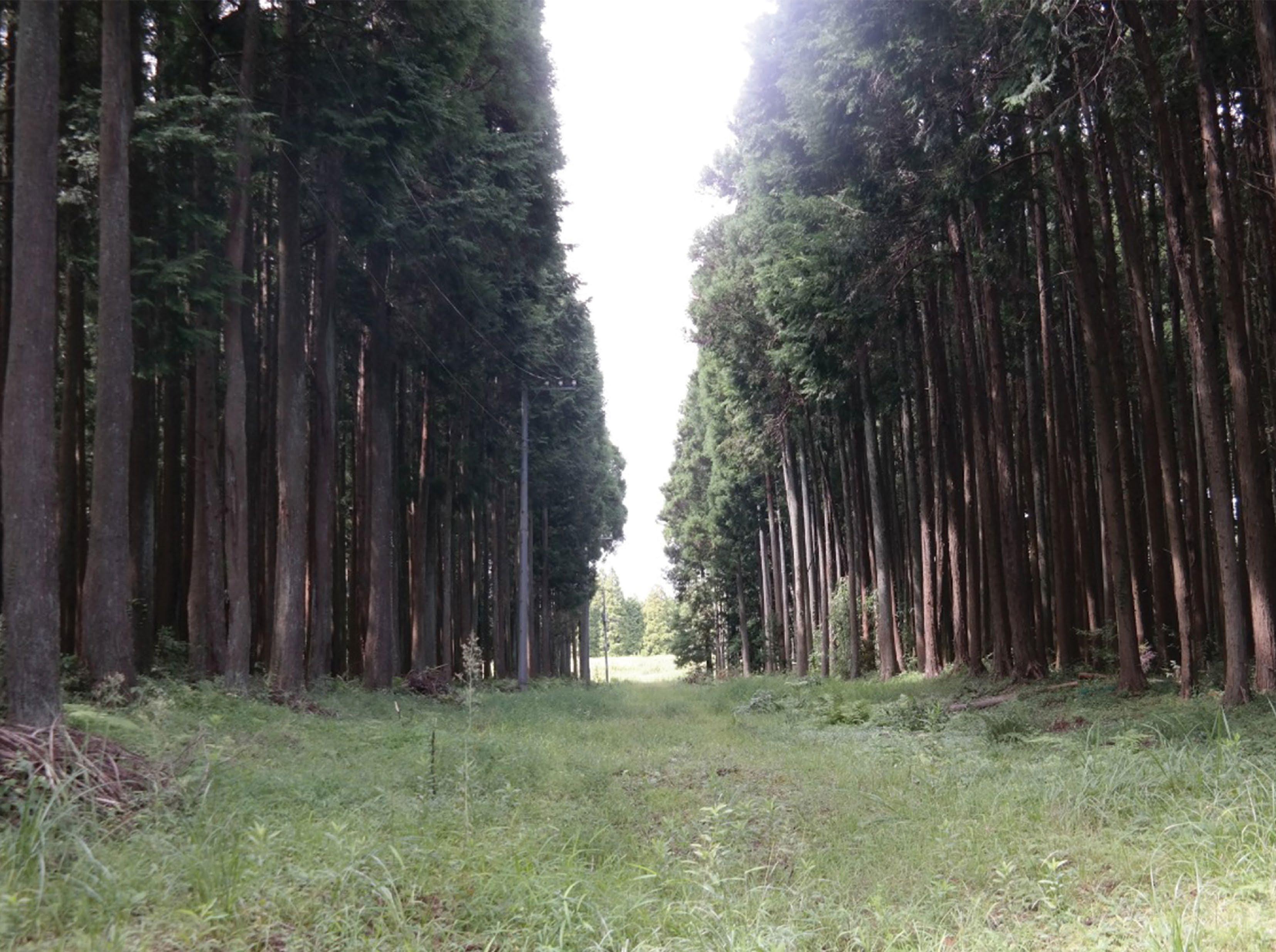
In proximity to the last train station, this path through nature leads to the house exhibition

A panoramic view of the clearing
1 I live in this city, TOKYO!
the journey from tokyo to the last train station
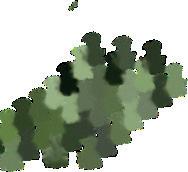
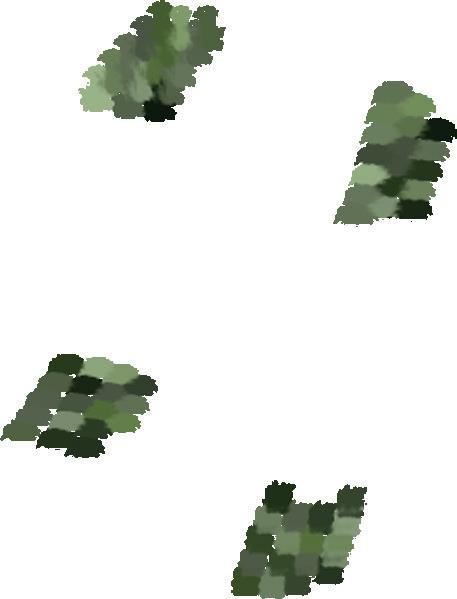
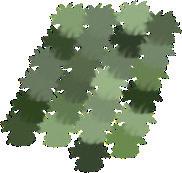
2 In recent years the population has been shrinking. One out of ten houses remain abandoned
In recent years the population has been shrinking. One out of ten houses remain abandoned.
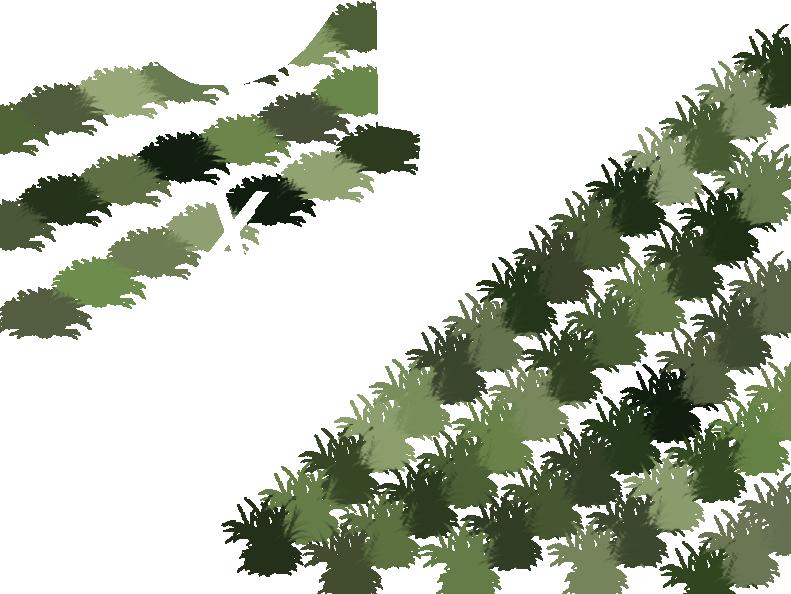

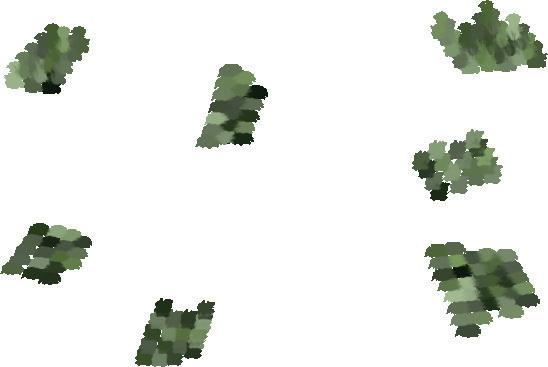

6. The village is a low-tech example of how the city would appear in the near future
images from the village of the last train station
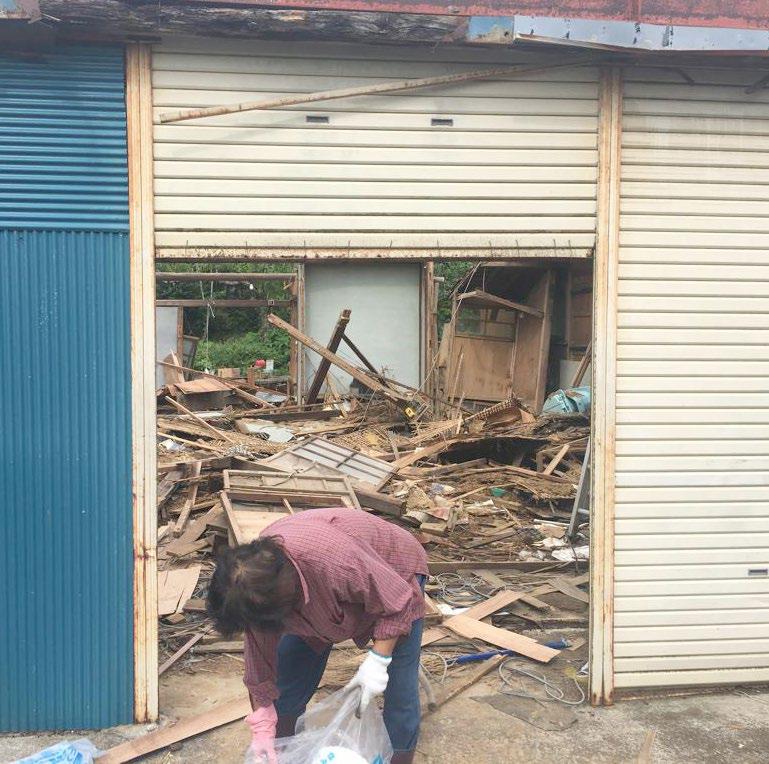
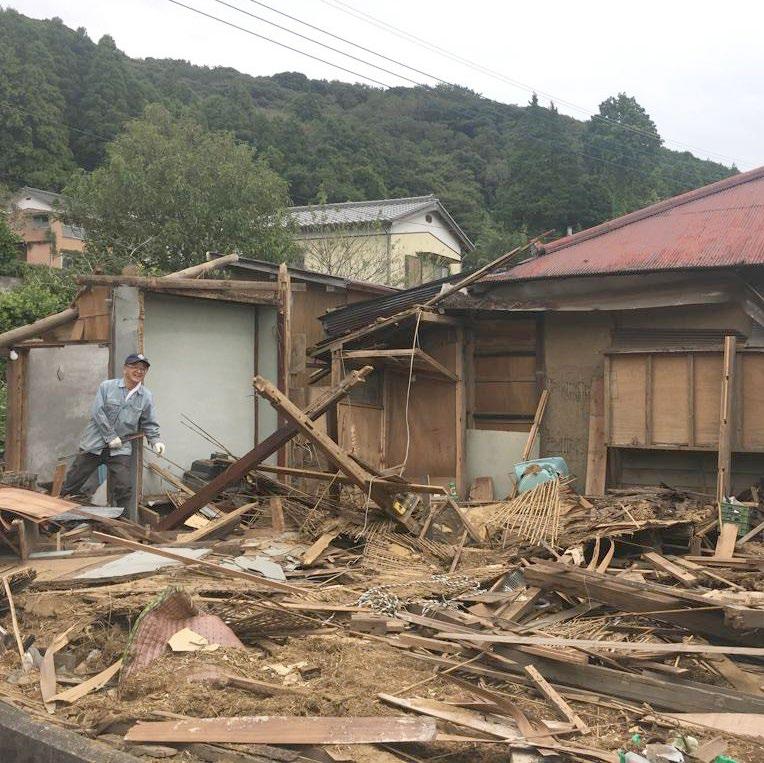
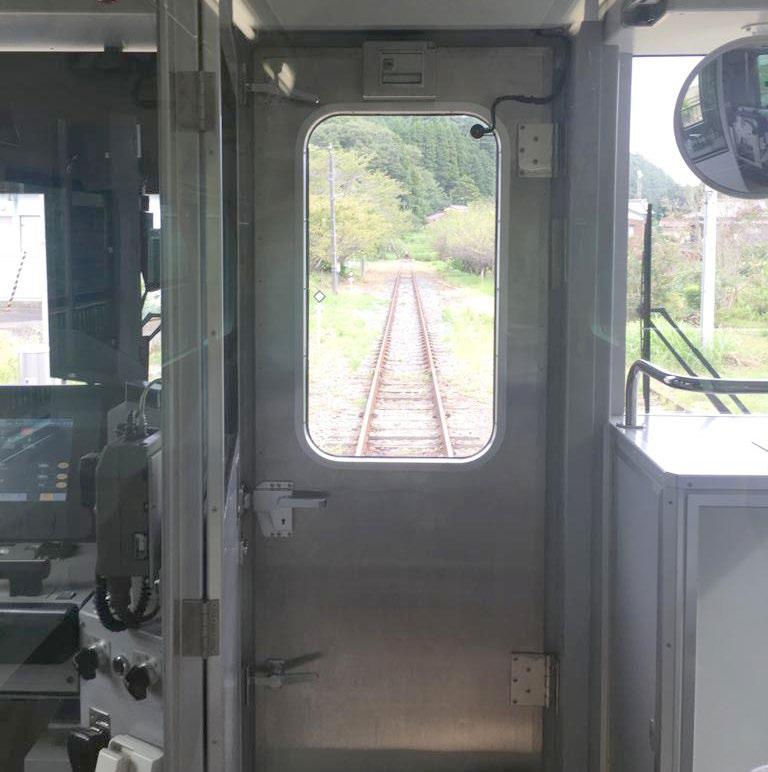
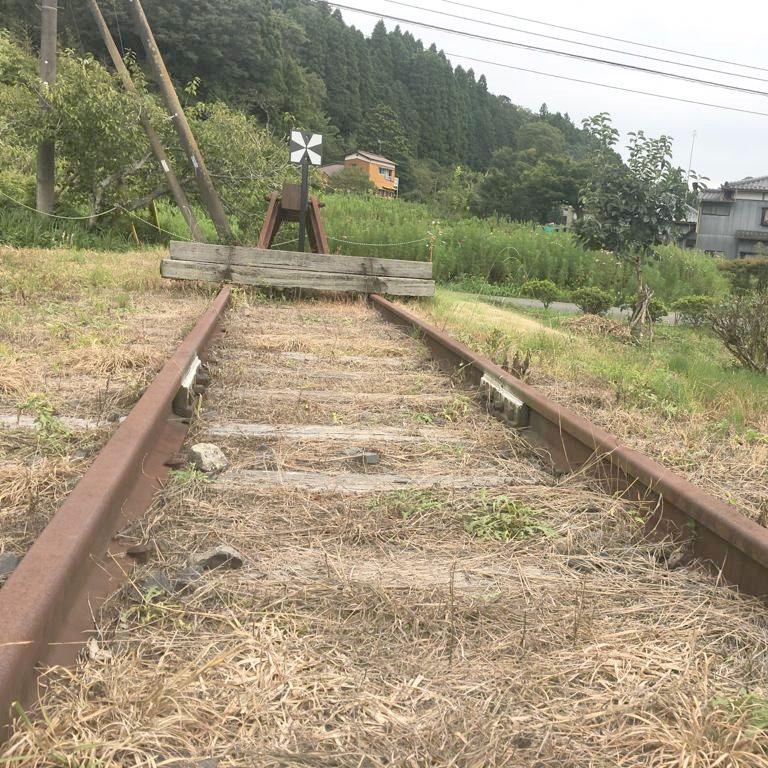
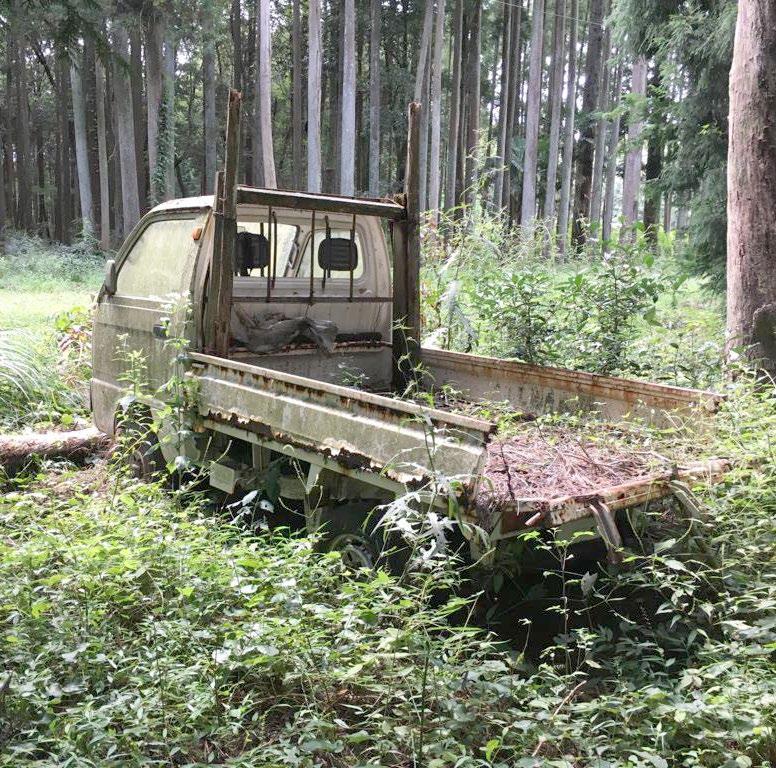
the future of post growth, an abandoned vehicle in the exhibition plot

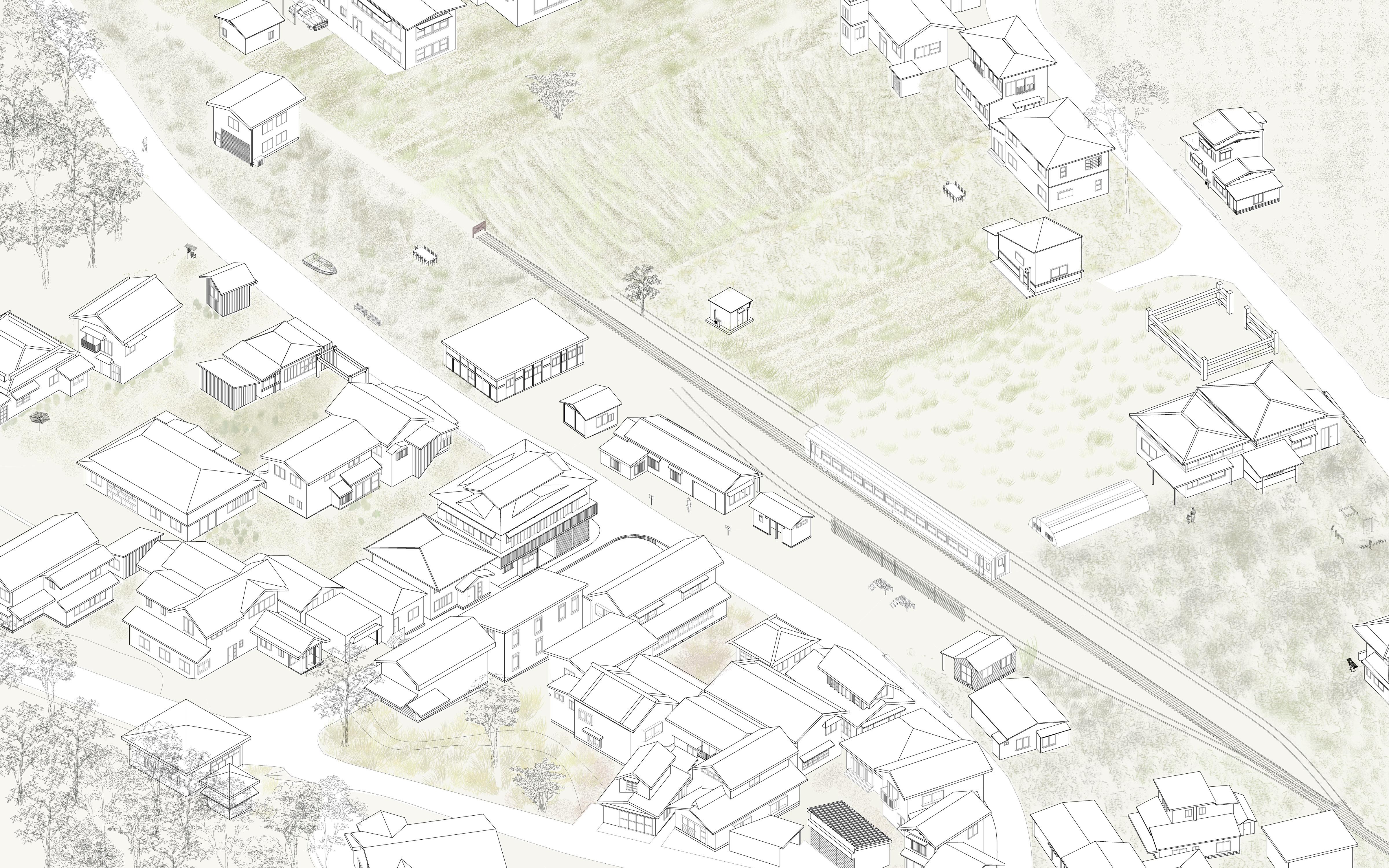

one house for living and the other for leisure and work
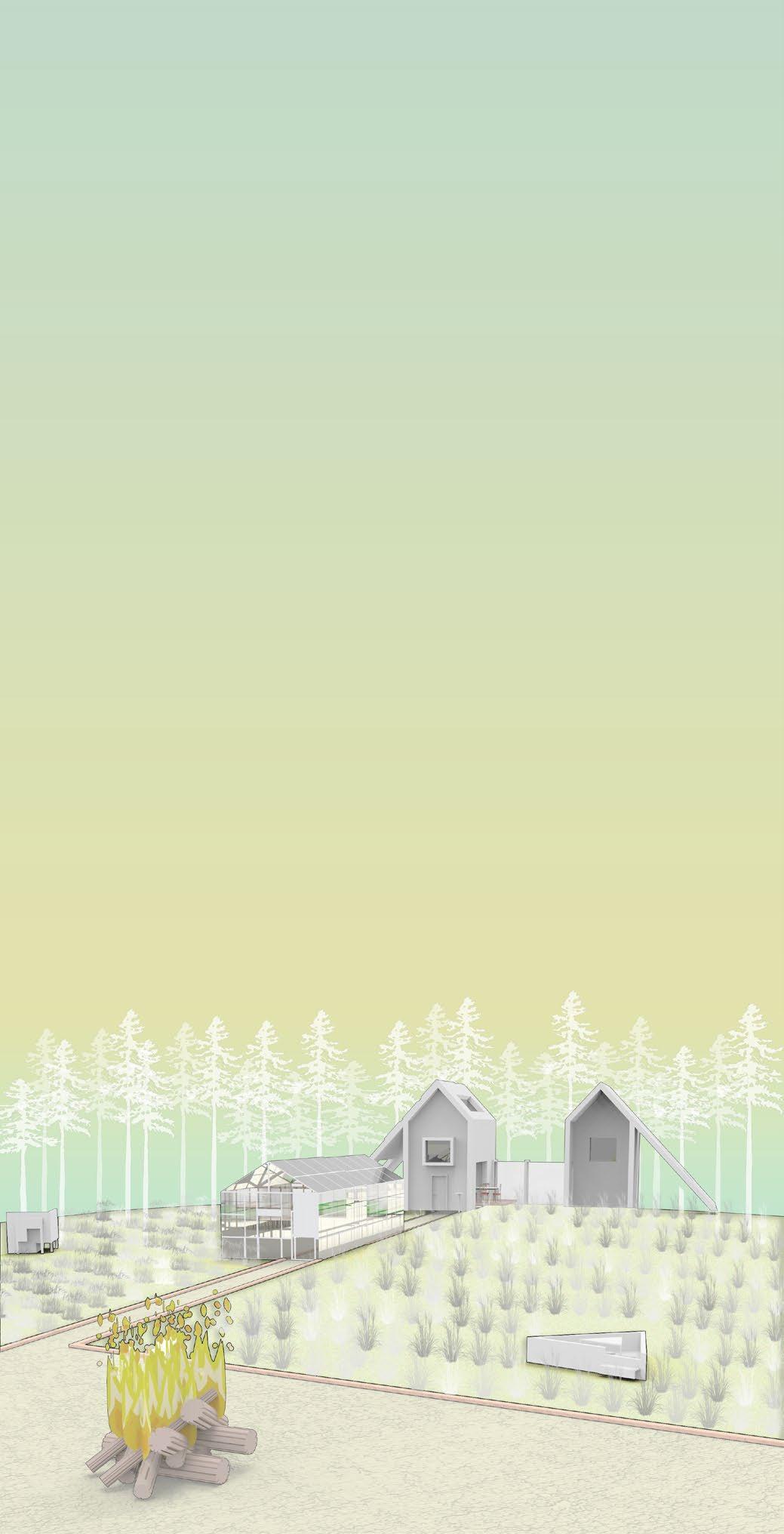

a house for every period in life, for all generations

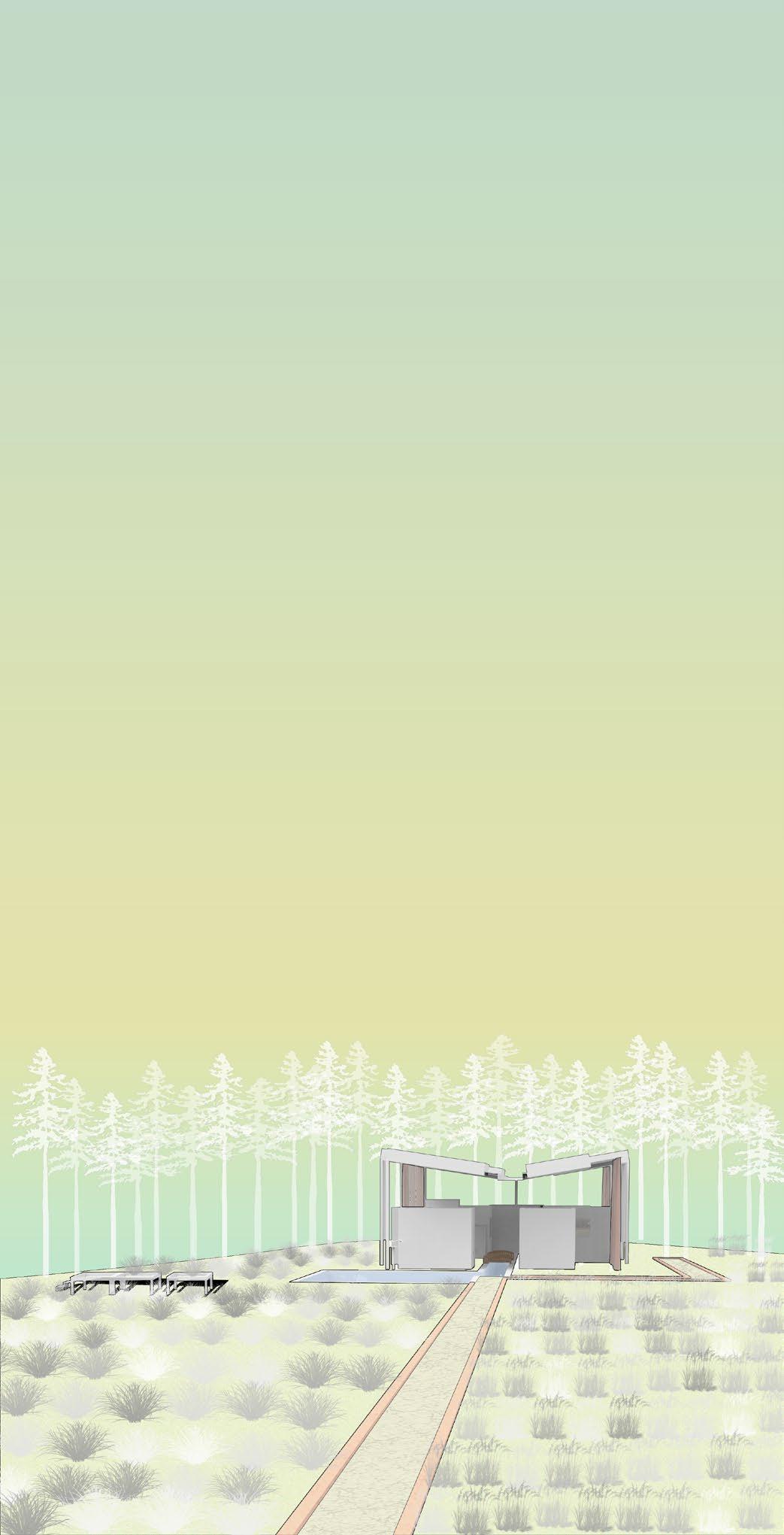
a self sustained house
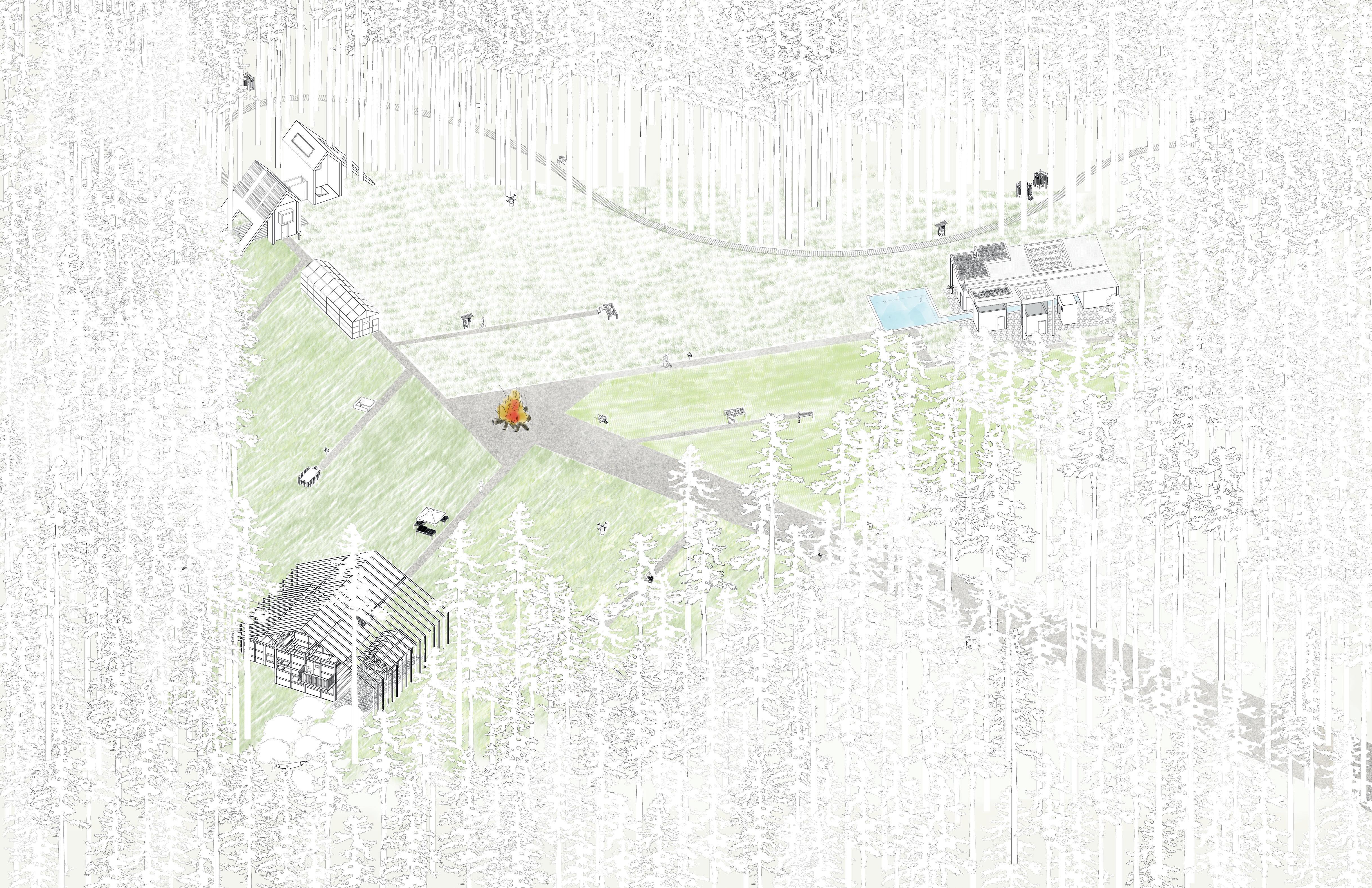

3 Printed Facade
Clay printing
Exploring the limitation and potential of 3D printed elements in architectual design
Initial testing revealed the visual boundaries of the design, highlighting the differences in appearance between PLA printing and the adjustments required in clay printing to achieve a similar aesthetic. The tool paths of the prints were quite prominent, but a simple design manipulation—creating vertical paths—helped blur and soften their visibility.
Next, a test explored how parametric clay-printed “tiled” elements could form a façade system that reduces direct sunlight. In this system, the openings vary in width based on solar radiation intensity: as radiation increases, the X-shaped elements feature narrower openings to provide greater shading.
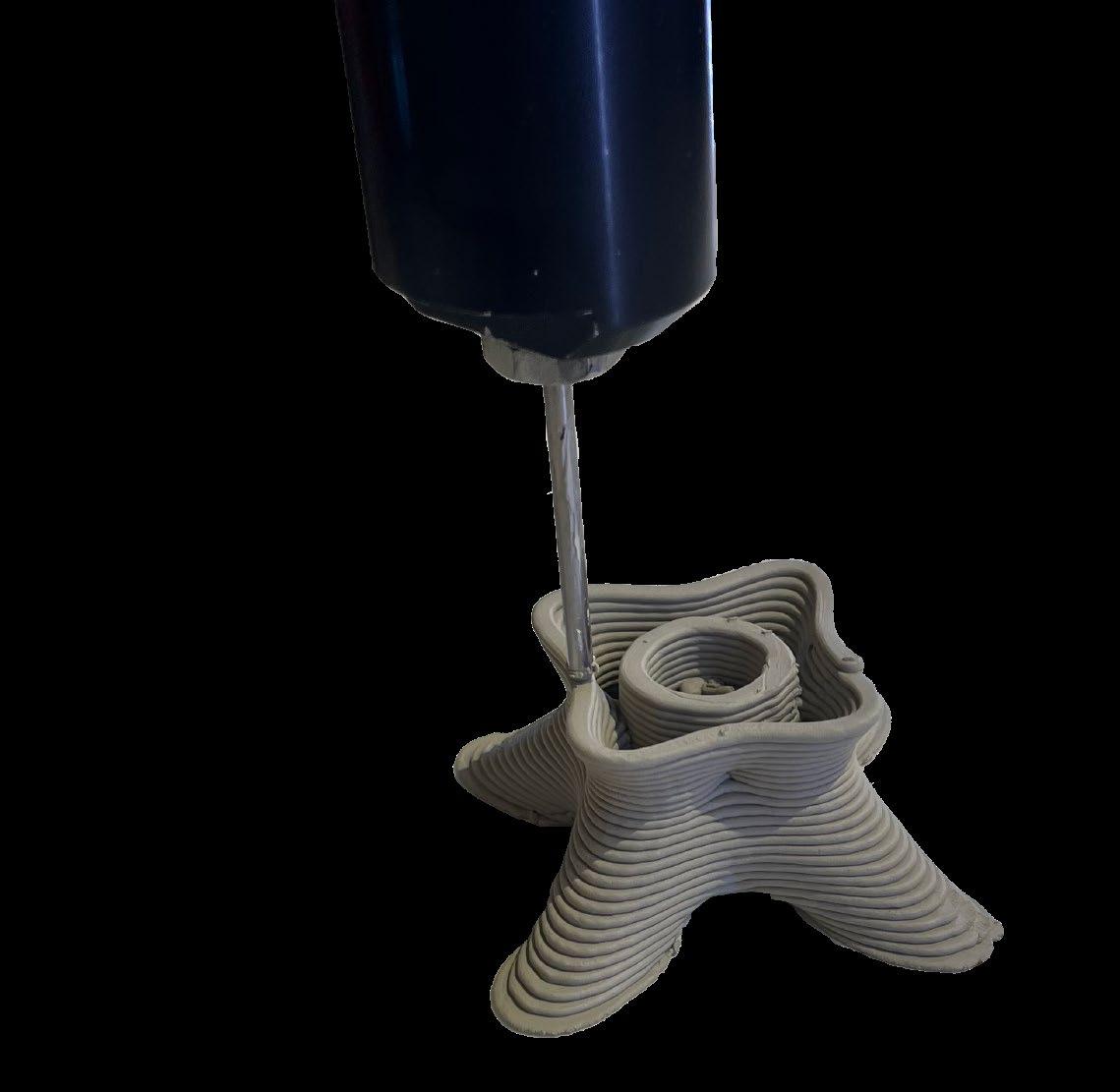
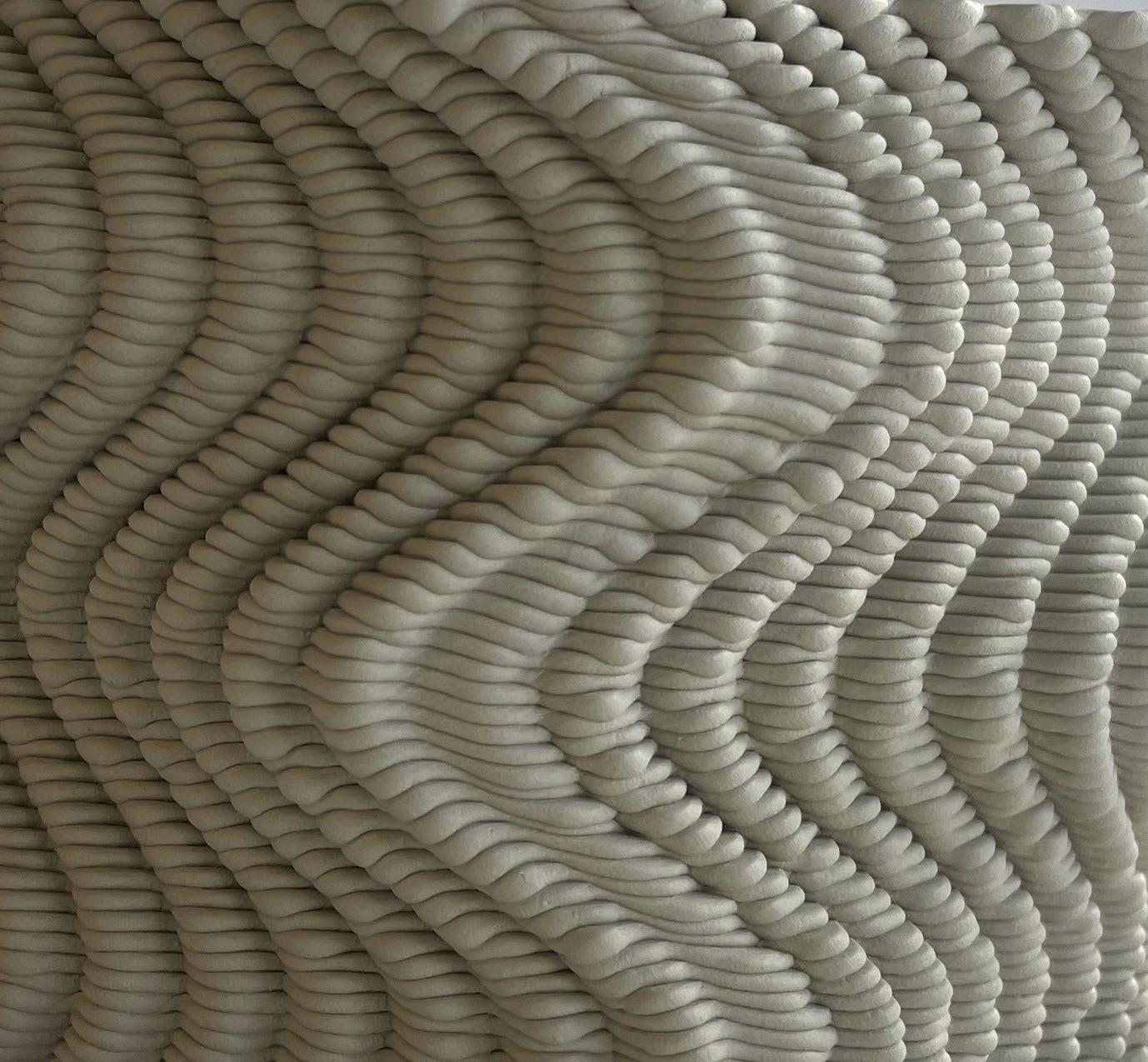
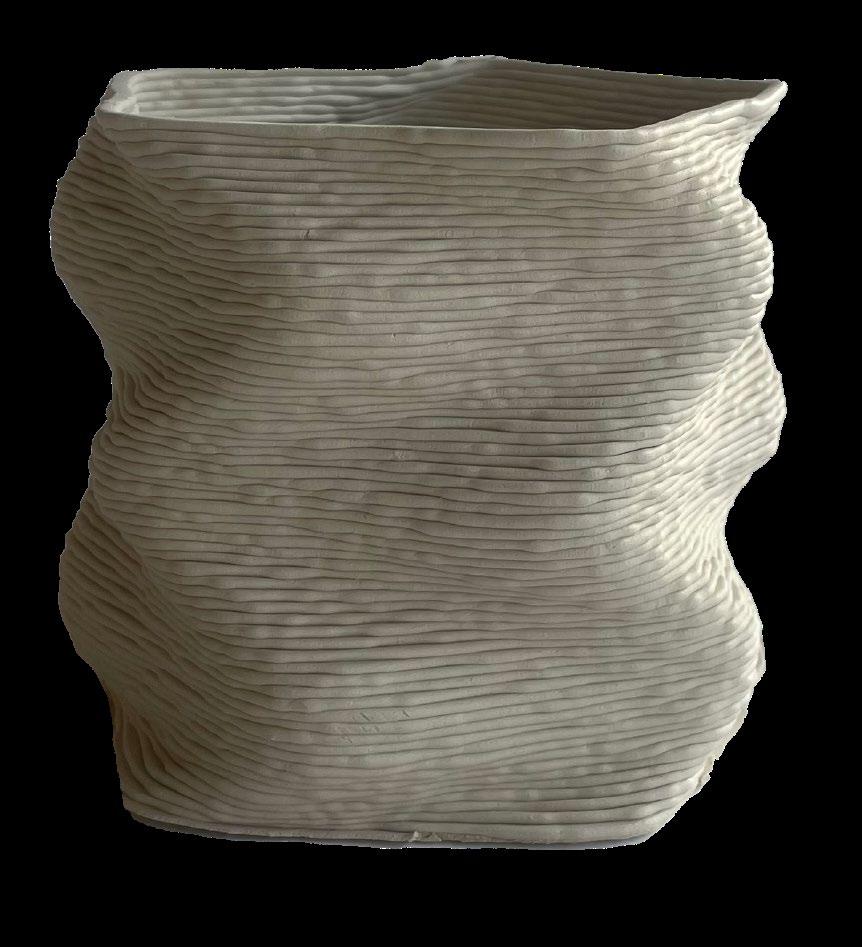
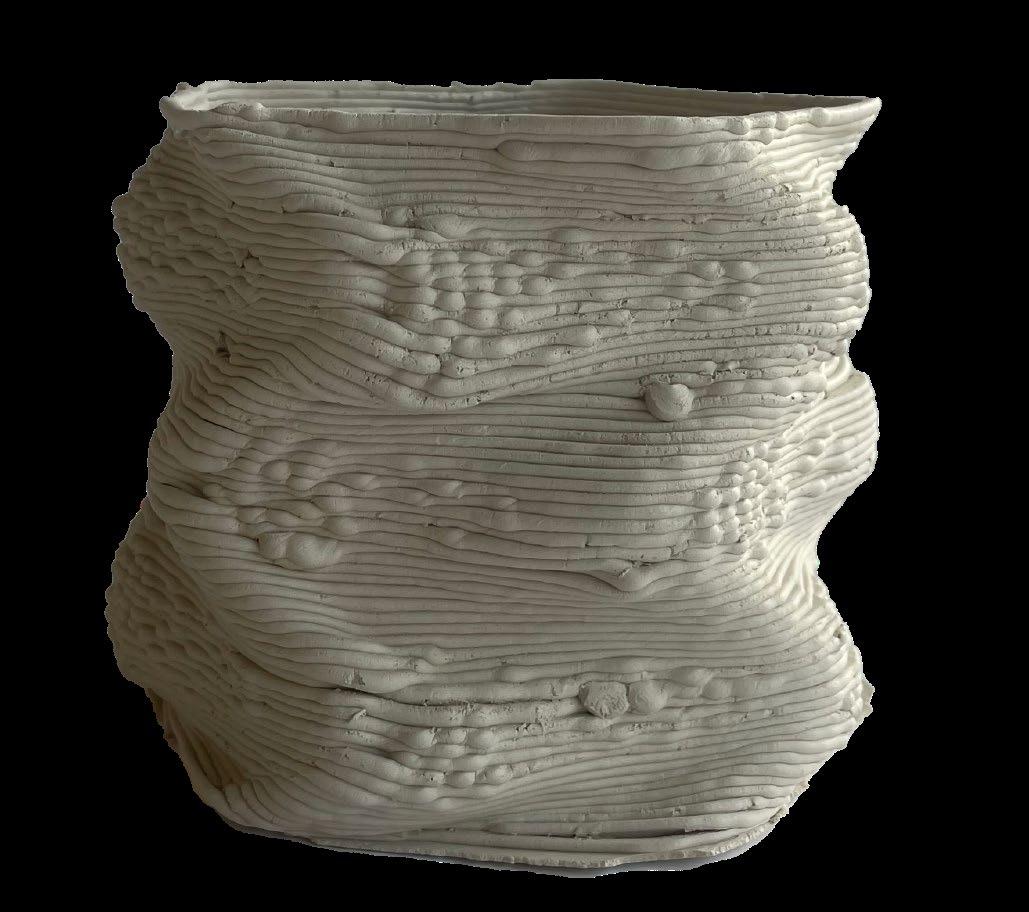
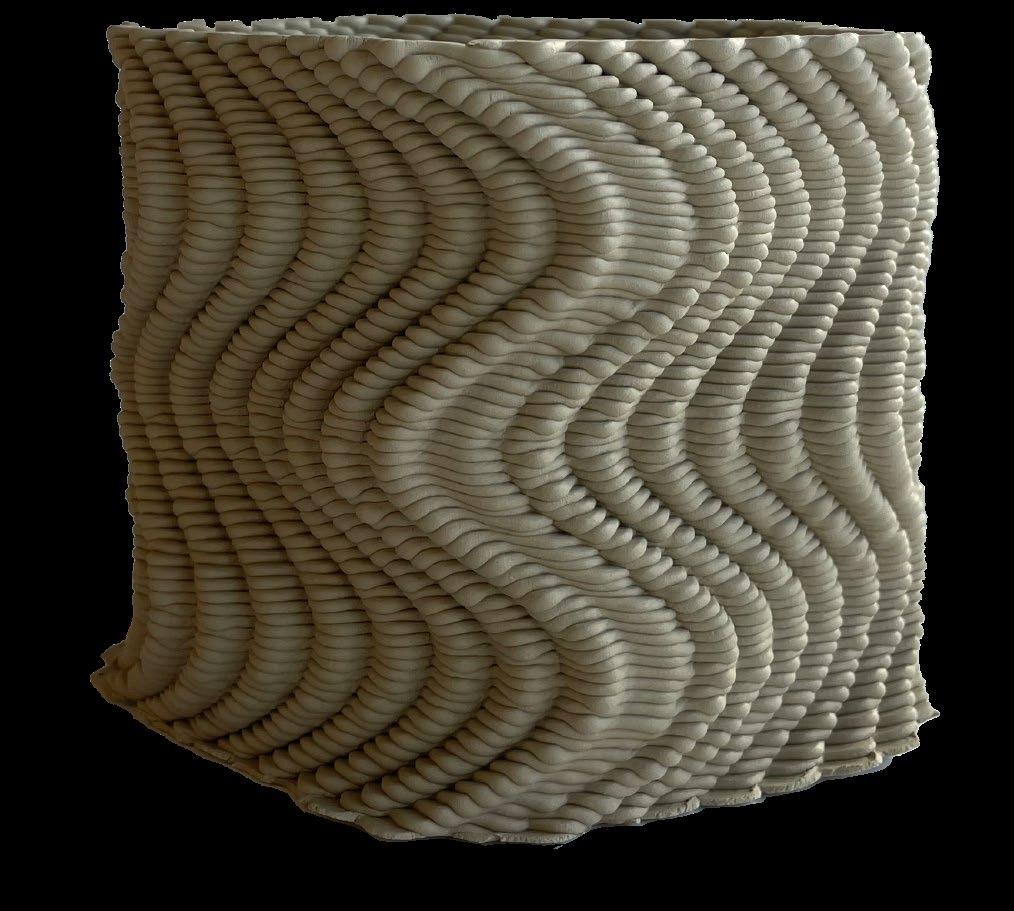
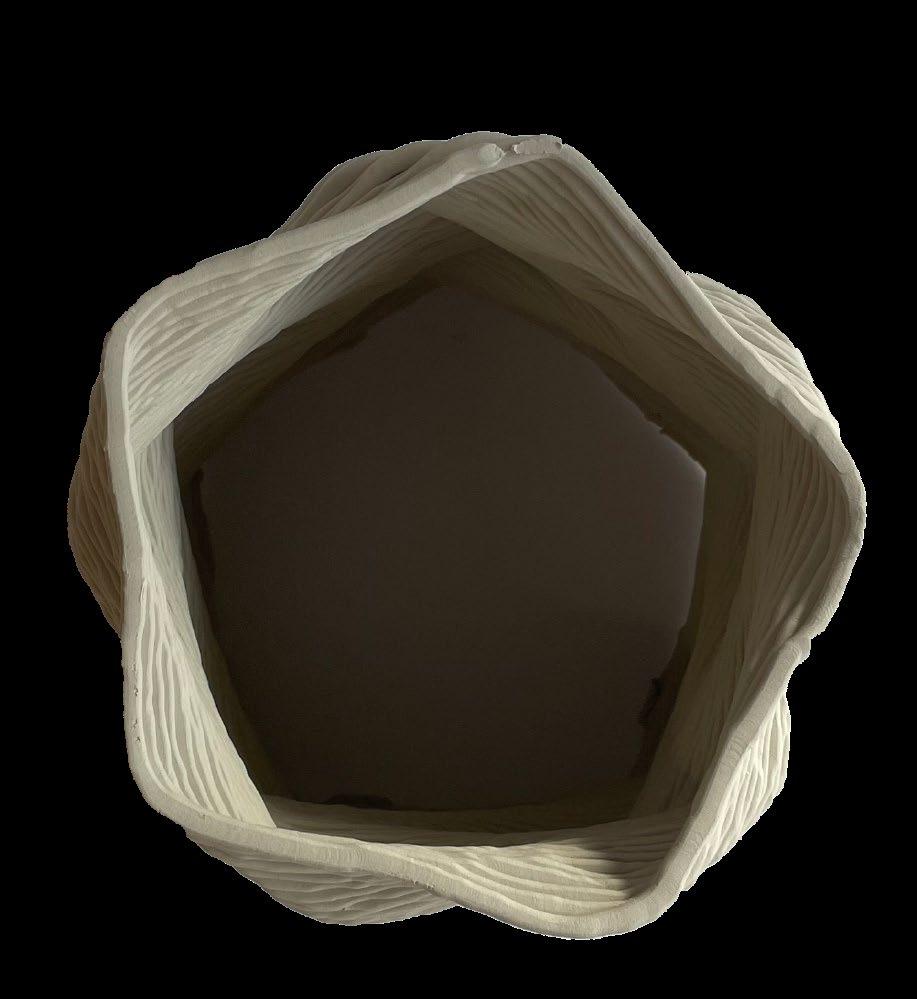

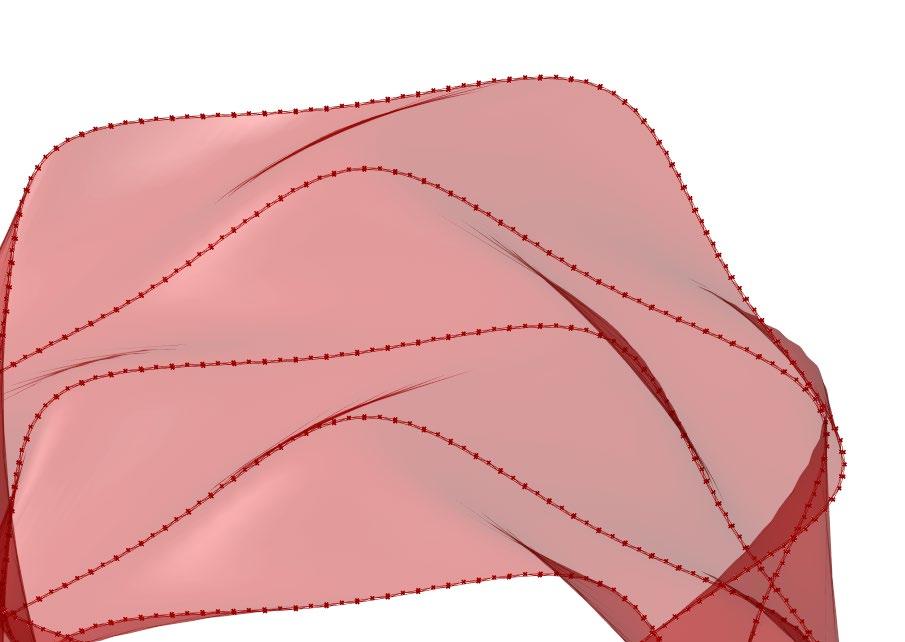
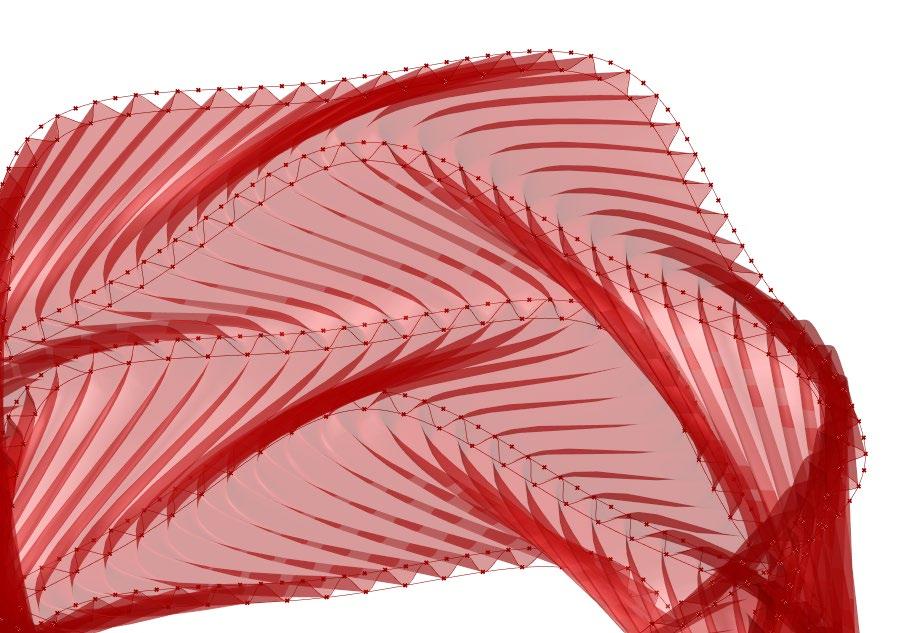

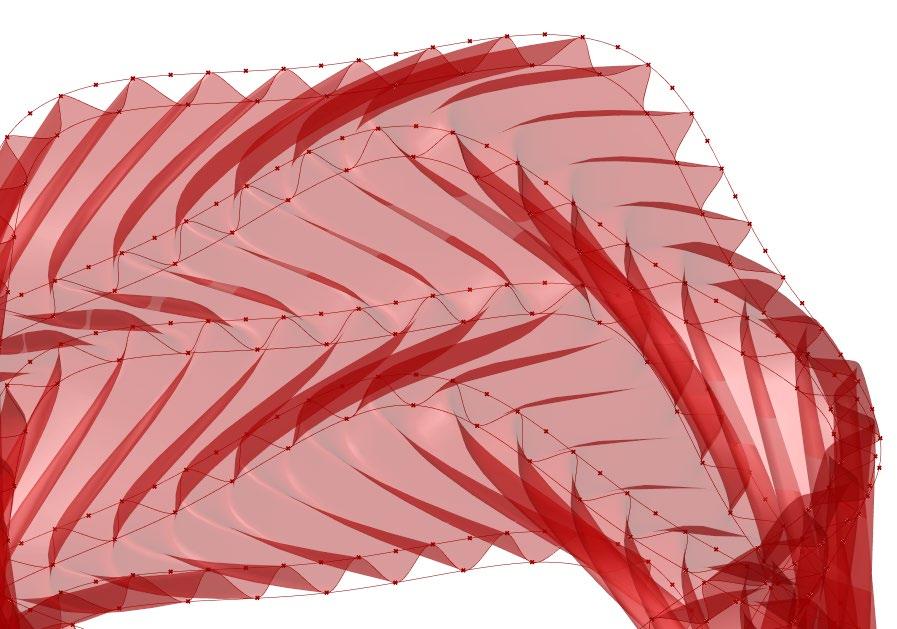
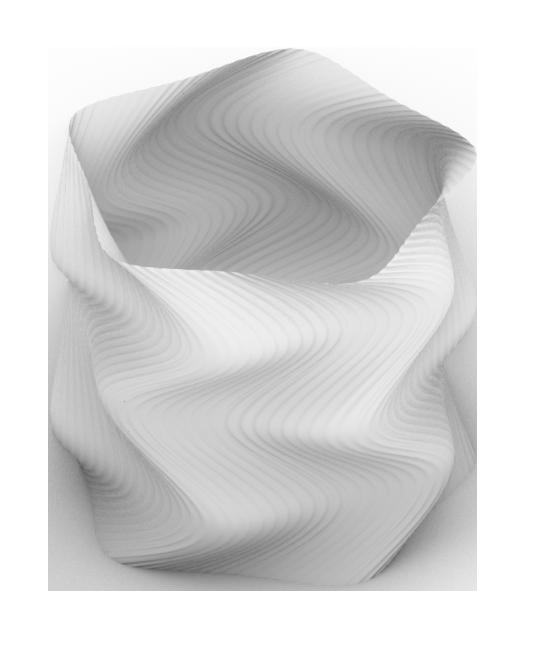
blurring horizontal lines in 3D printing
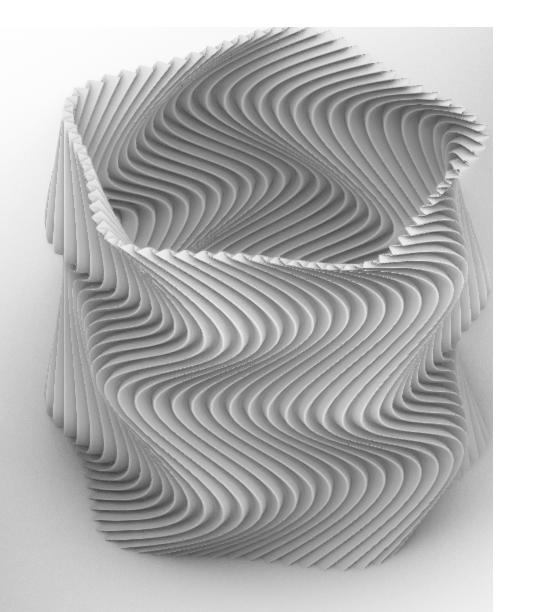
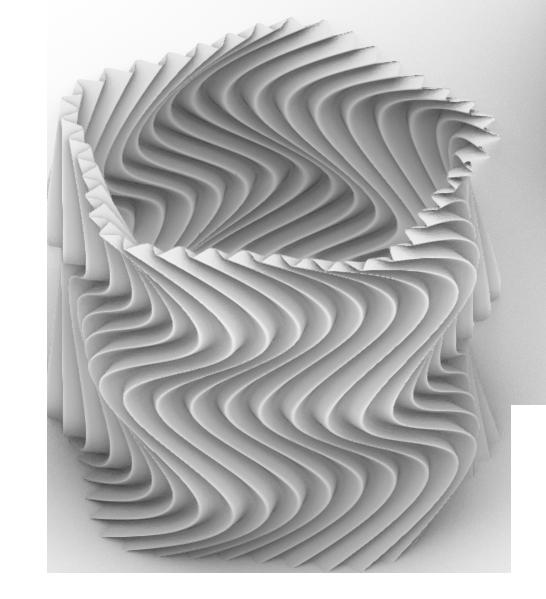
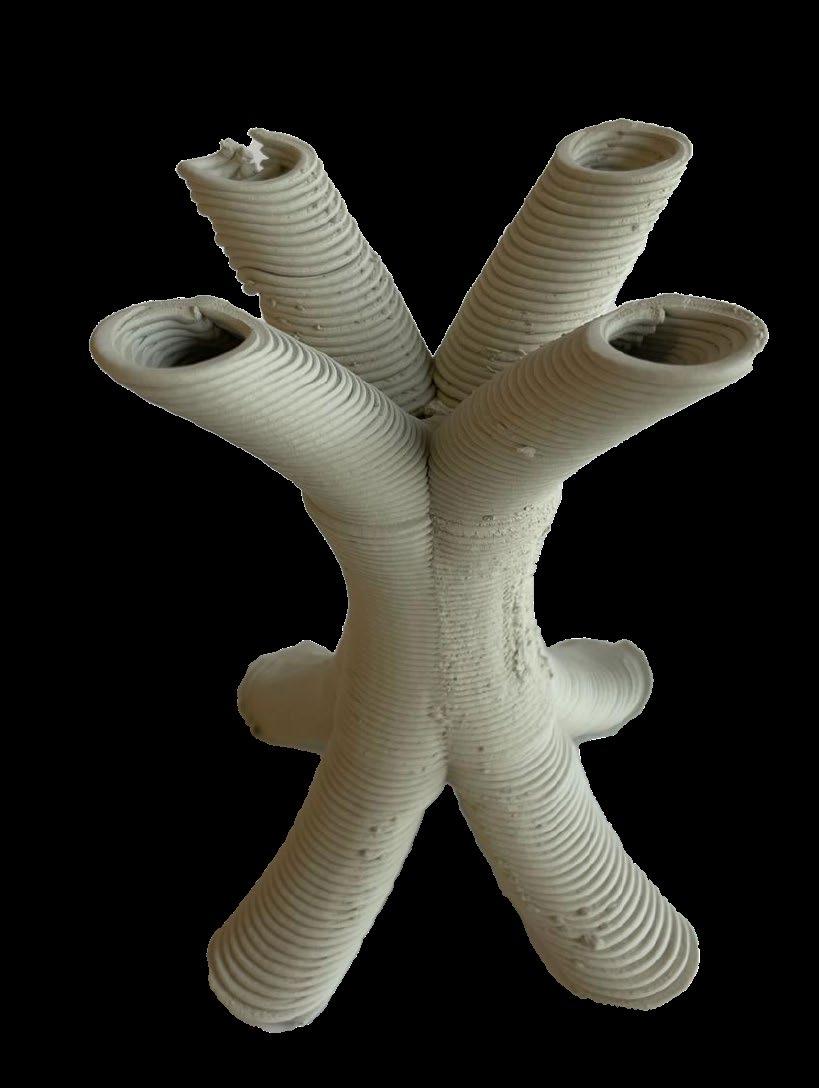
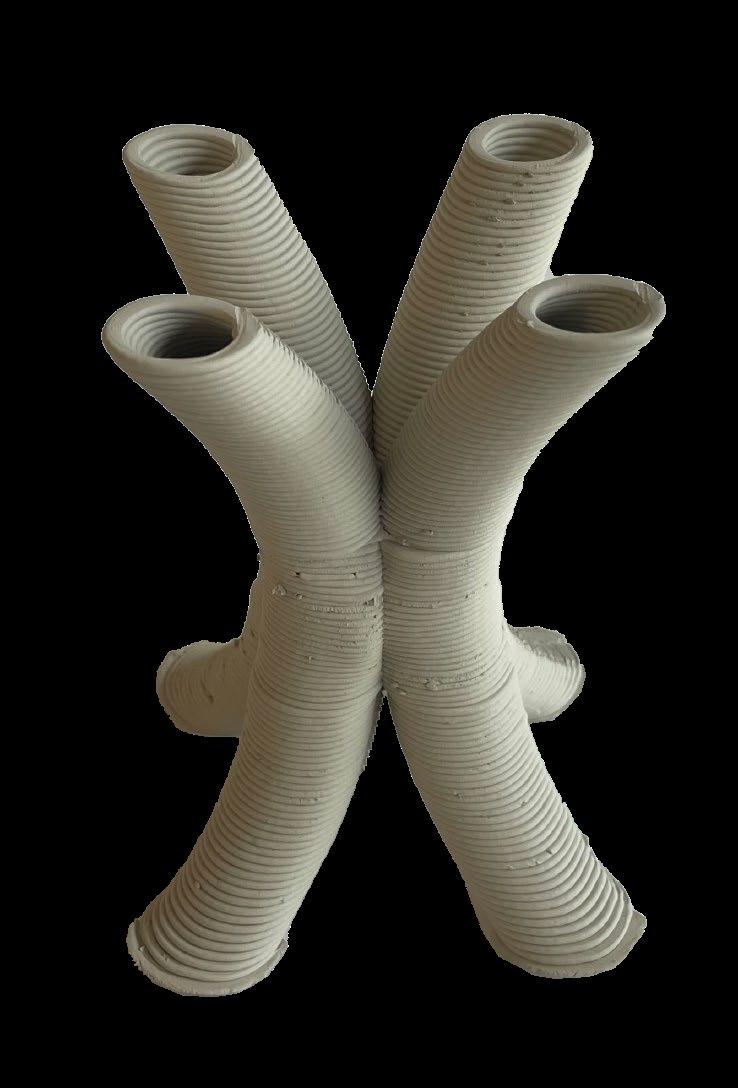

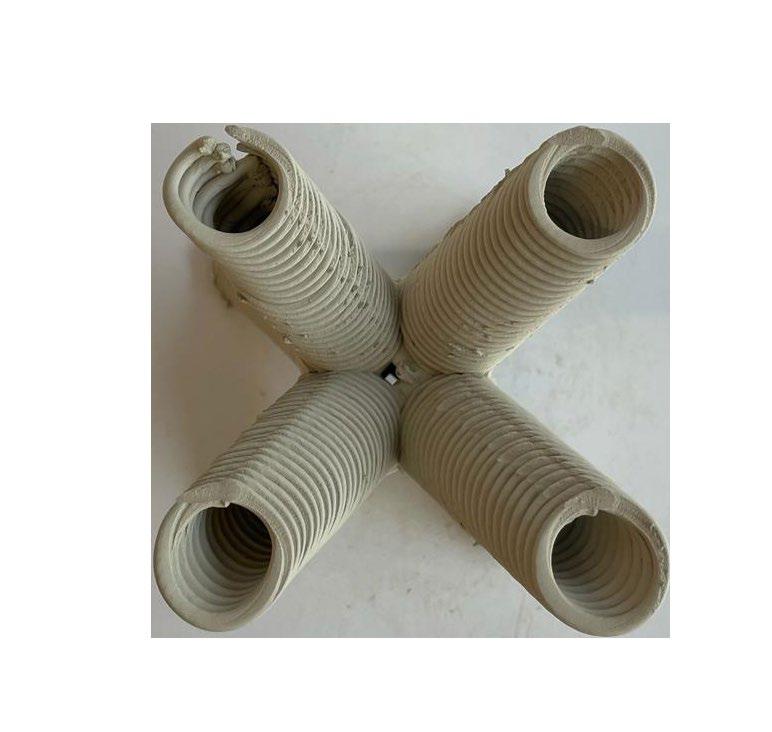
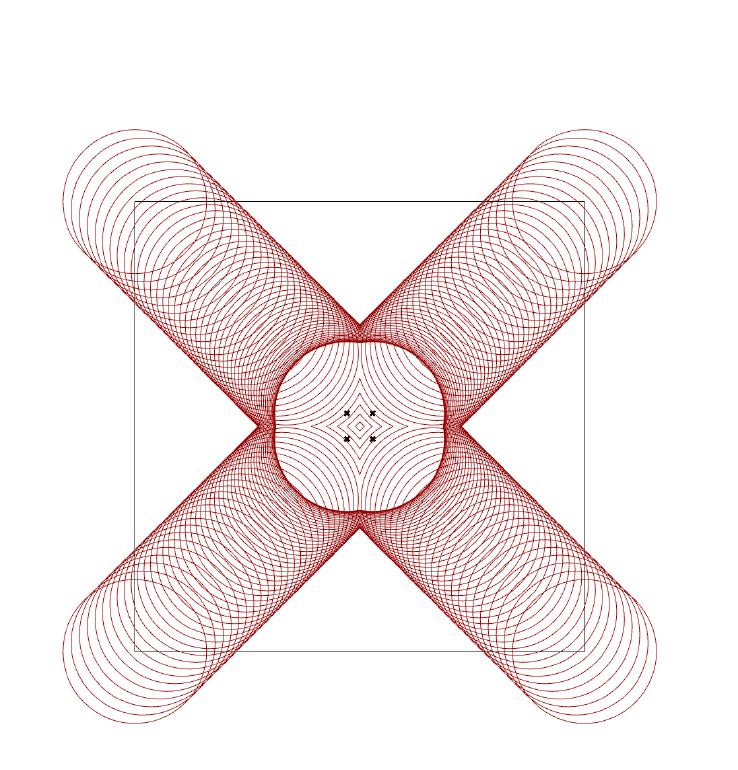
base
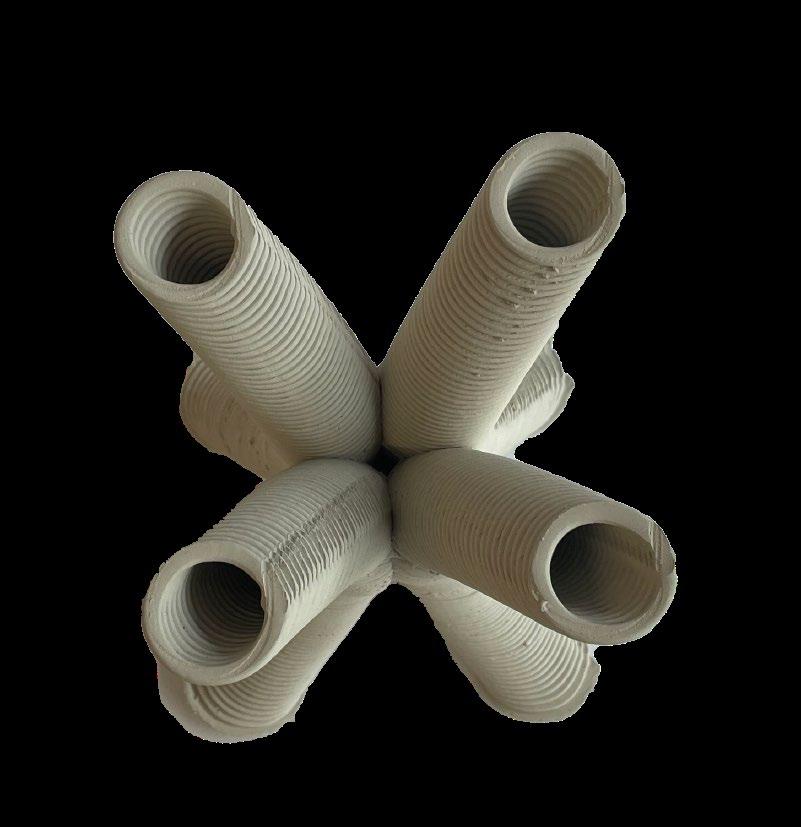
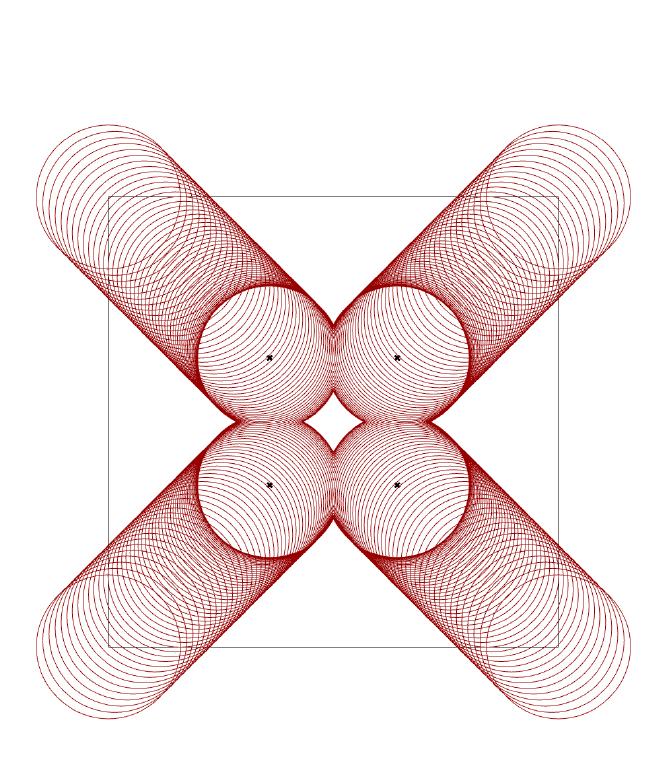
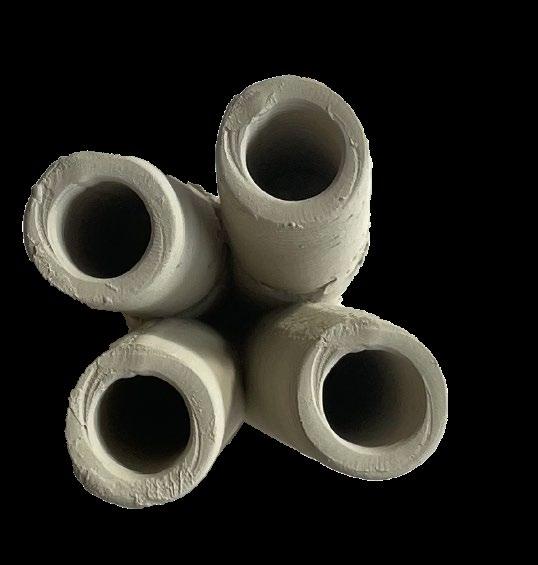
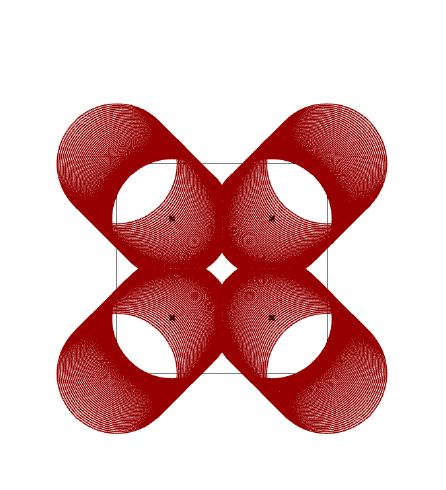
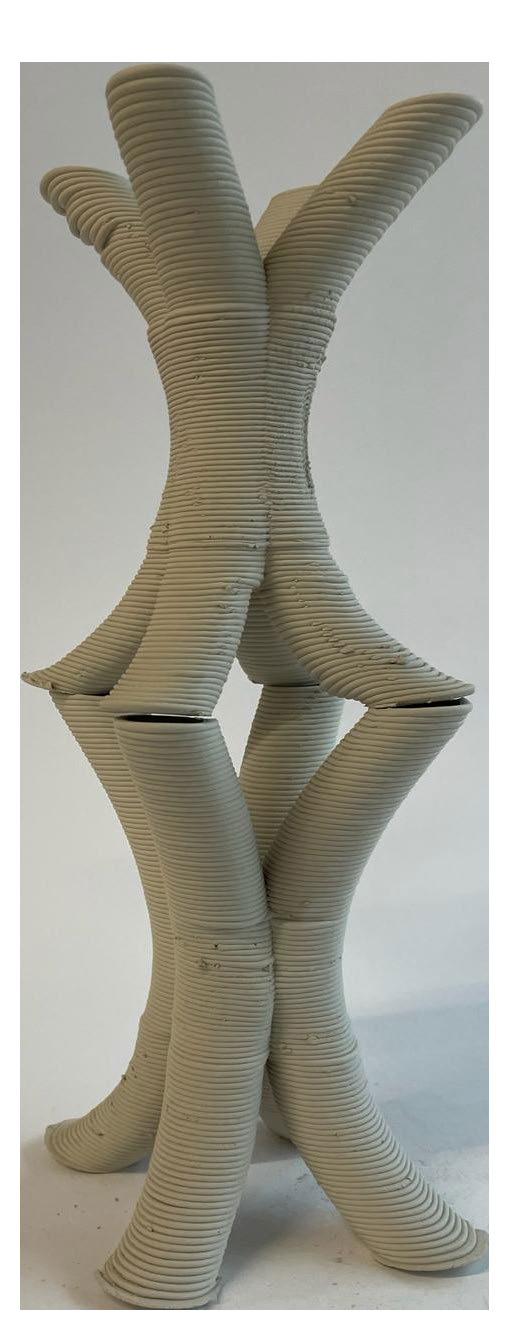
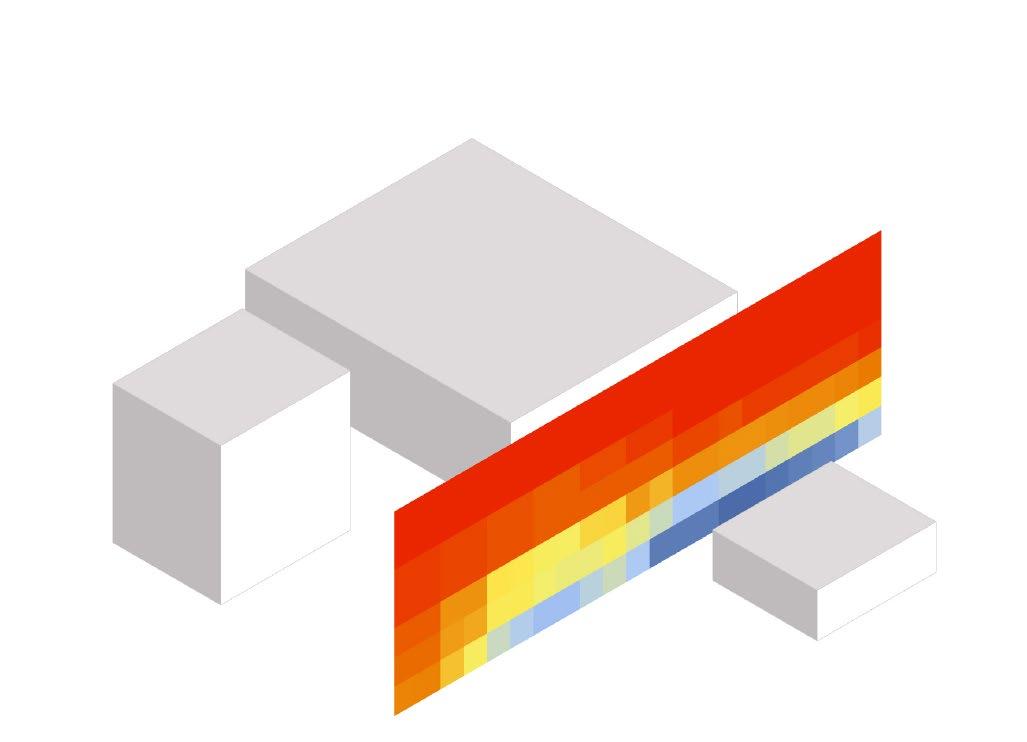
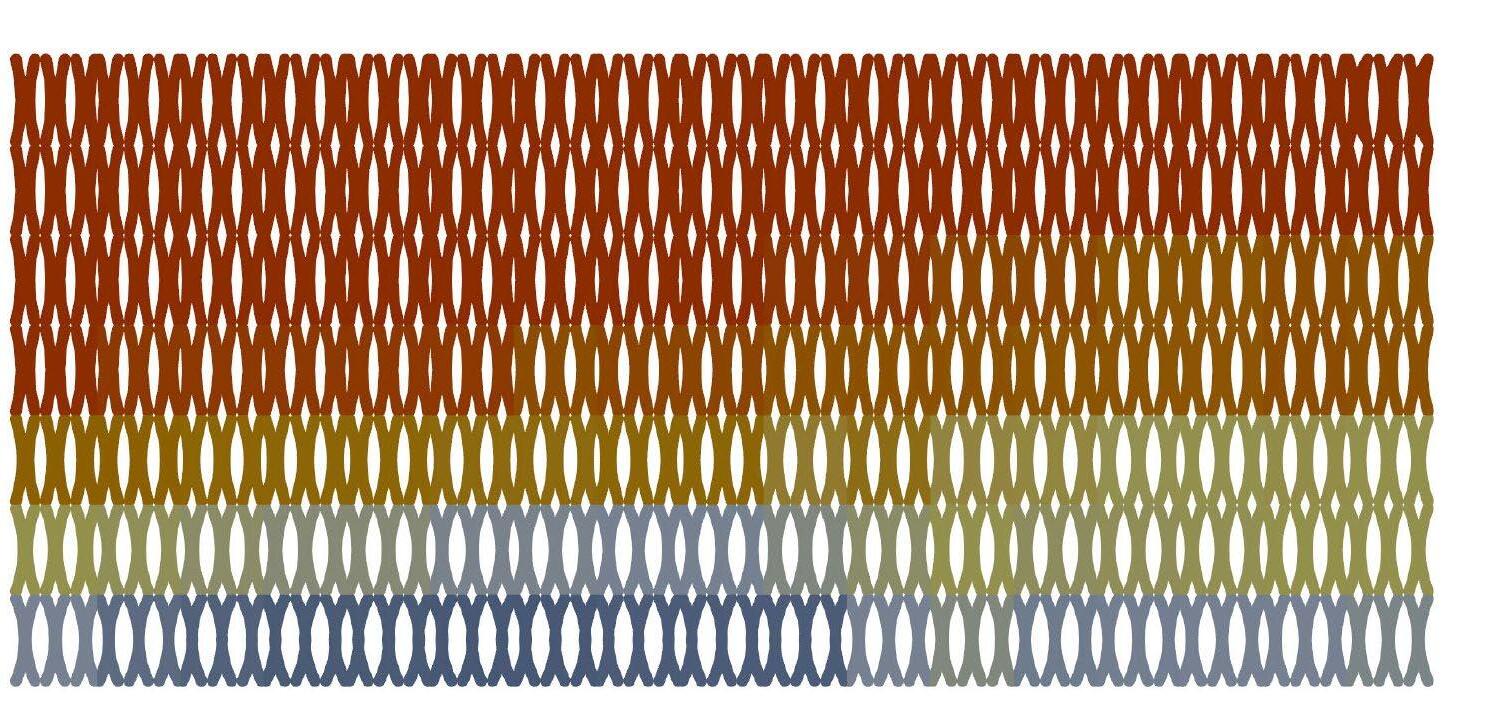

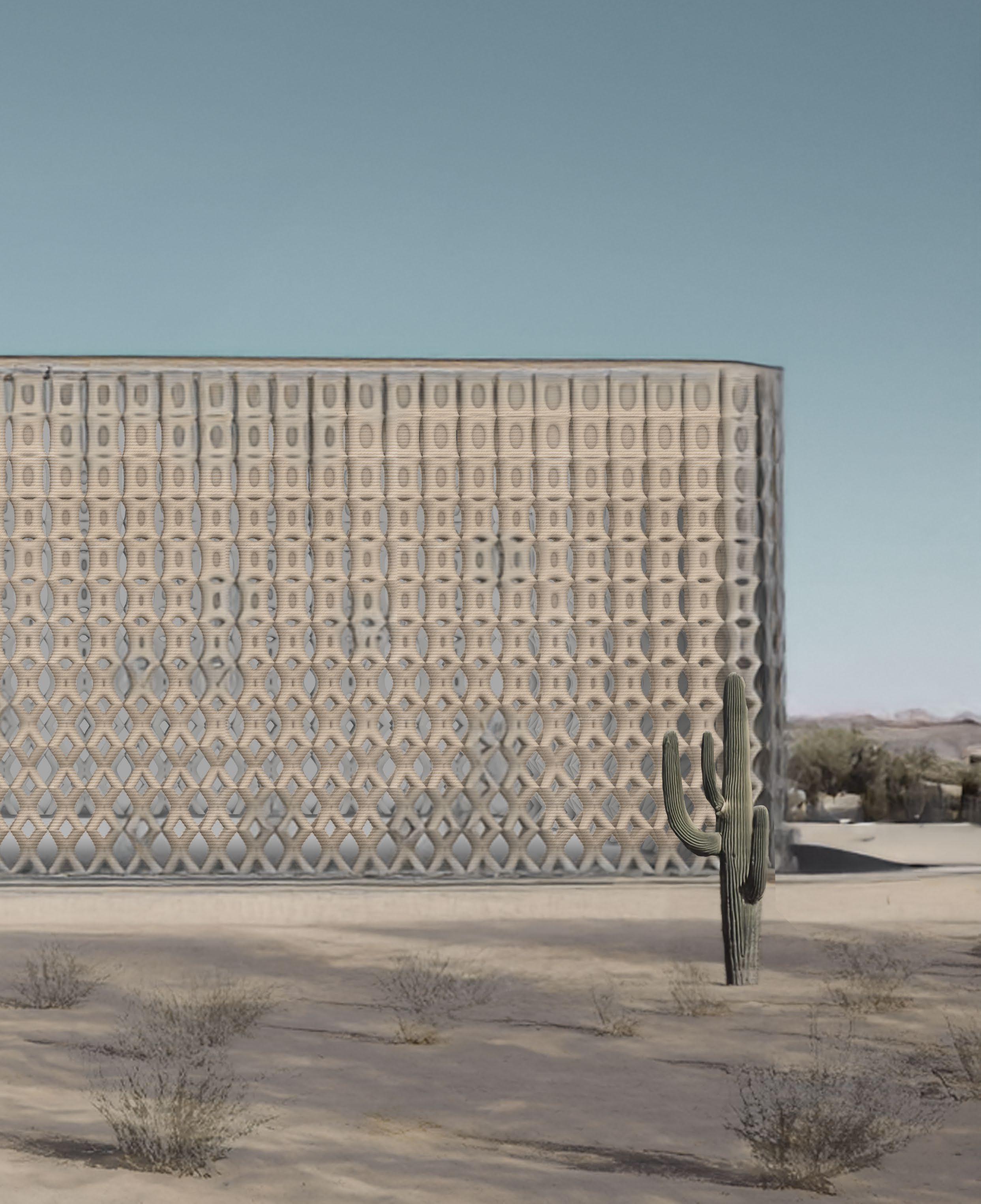
4 D-Mars habitat roof
work research
Researching the right roof to attach to the Mars habitat involves finding a lightweight option for ease of travel, a strong material to withstand sandstorms, and a barrier against radiation.
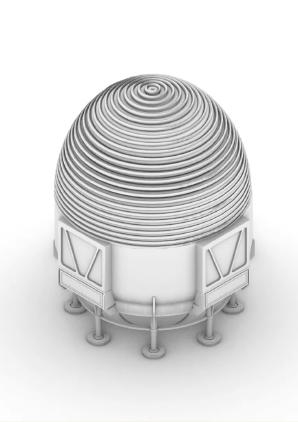
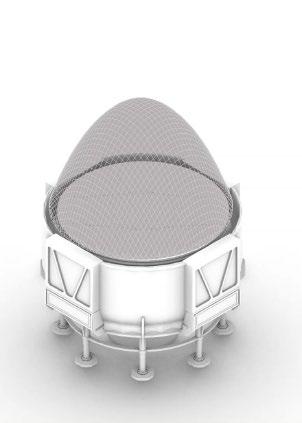
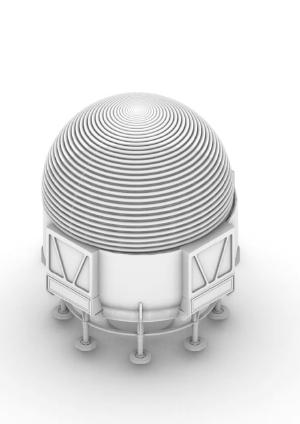
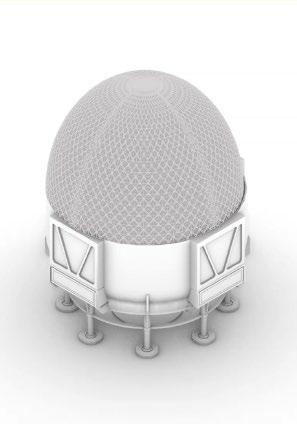
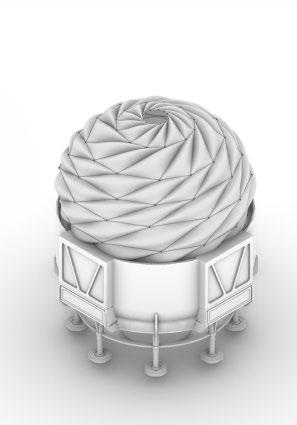
Nowadays there are 11 simulators around the world conducting research for the next Mars mission, one of them is situated in the south of Israel in Ramon crater. Building on Mars challenges our way of thinking about the built environment, as the new atmosphere sets different limitations and rules. One of the main challenges was building a lightweight roof that could be filled on-site with Mars soil. The soil would prevent radiation from penetrating the habitat.
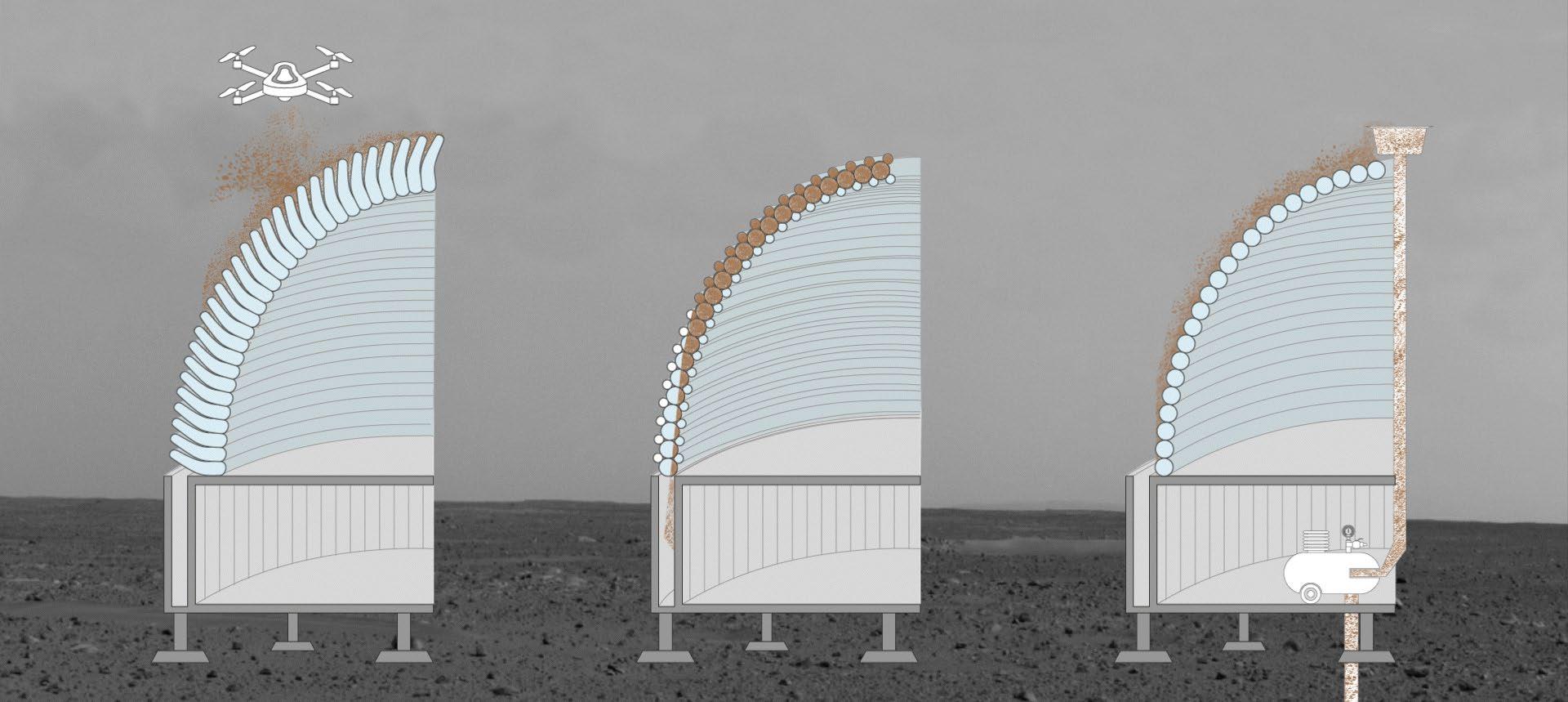

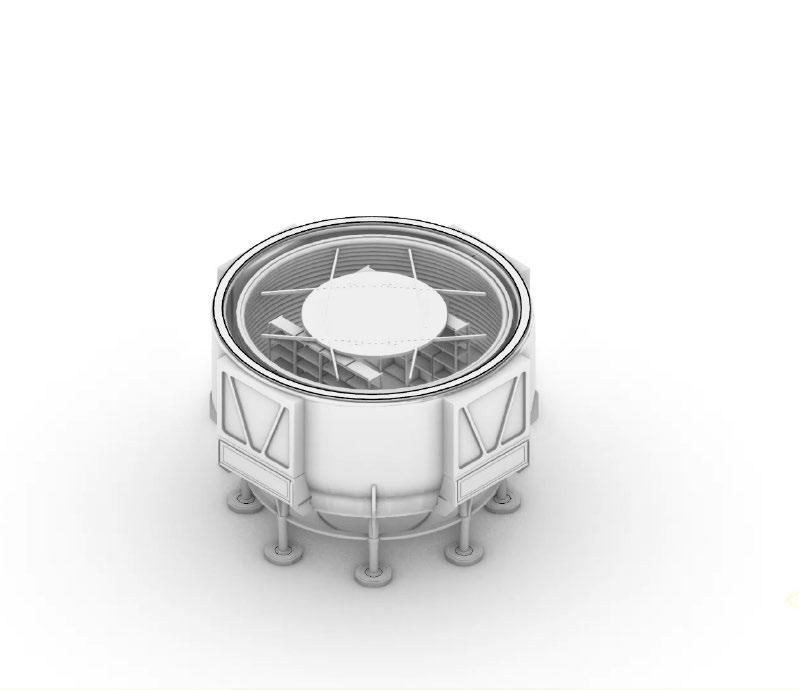
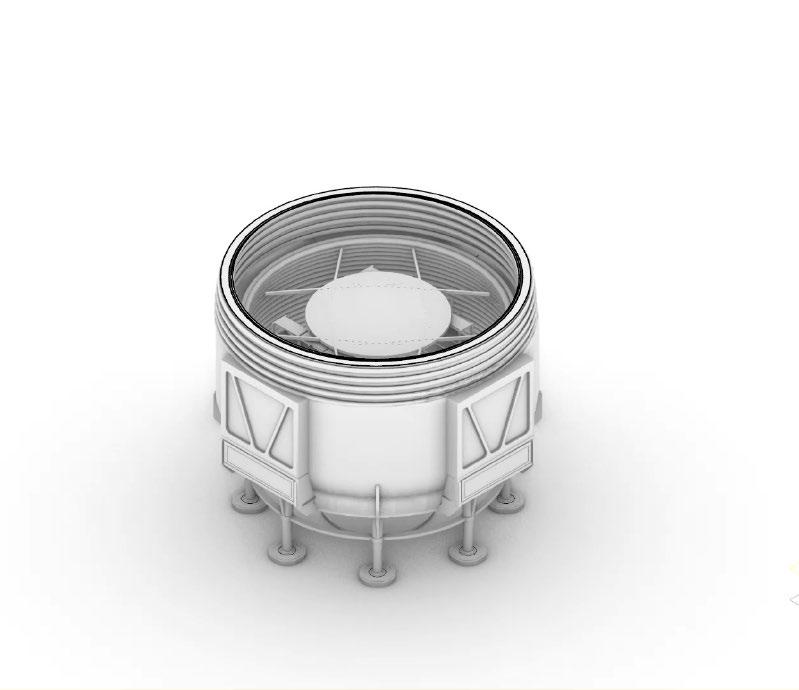
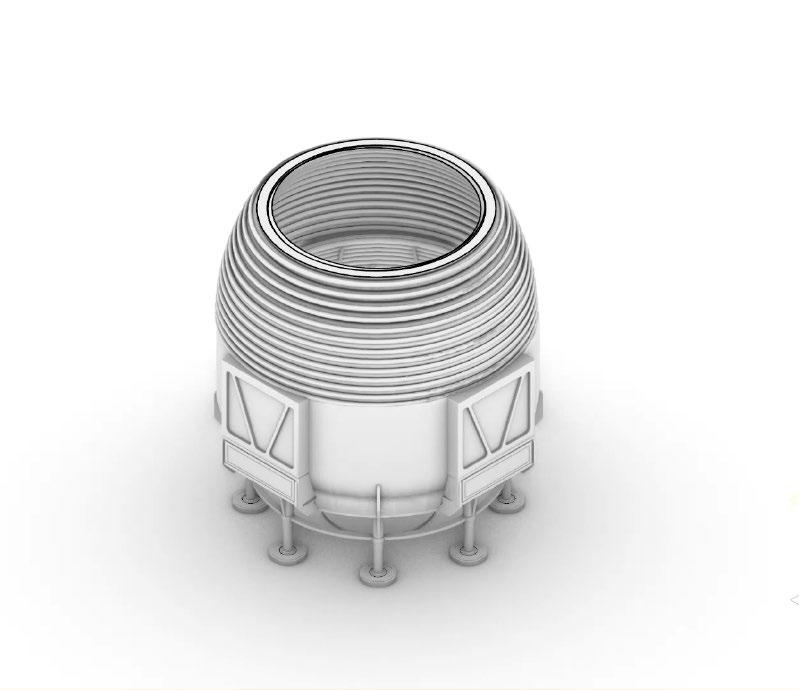
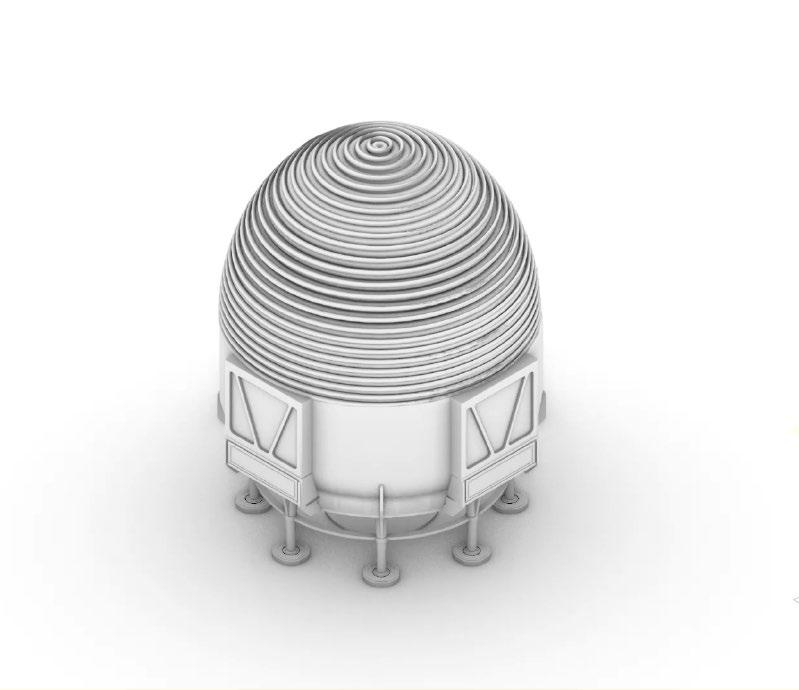
air tubes and soil tubes
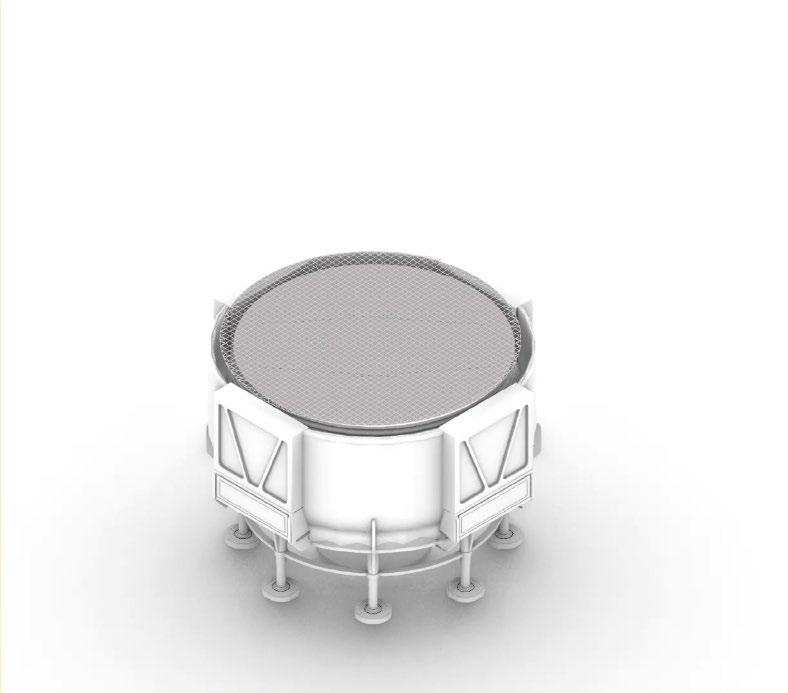
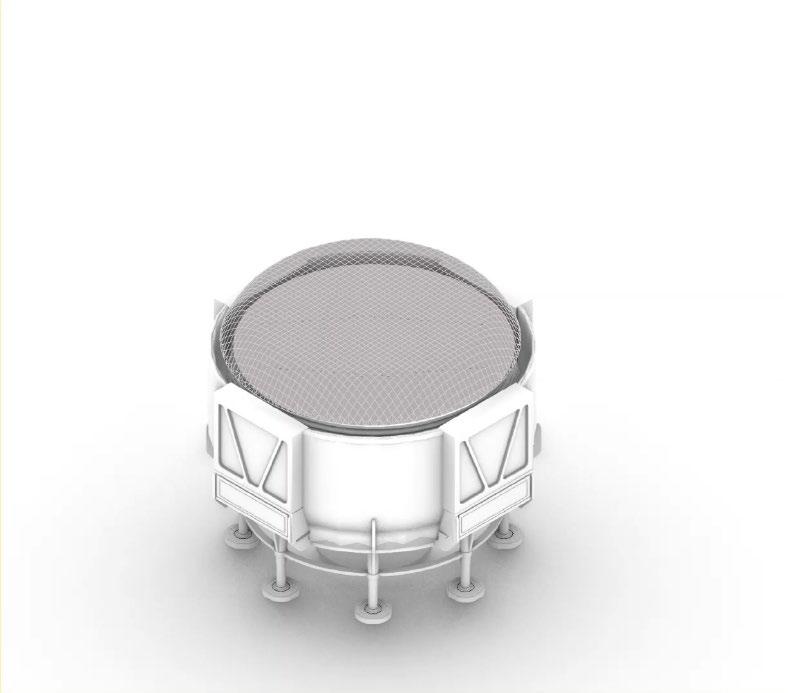
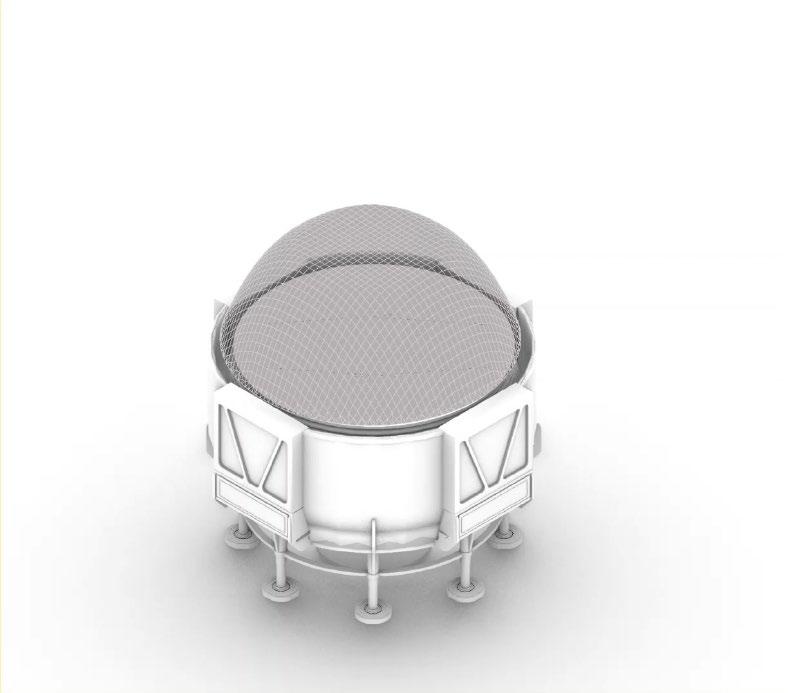
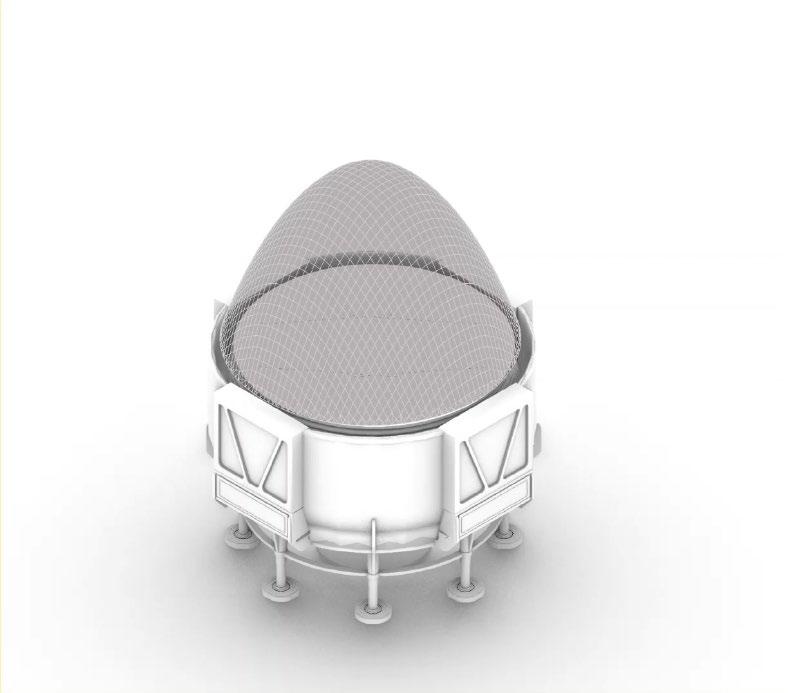
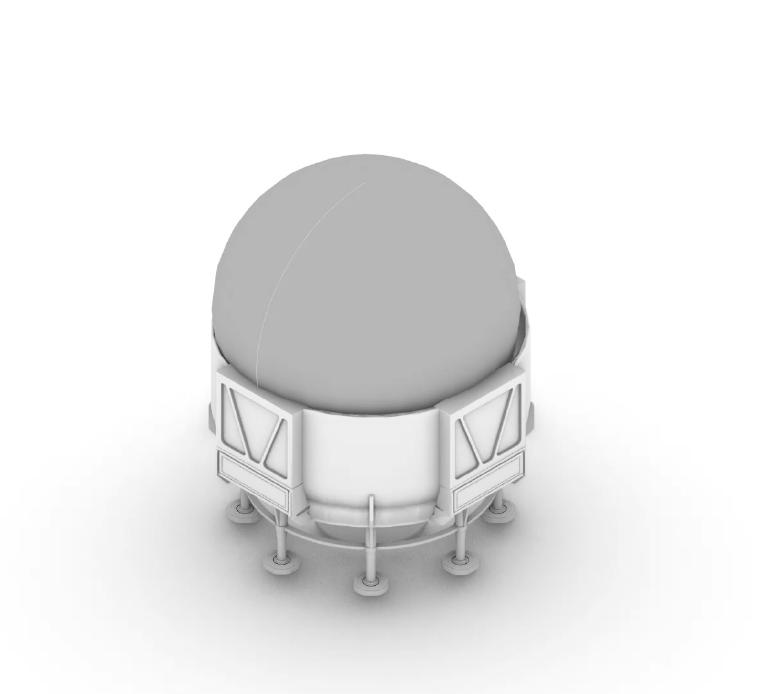
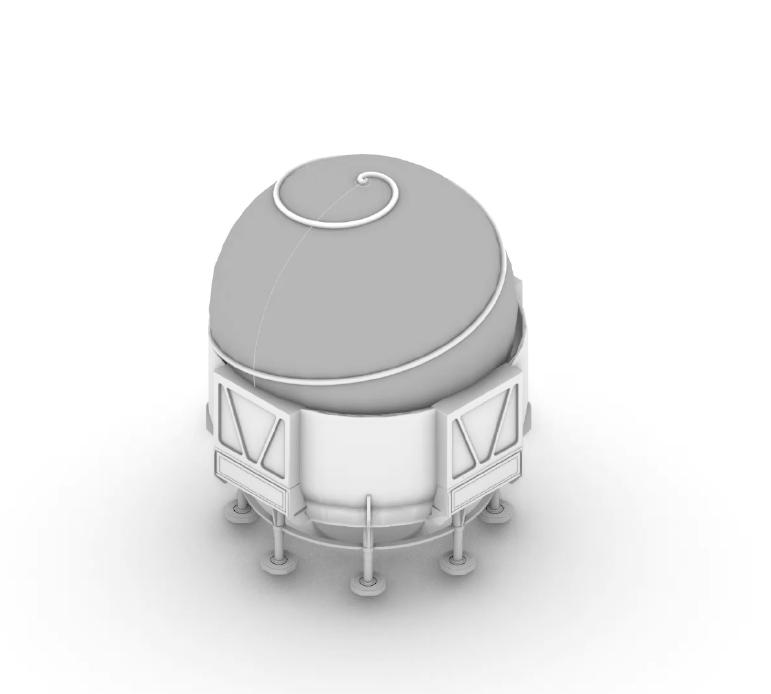
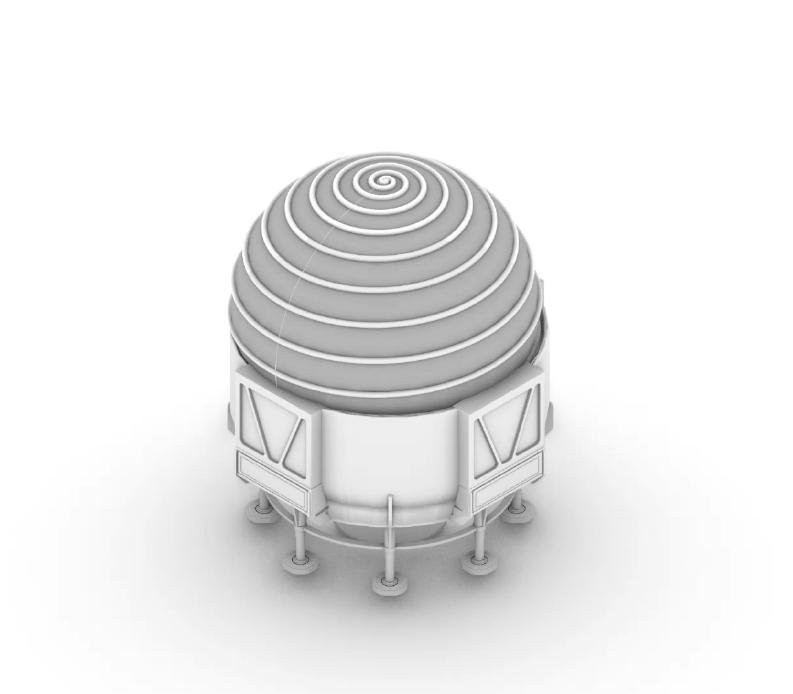
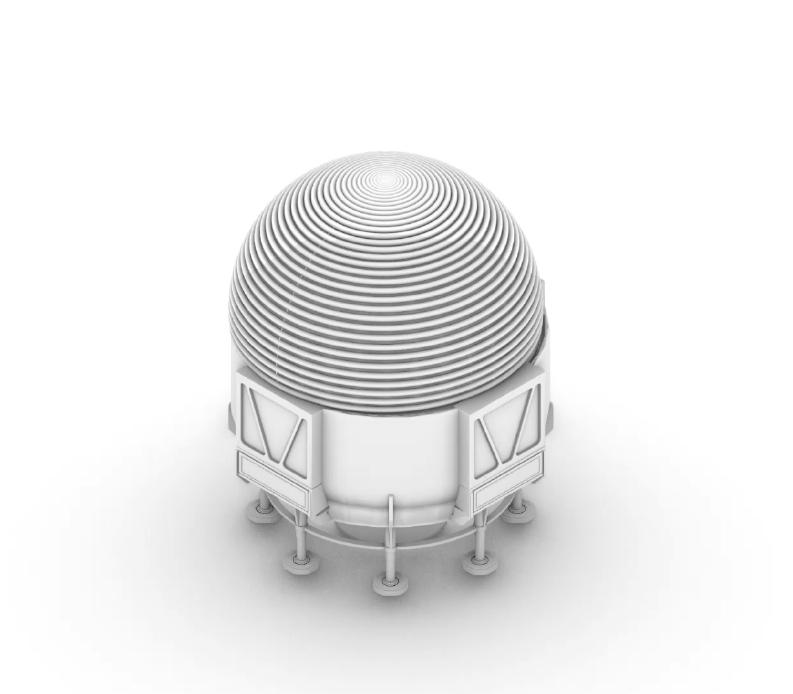
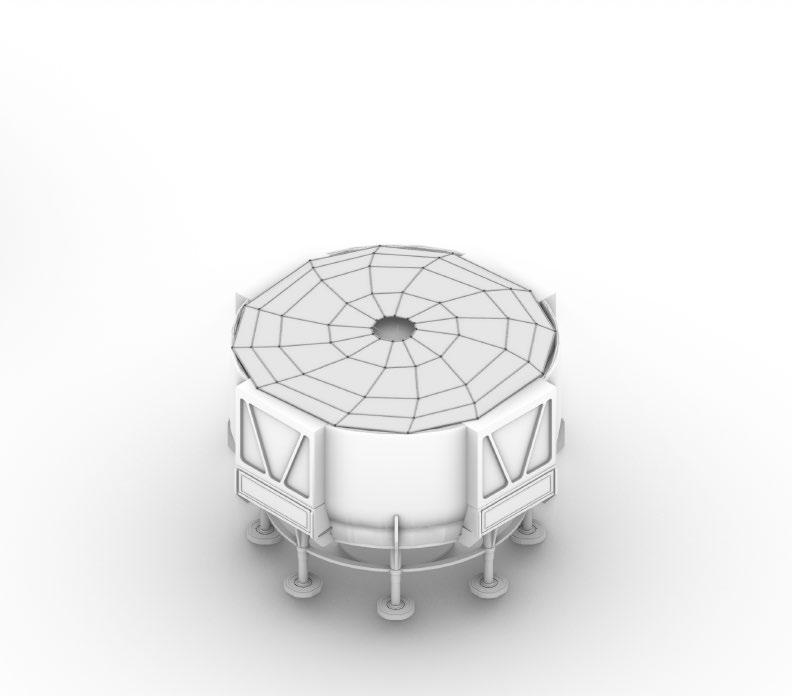
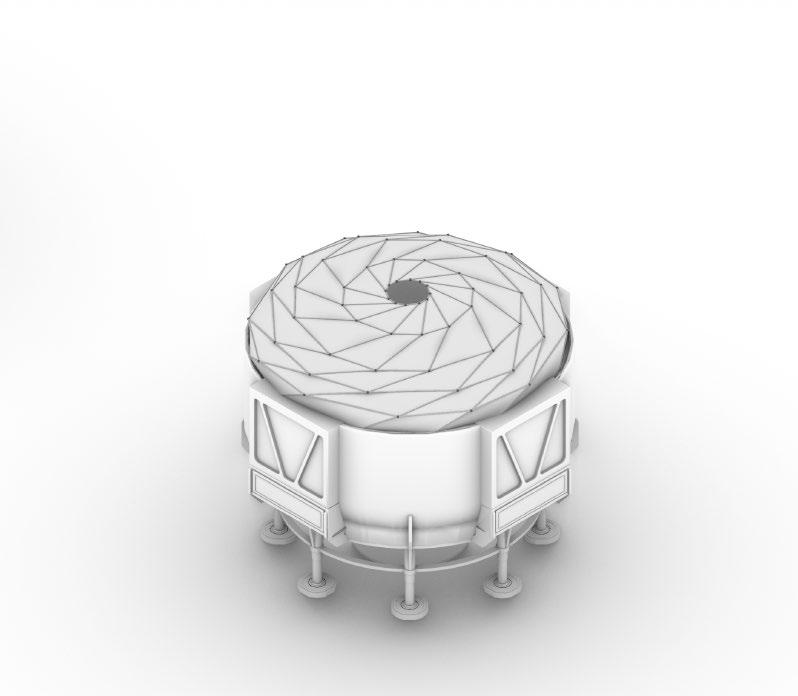
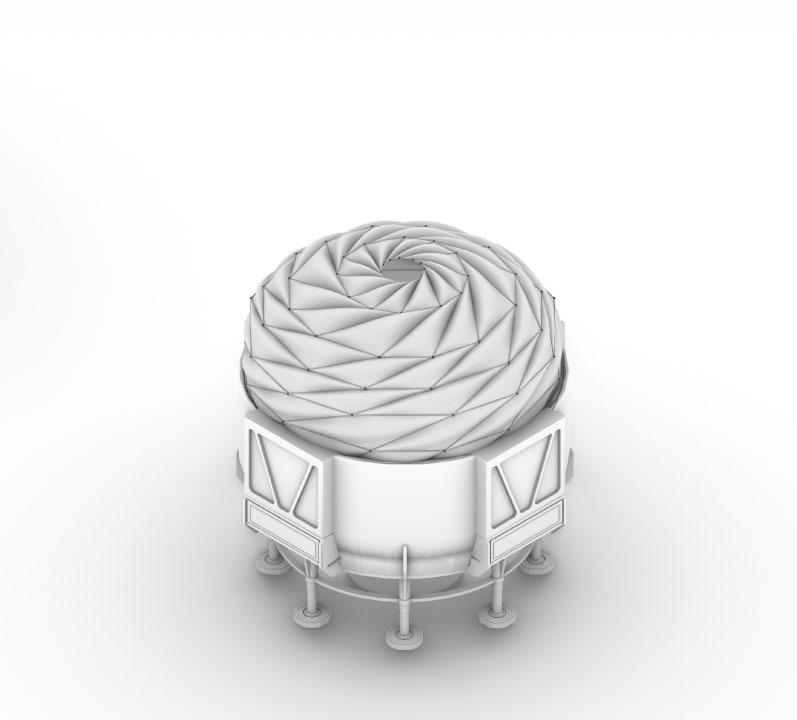
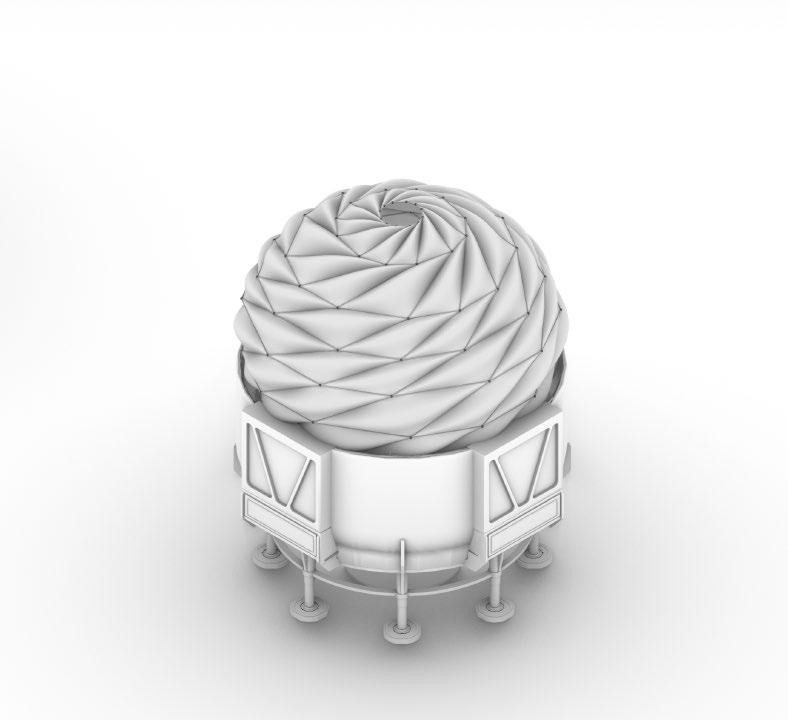
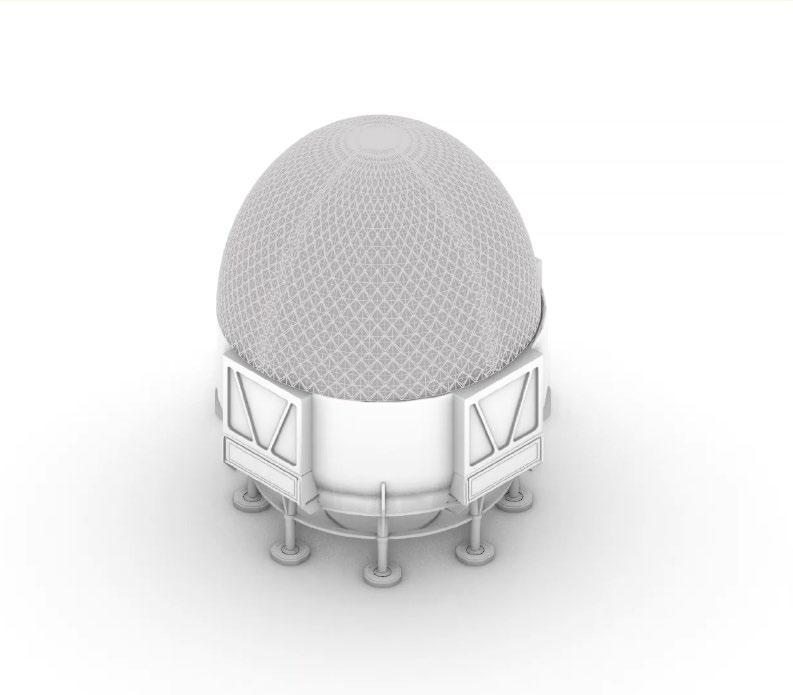
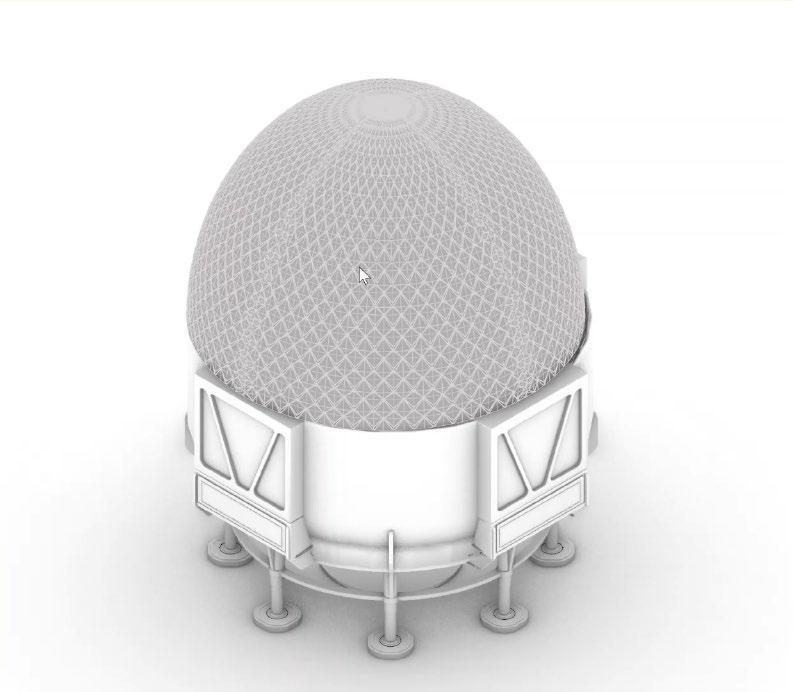
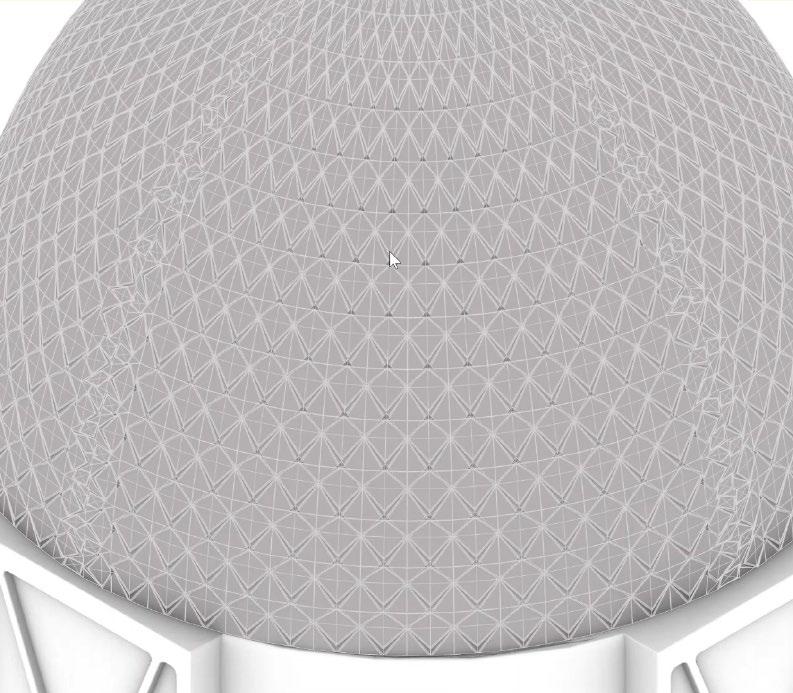
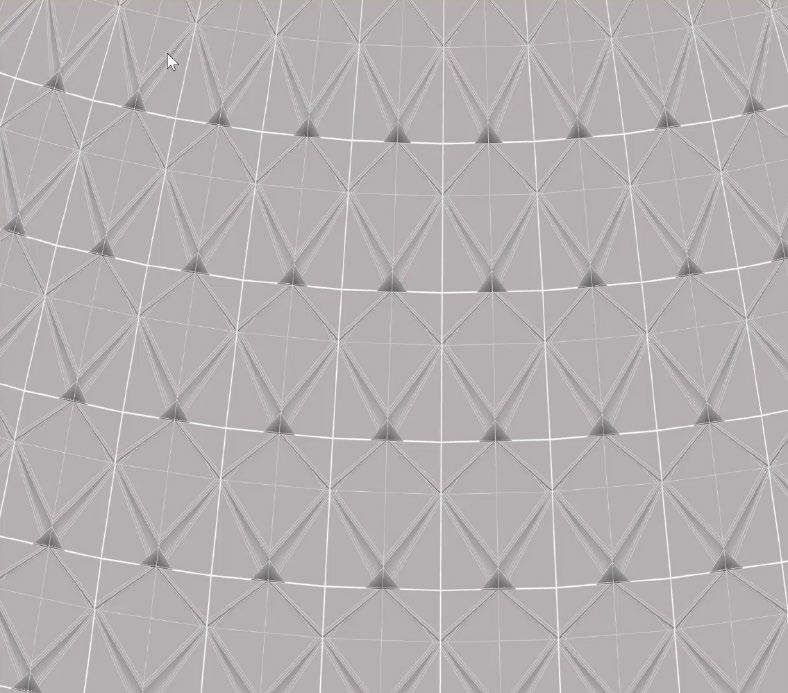


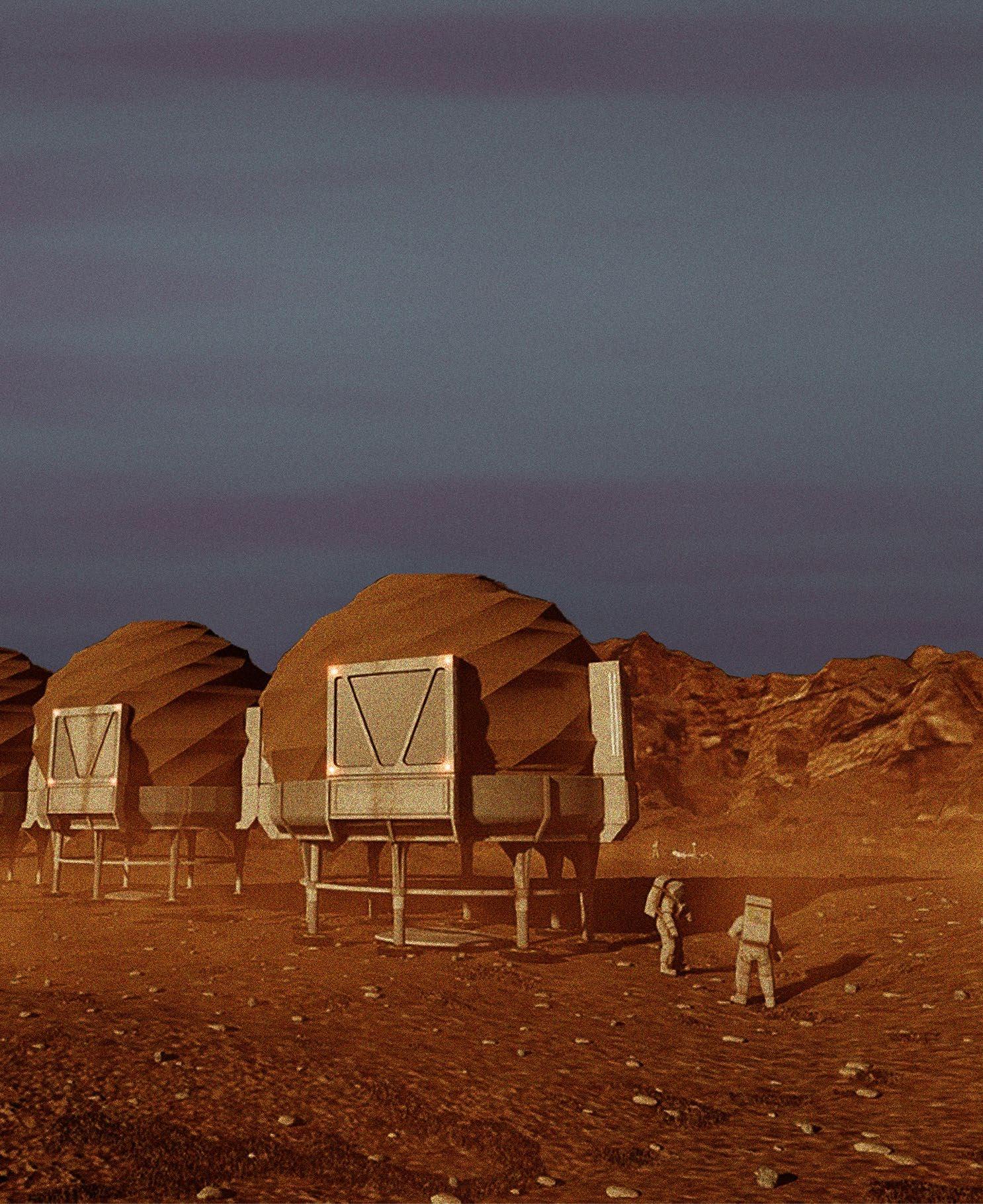
5 Juvenile Factory
Conceptual design
Situated on the vibrant Vegas strip, the conference building is designed to evoke a sense of childhood wonder and foster creativity, courage, and playfulness in adults. The structure. Materiality and the character of the spaces are inspired by our fondest memories of youth.
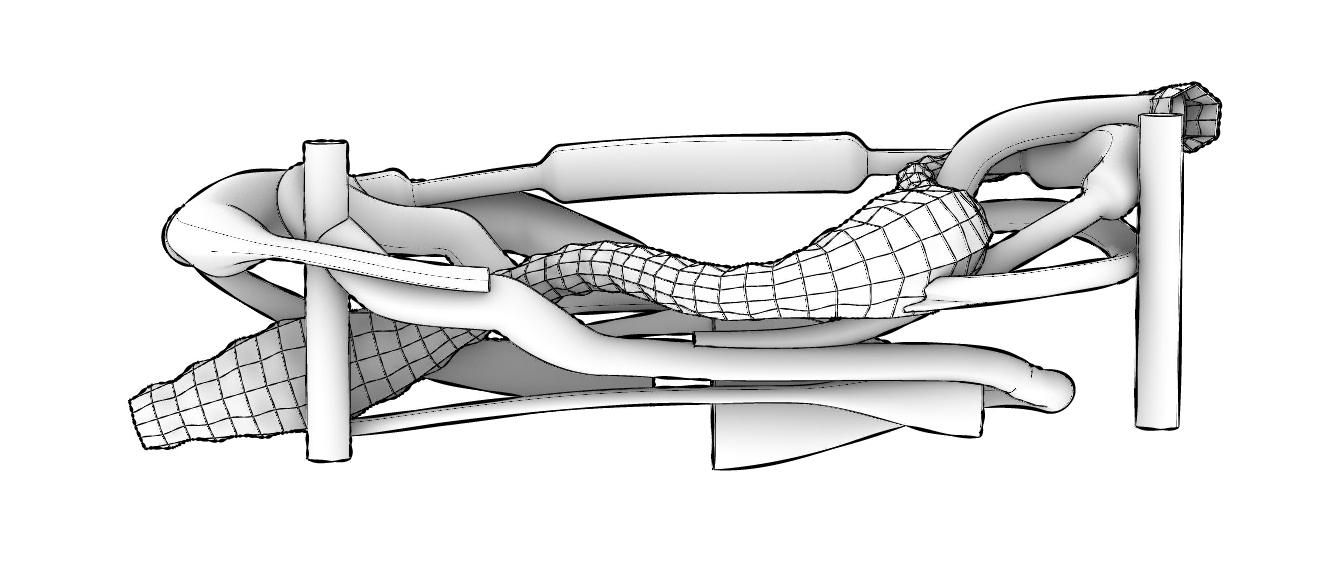
Inspired by the form of a concrete factory which can also seem like an amusement park, the project creates a bridge between childhood and adulthood. As we grow older, and our responsibilities become the main worries in life, we lose our sense of playfulness, courage, and creativity. The leading companies of the world, such as Google and Facebook, have learned to establish work environments that are detached from social conventions and create spaces that stimulate creative thinking.
Juvenile Factory aims to create a similar effect, though its building features rely on our favorite spaces from our childhood memories with adult mind interpretation. The project is a congress hall on Las Vegas main street (The Strip), a place that blurs generations and allows a respite from reality.
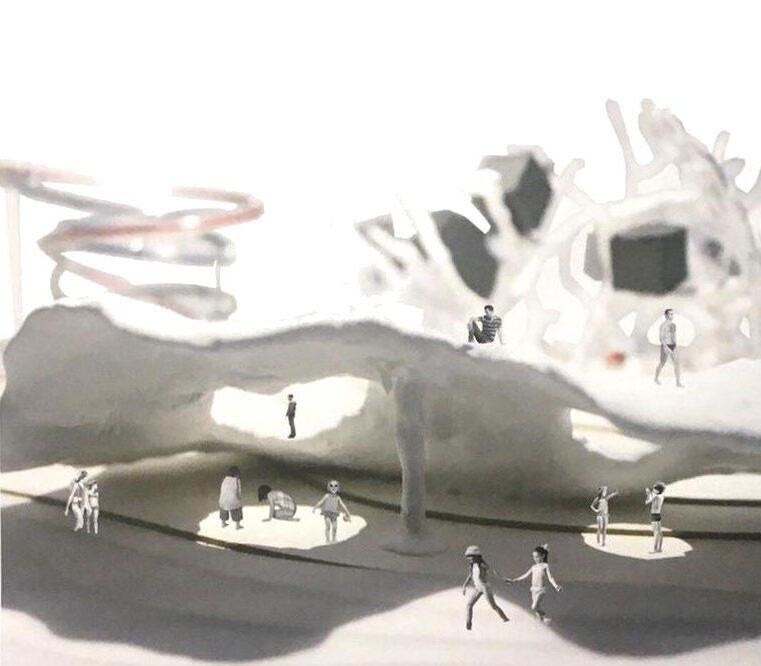
this is me, hila, dreaming of a fun and magical place..
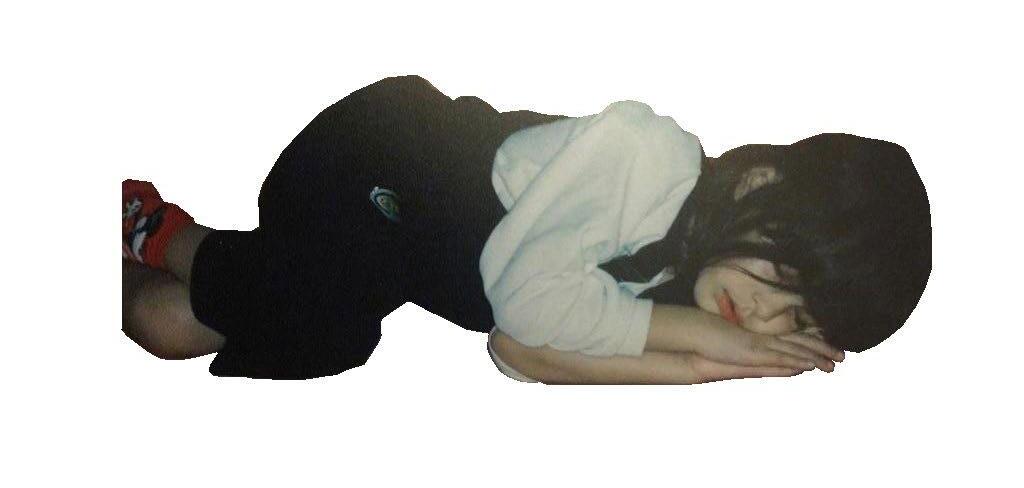
when I was young, I imagined that the cement factory close to my house is a thrilling amusement park situating
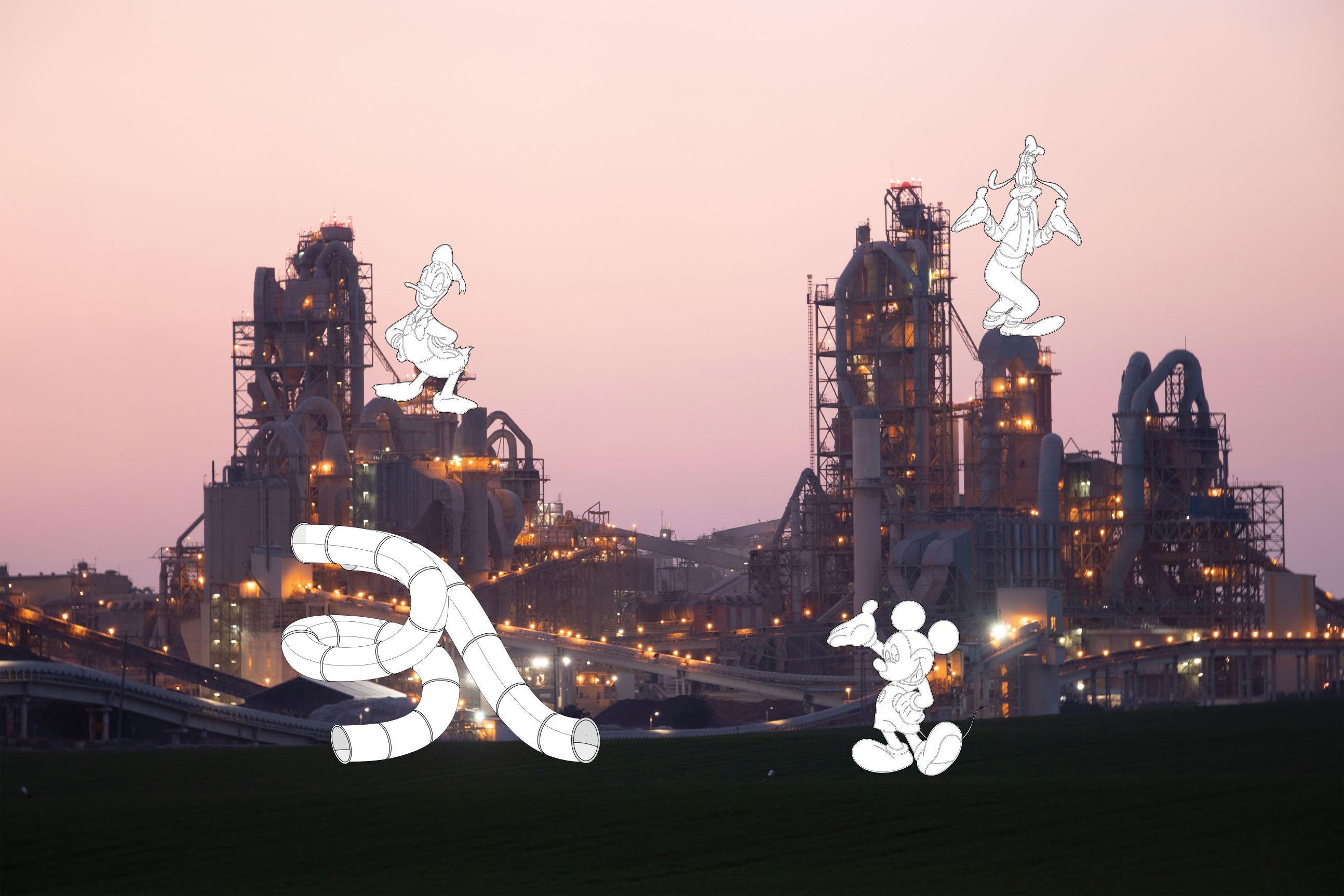
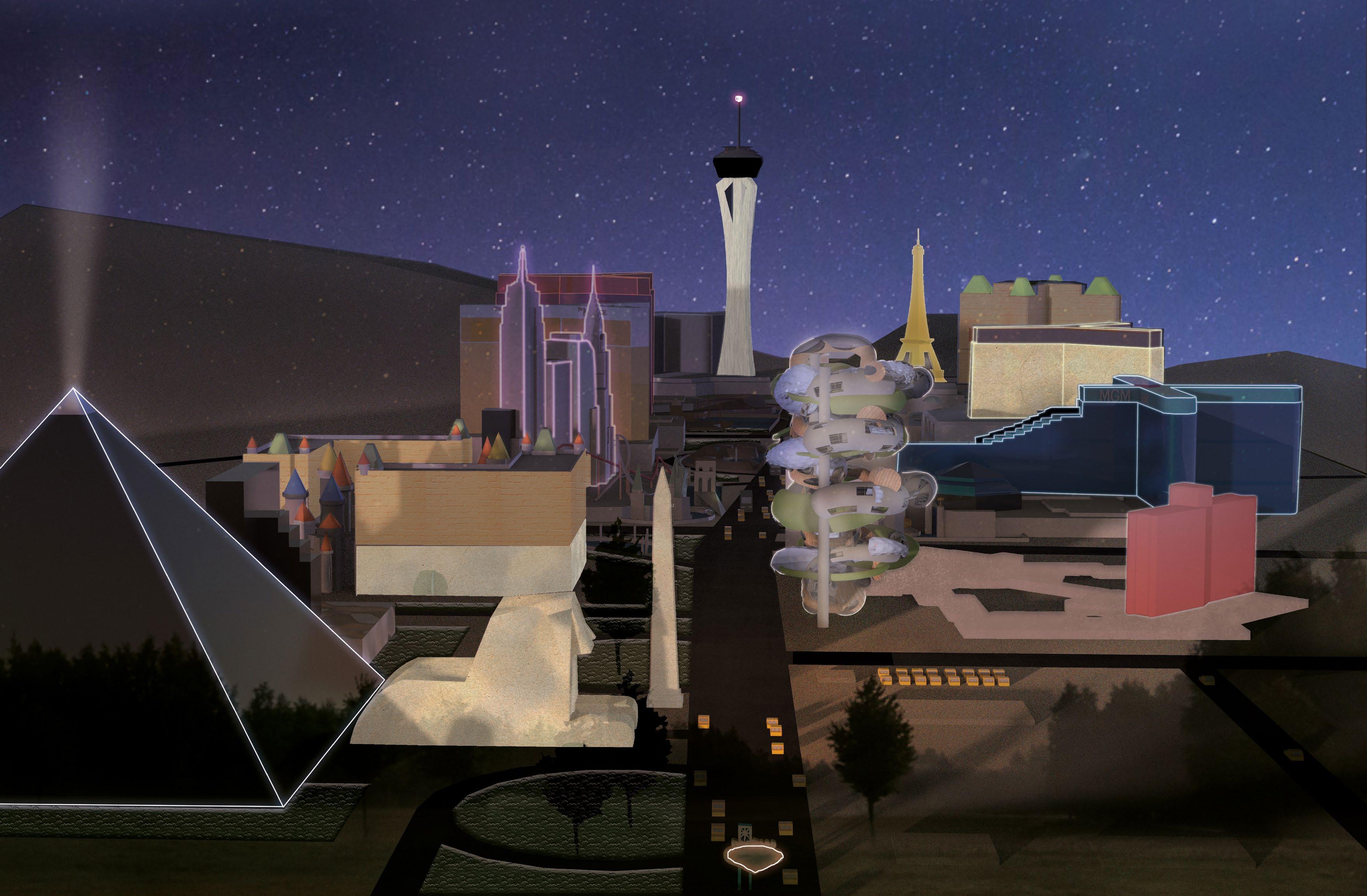
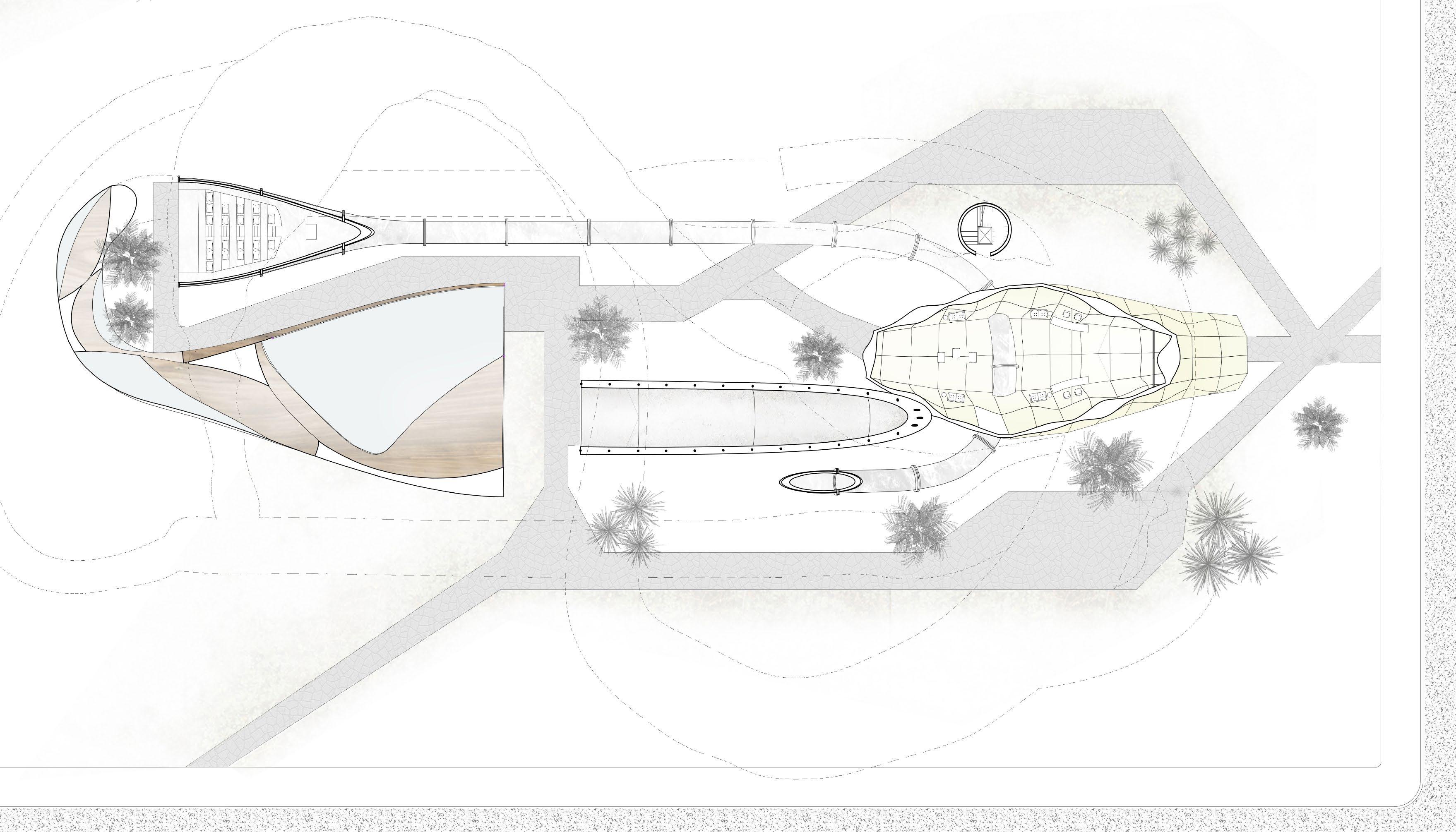

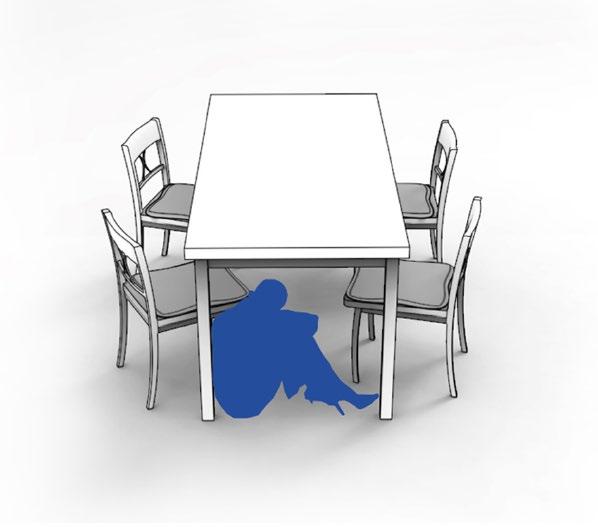
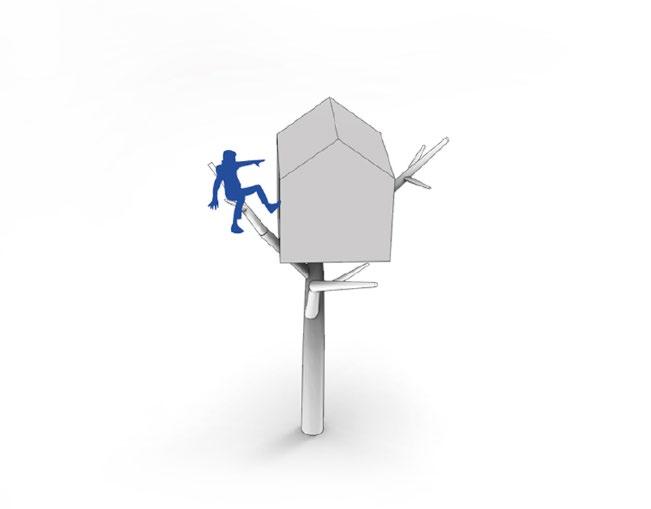
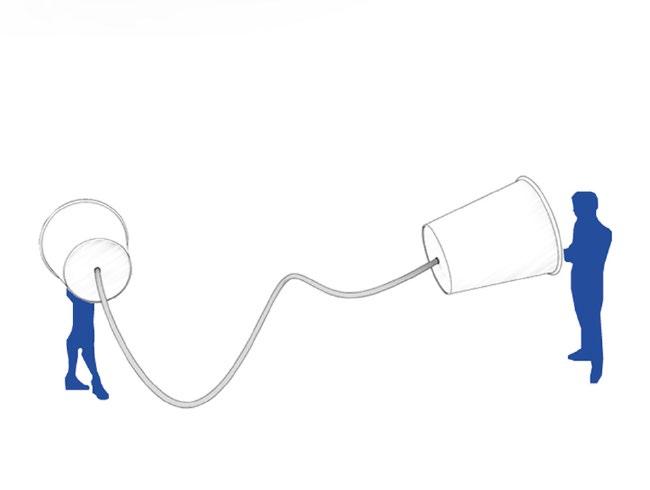
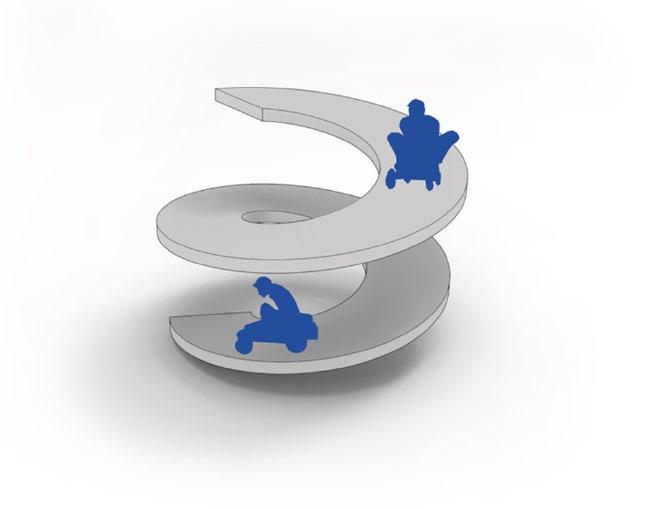
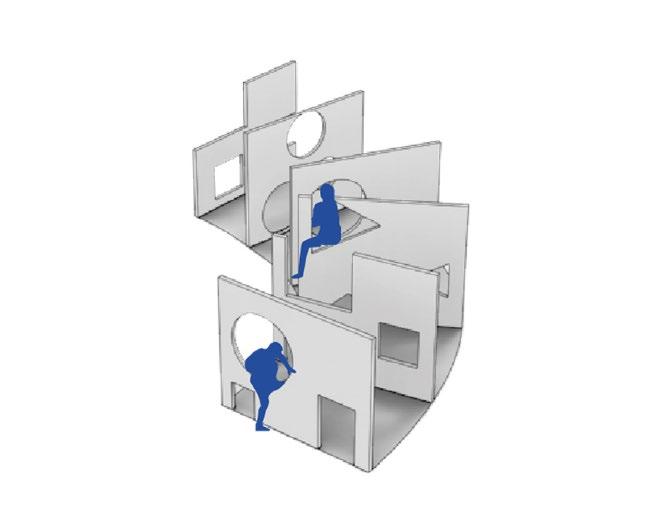
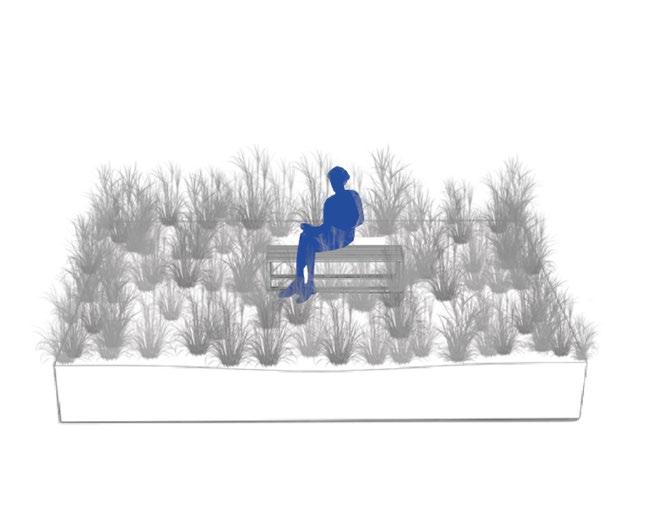
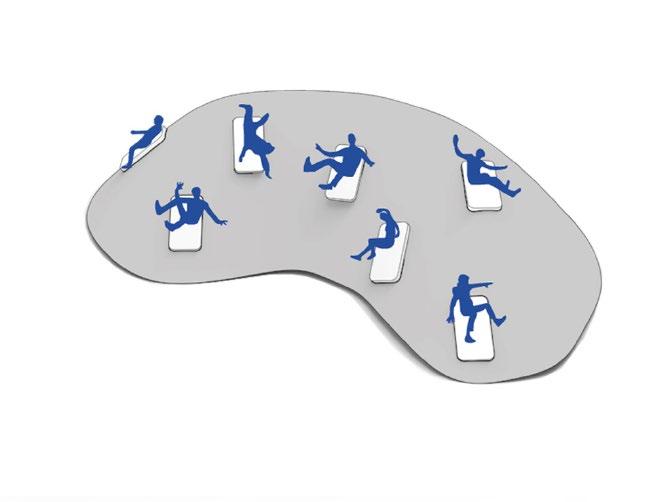
the choice of materials is inspired by our favorite childhood spaces topography


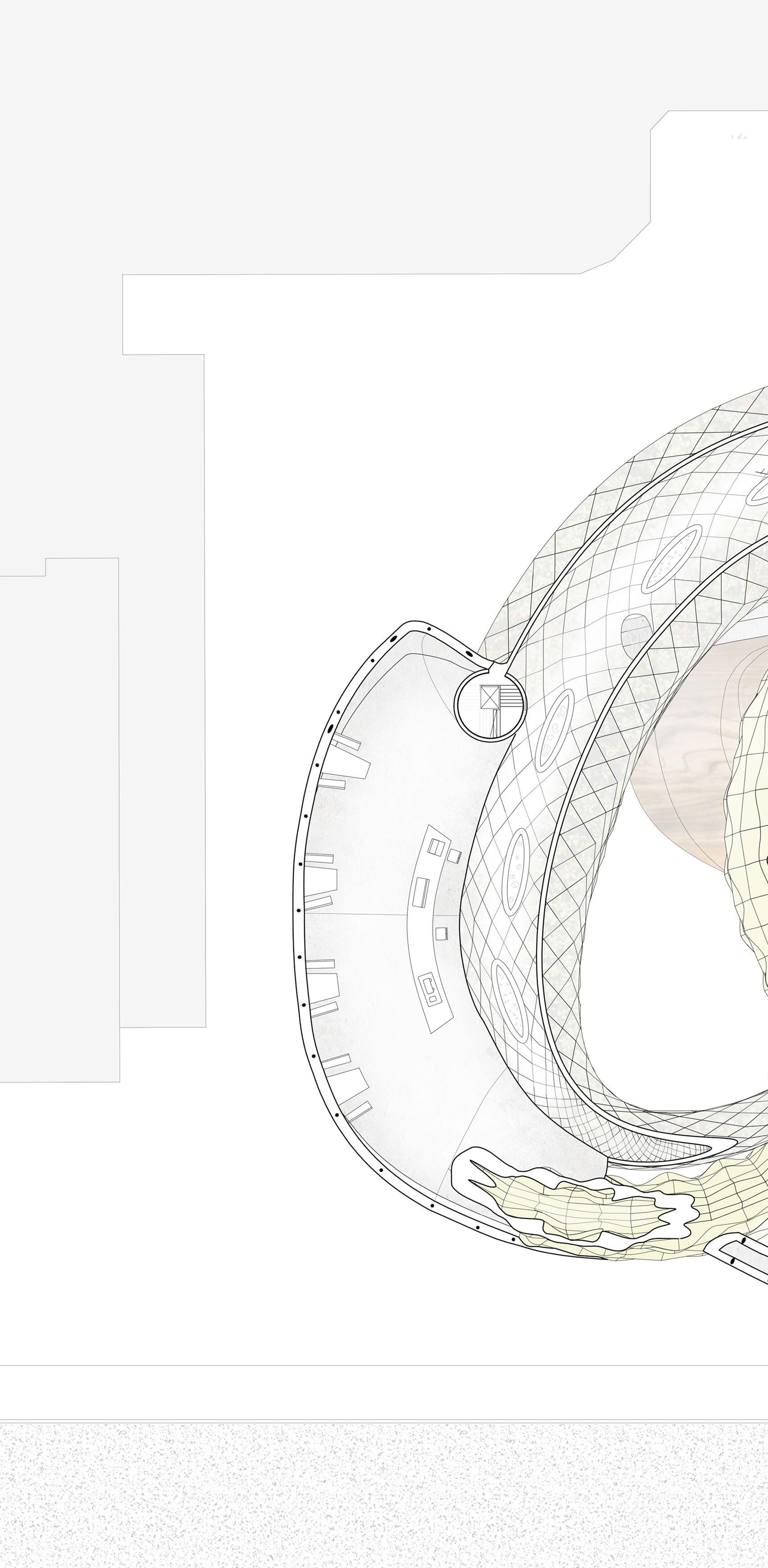
floor plan
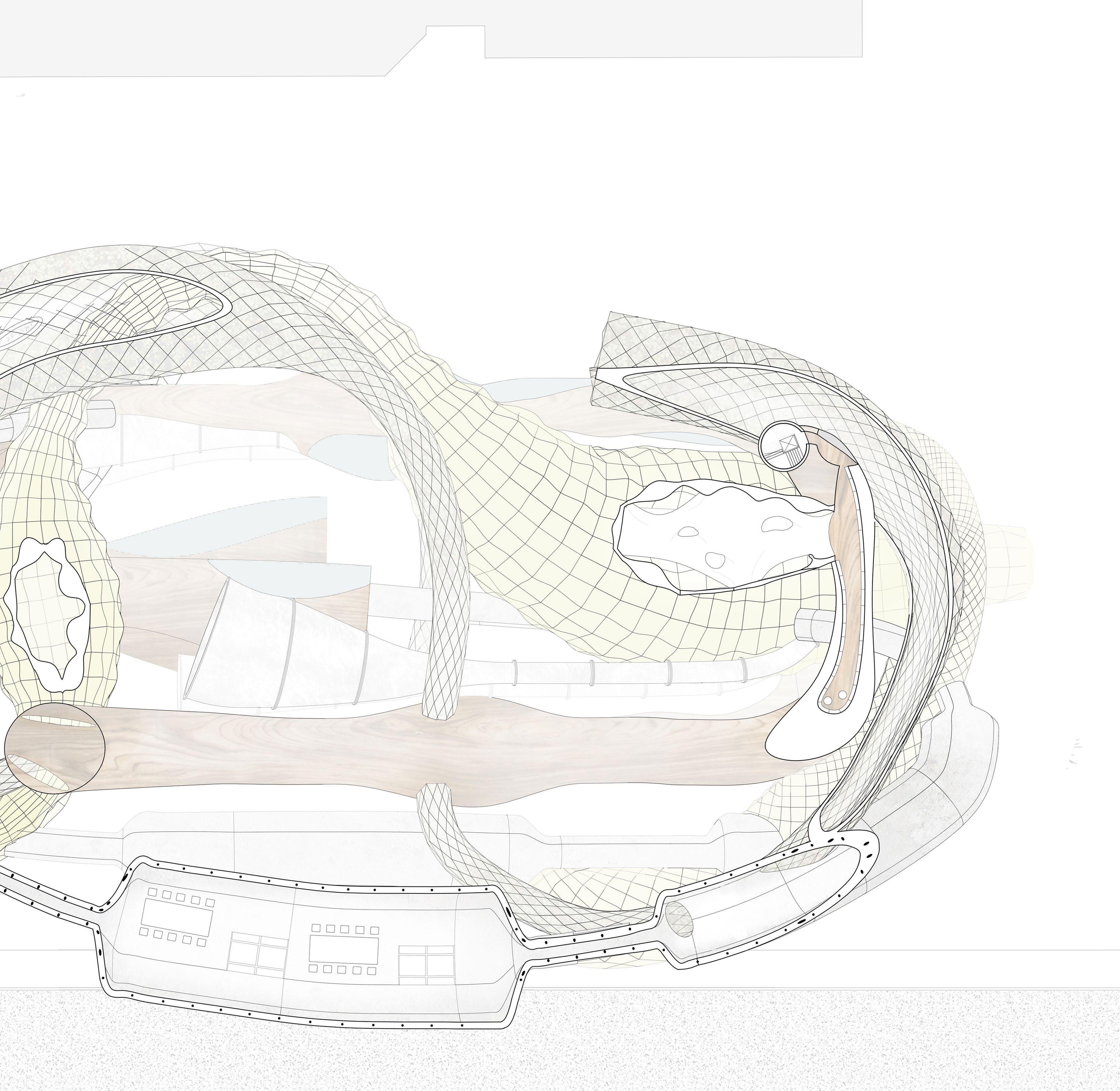
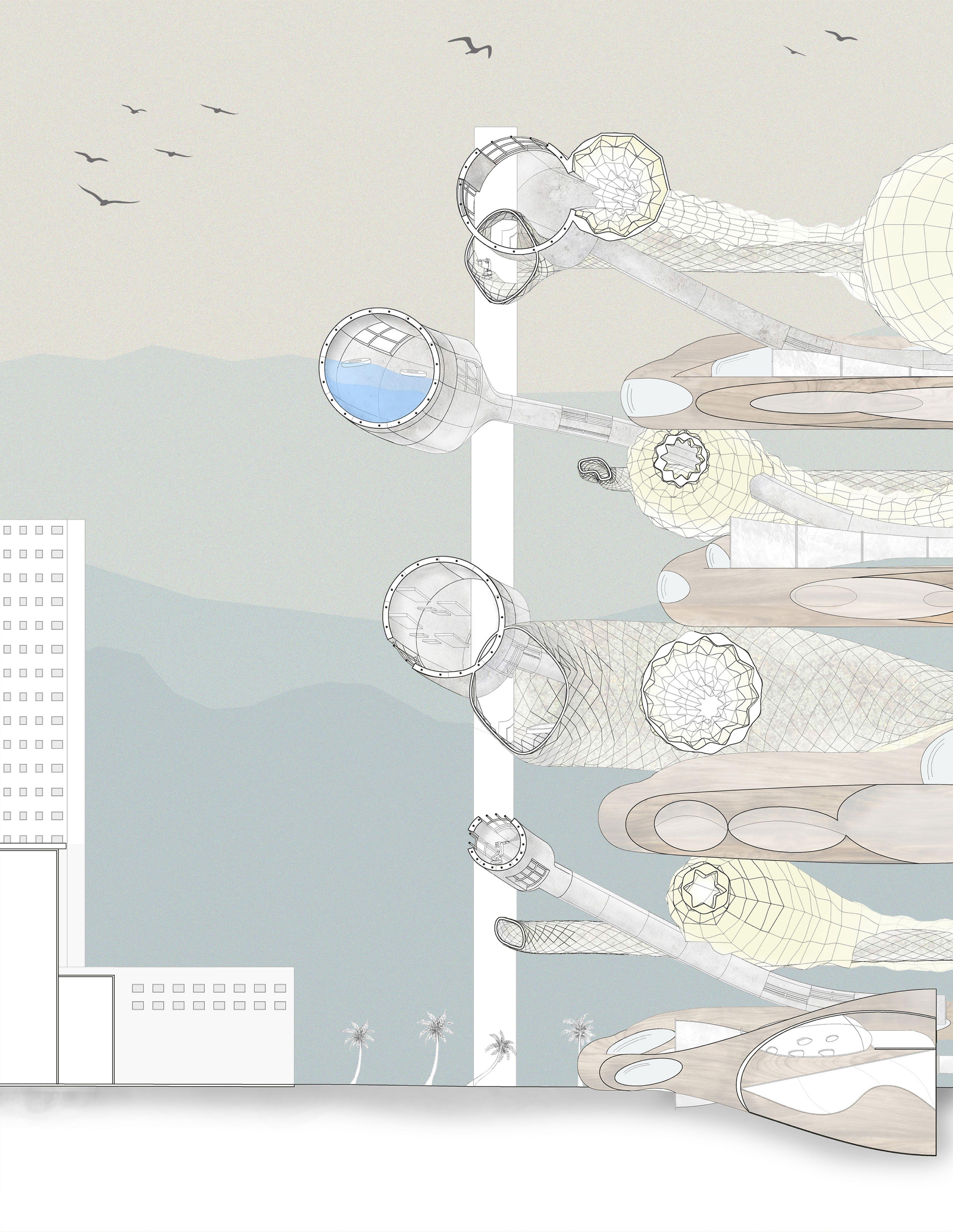
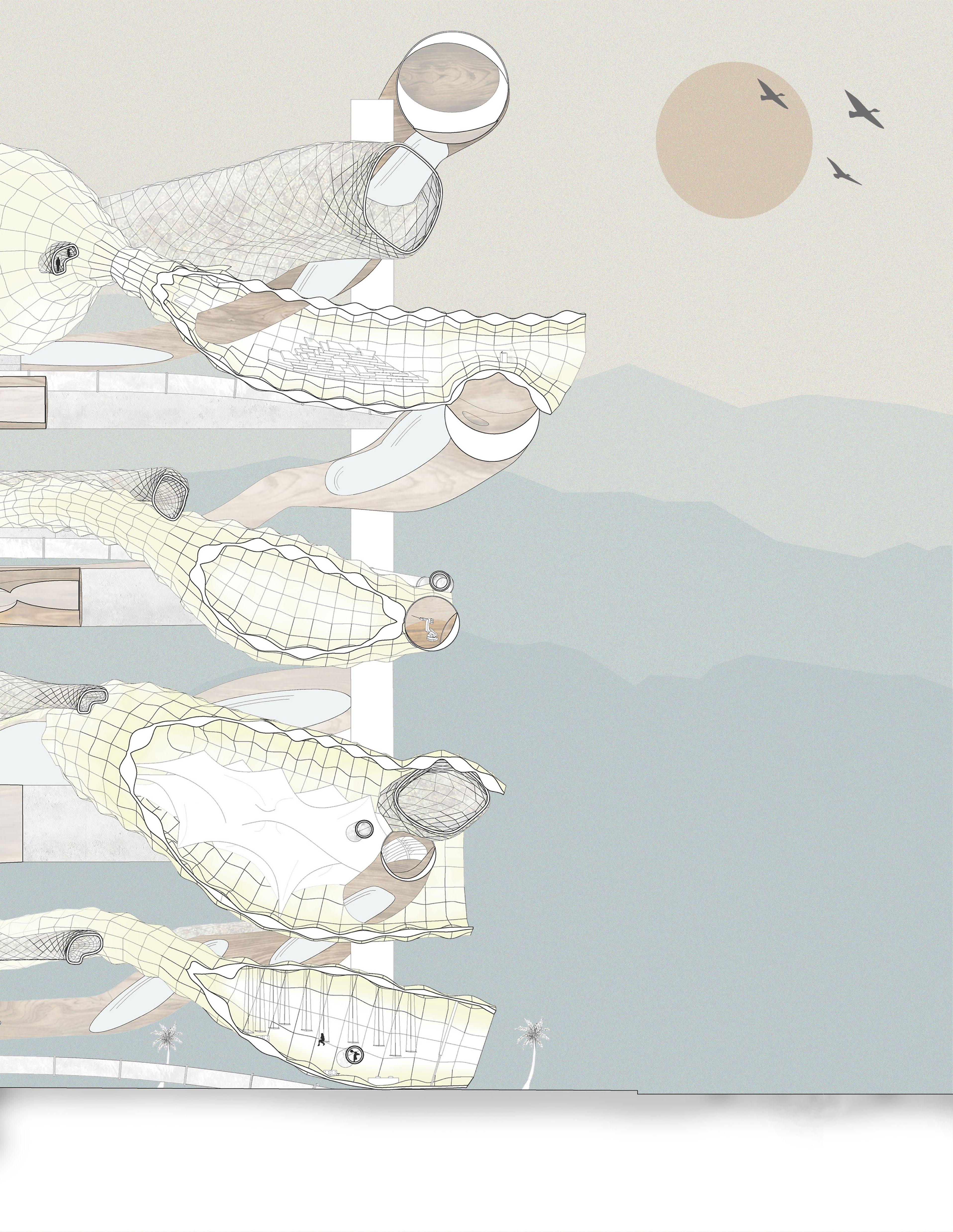
6 Sky Port City Transportation building
Located in a canyon in Israel's desert, the project features an eVTOL airport and a center for flight education.

The Skyport City is designed for various types of eVTOL aircraft. The complex features a flight education center, landing areas, a repair and storage facility, and a visitor center. The roof is designed to follow the shape of the dry riverbed, made up of triangular solar panels. It hovers over the buildings, creating a floating, bird-like form above the functional spaces. This separation between the roof and the buildings is intended to improve airflow and reduce noise, helping to avoid disturbing the nearby town. Further research is needed to confirm these environmental effects.


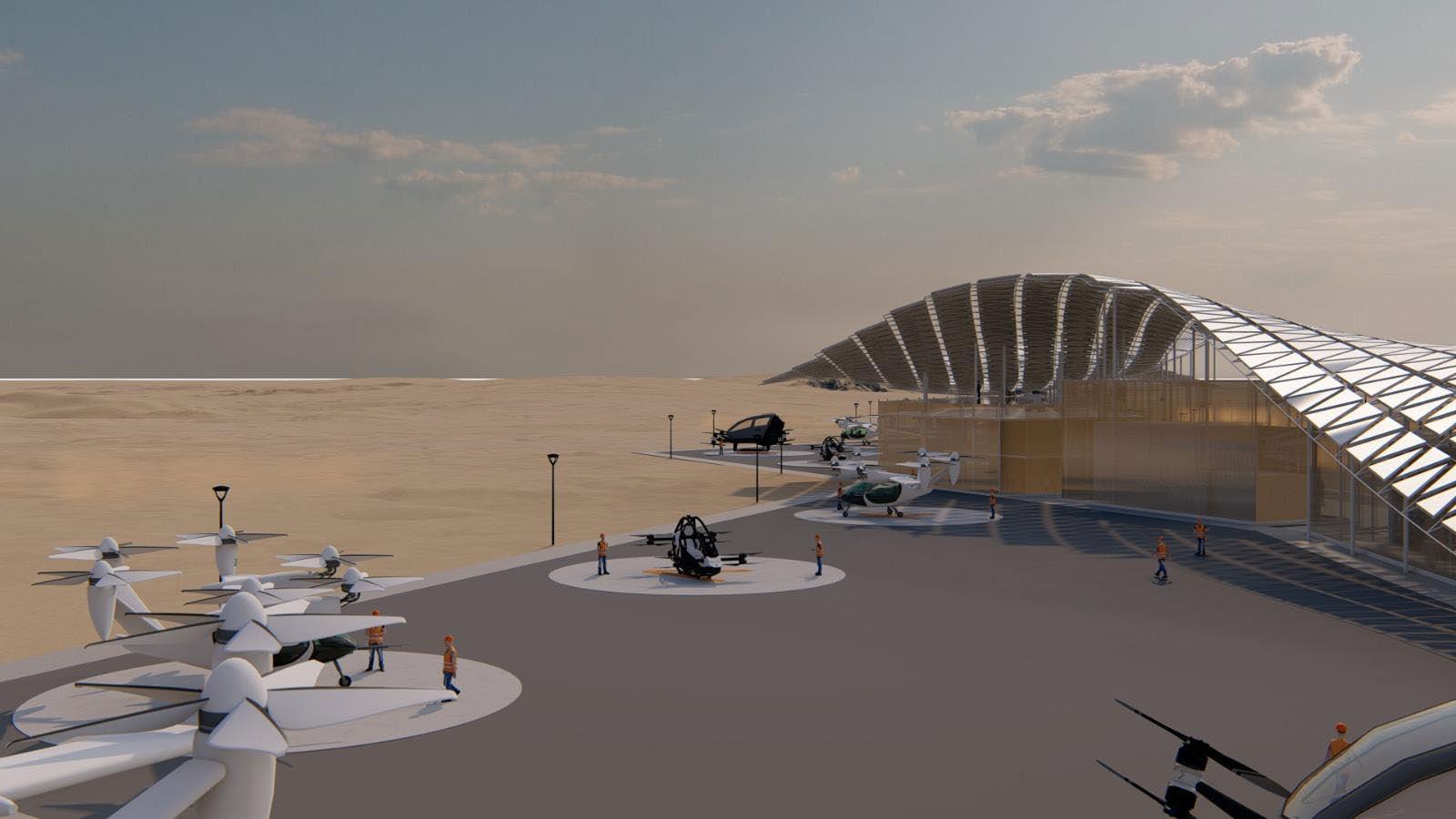
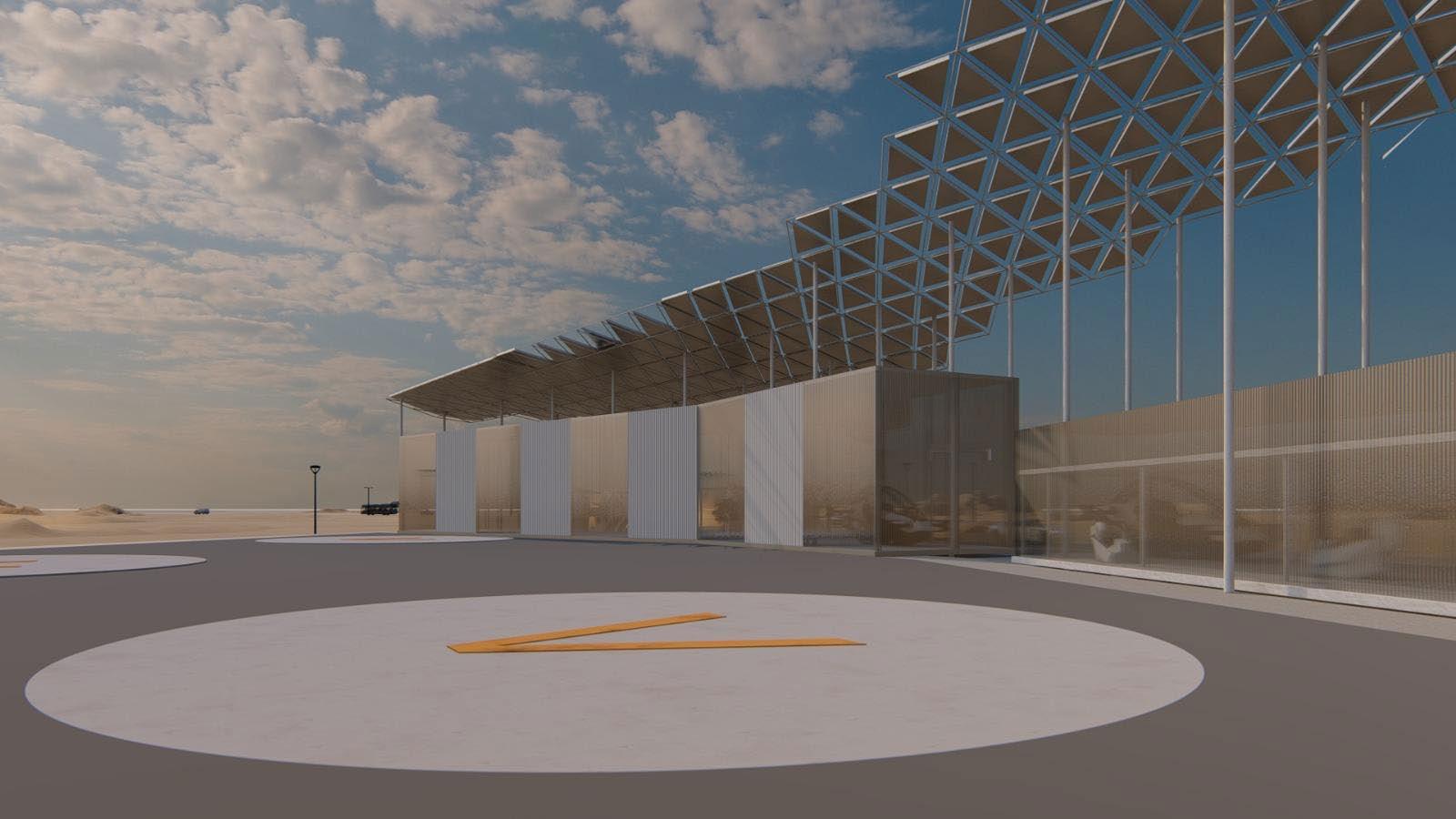
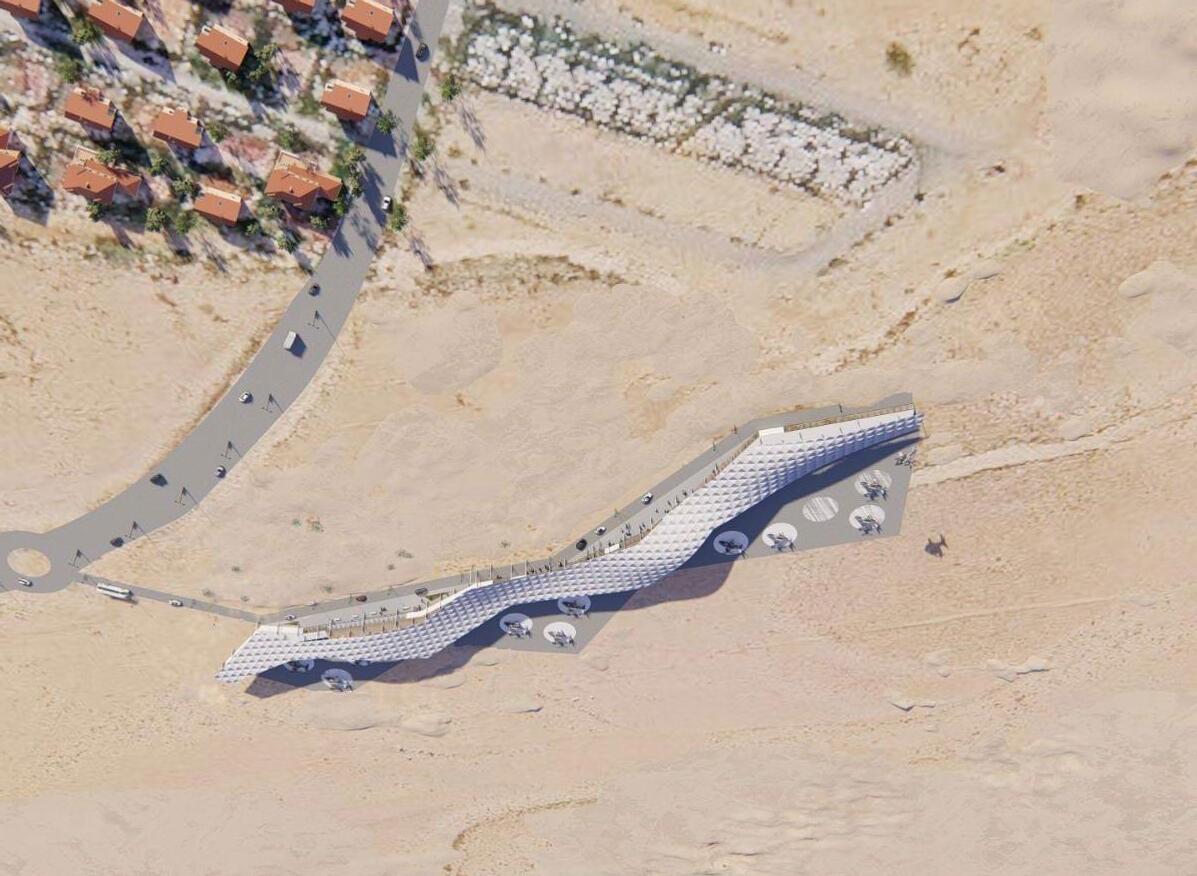
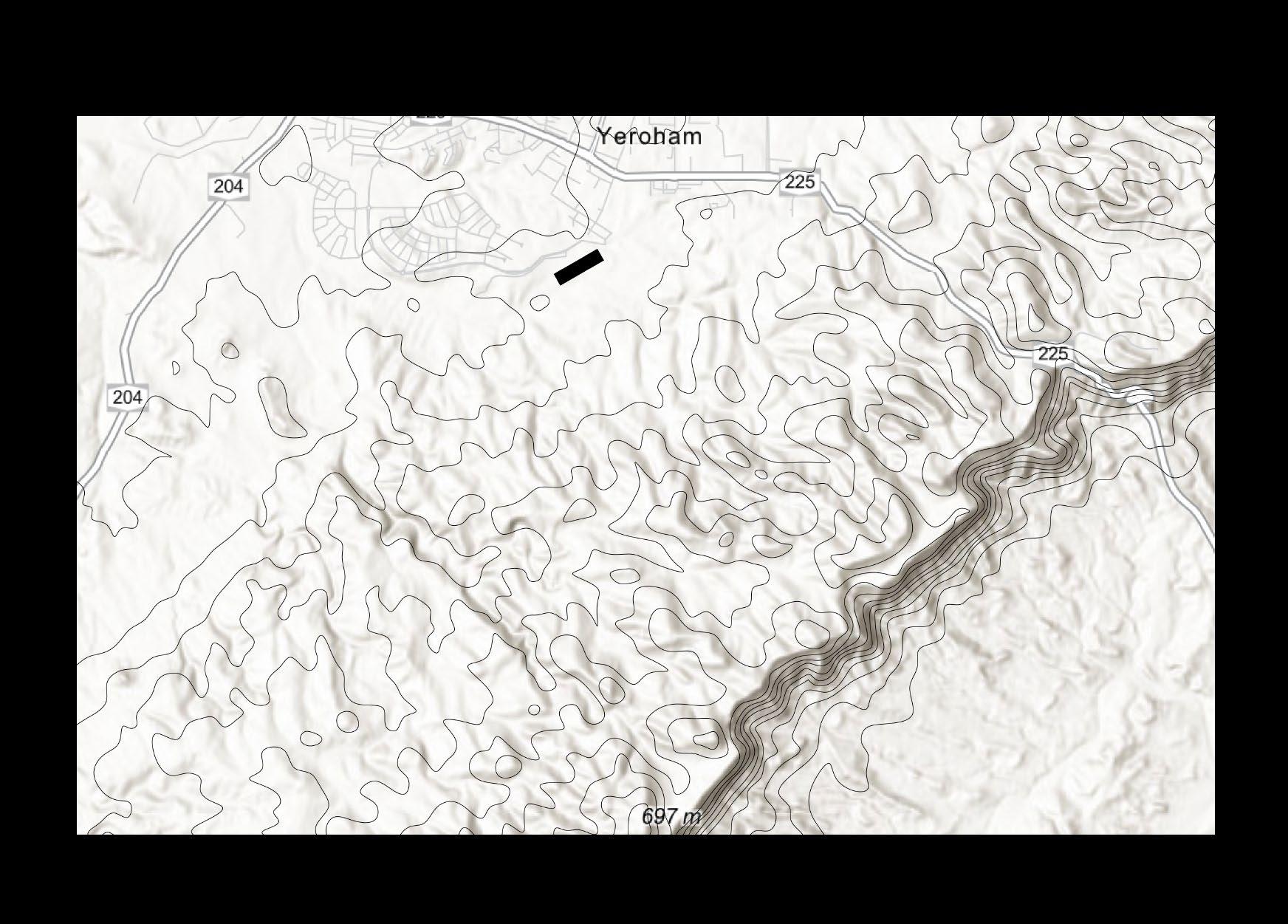
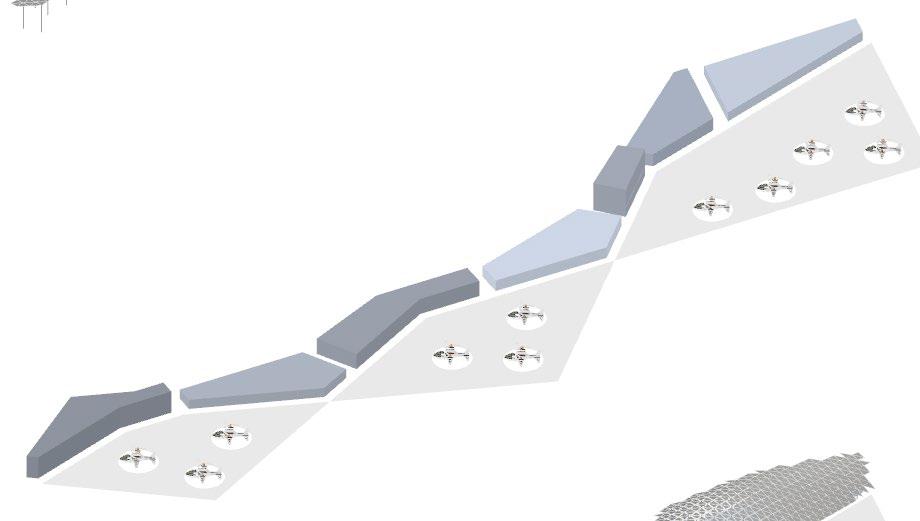
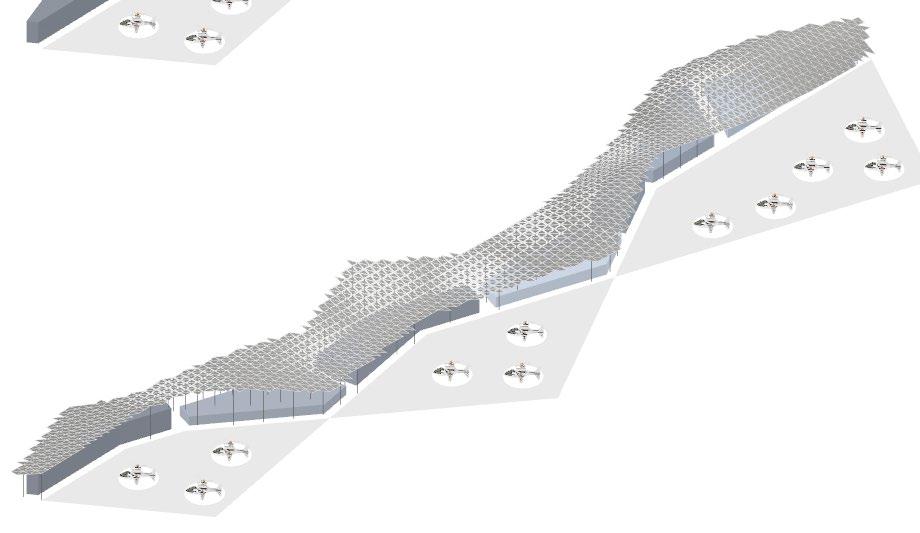
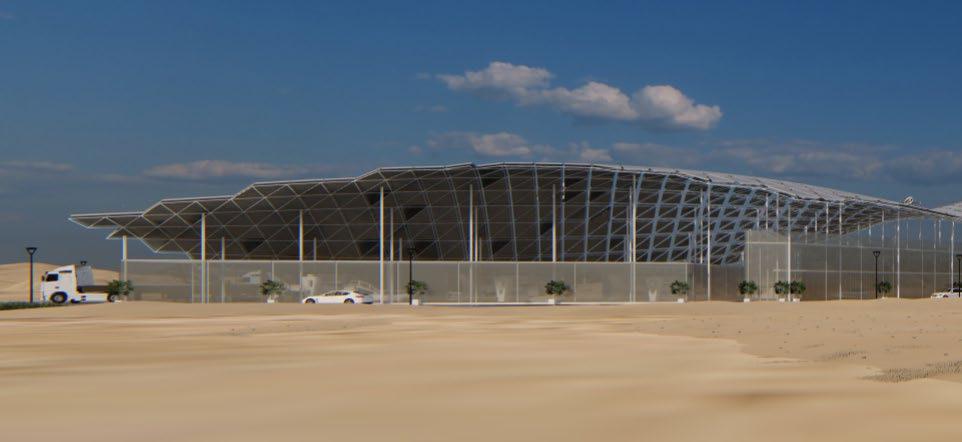
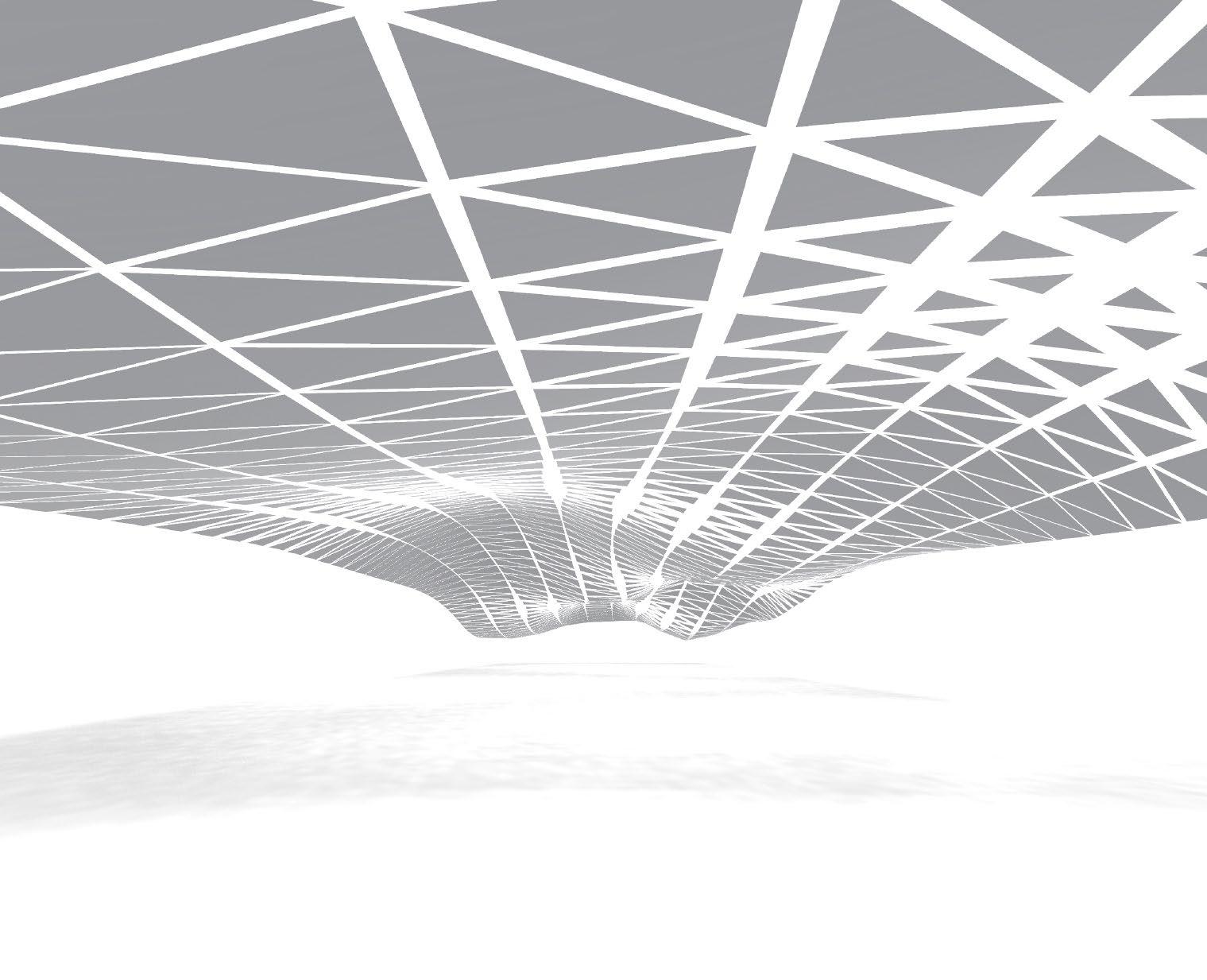
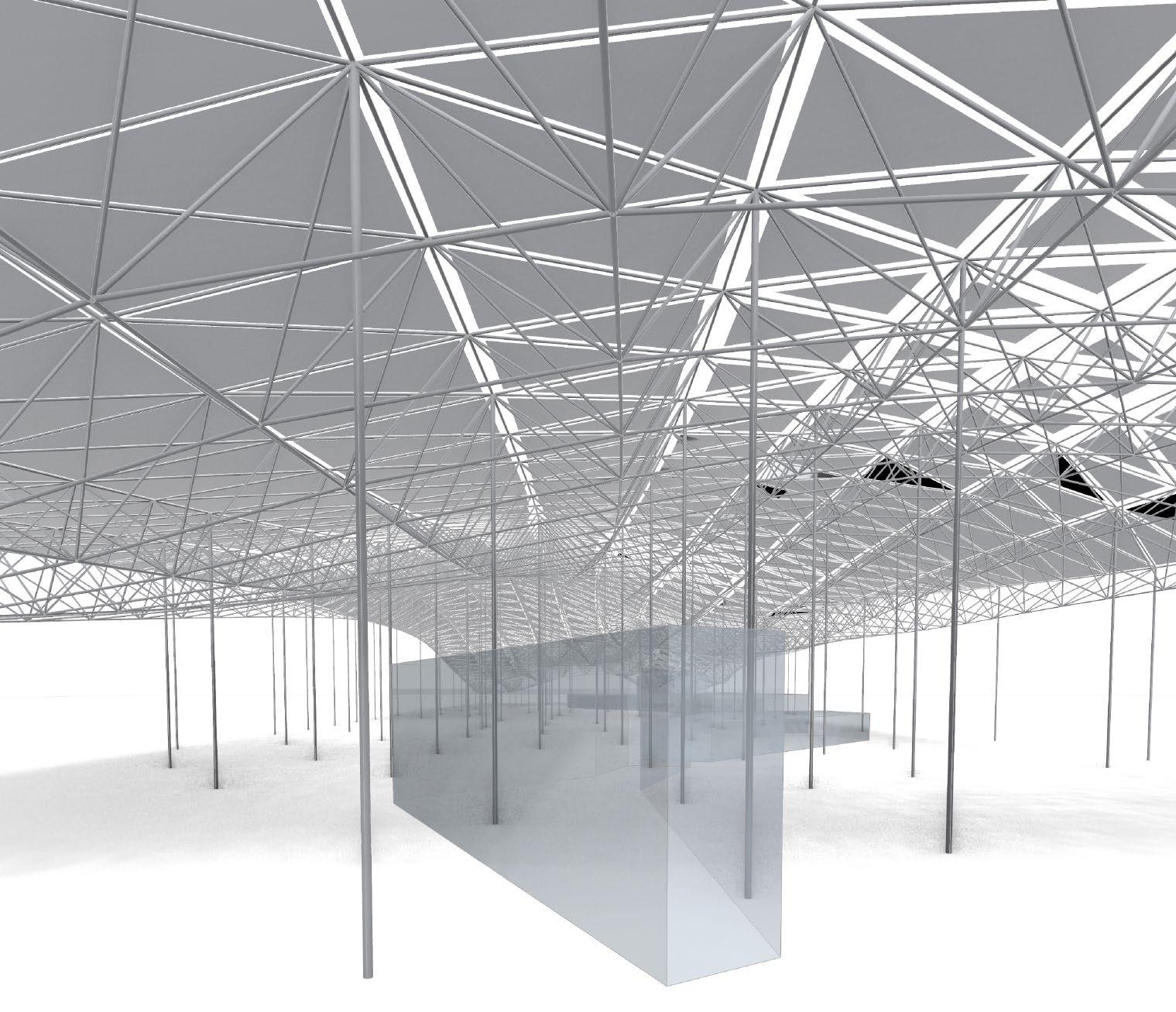
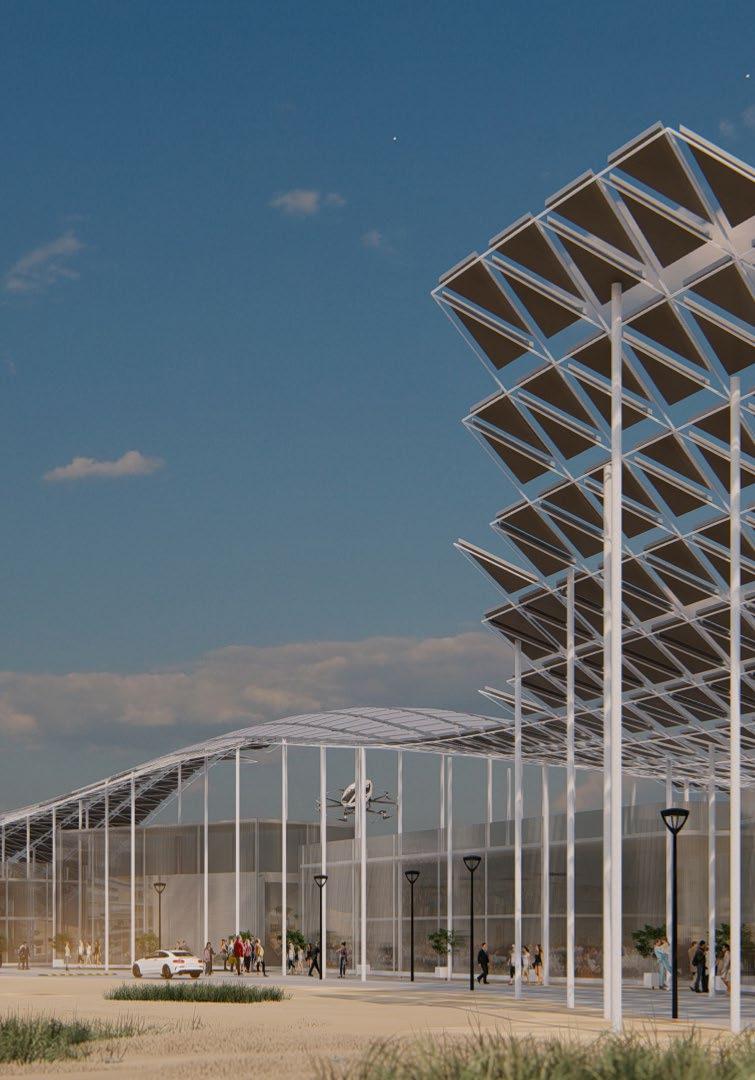
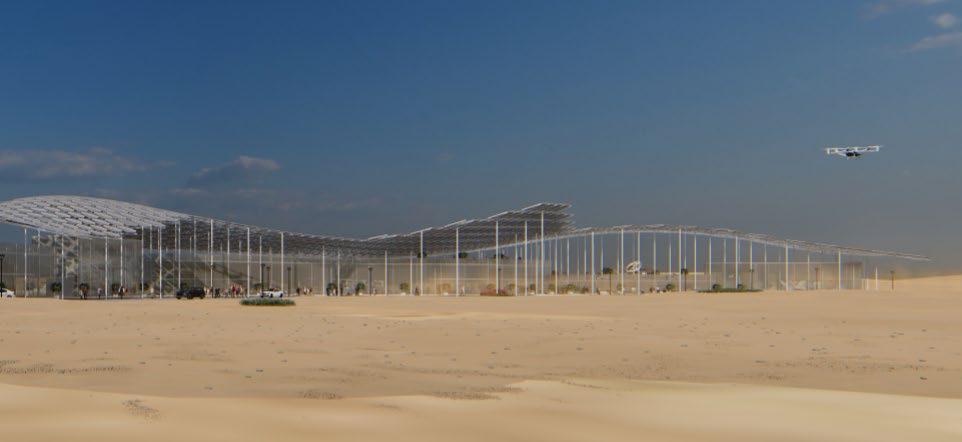
7 Parcel X
Urban design
Parcel X offers a unique opportunity to disconnect from the urban grid and shift towards an agricultural urban grid. The type of agriculture and the frequency of cultivating the plot will determine the density and form of construction, ranging from flexible mobile structures to more permanent ones.

By the year 2050, 80% of the world’s population will live in large cities. The cities will become denser, more expensive, and create further strain on their infrastructure. Parcel X proposes an alternative lifestyle, thereby disconnecting from the urban grid and shifting towards an agricultural dynamic field. In this approach, the growth of agriculture can proceed, and the peripheral character of living will not be compromised.
Construction will appear along the contour of each plot. A script that distinguishes the type of agriculture and the frequency of processing the plot, establishes a set of rules which will determine the approved density and the form of construction. The new settlements will use the nearby countryside town as a basecamp to “refuel” and receive their building kits. Plot X enables a flexible, communal, and sustainable way of life.
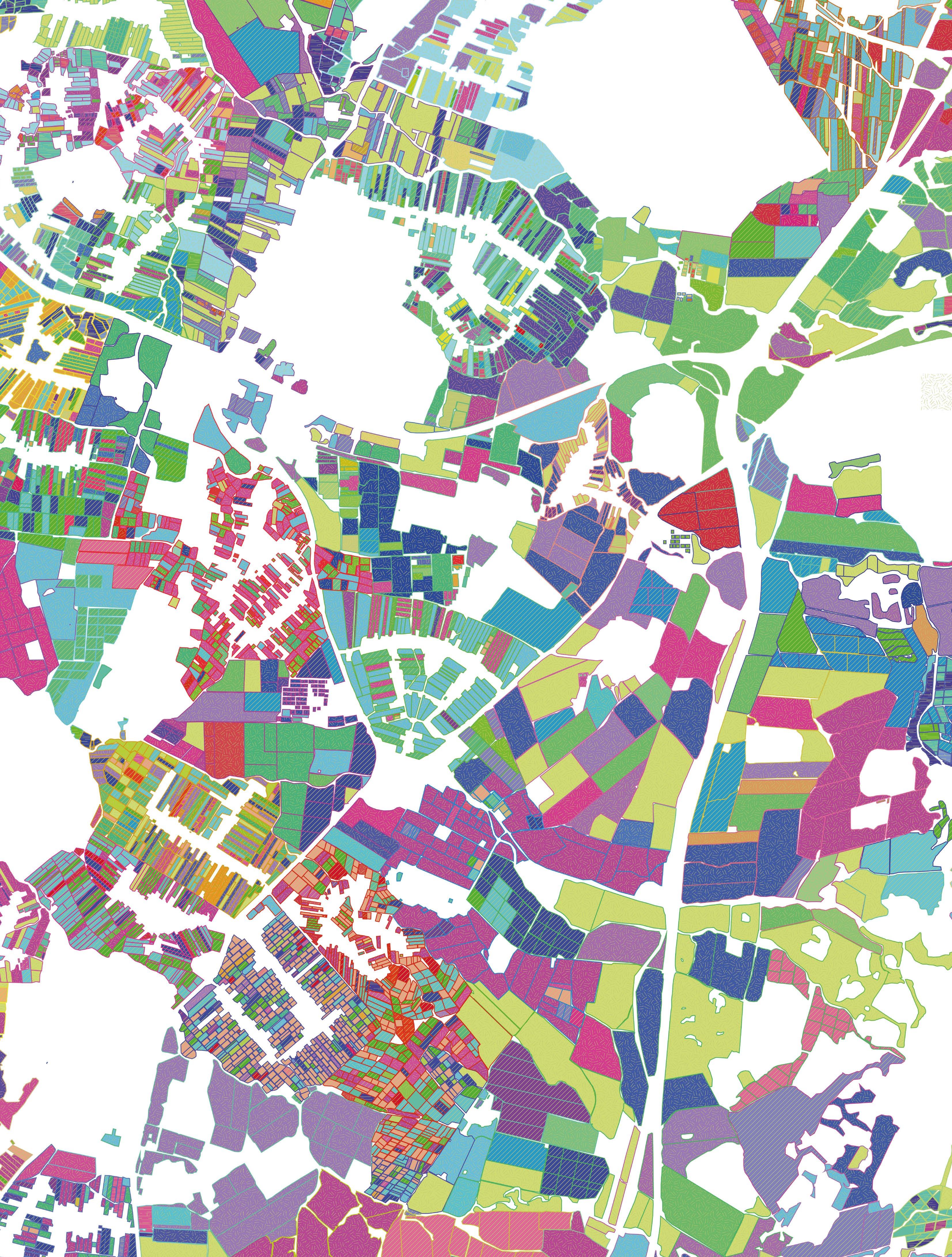

approach for building in the contryside

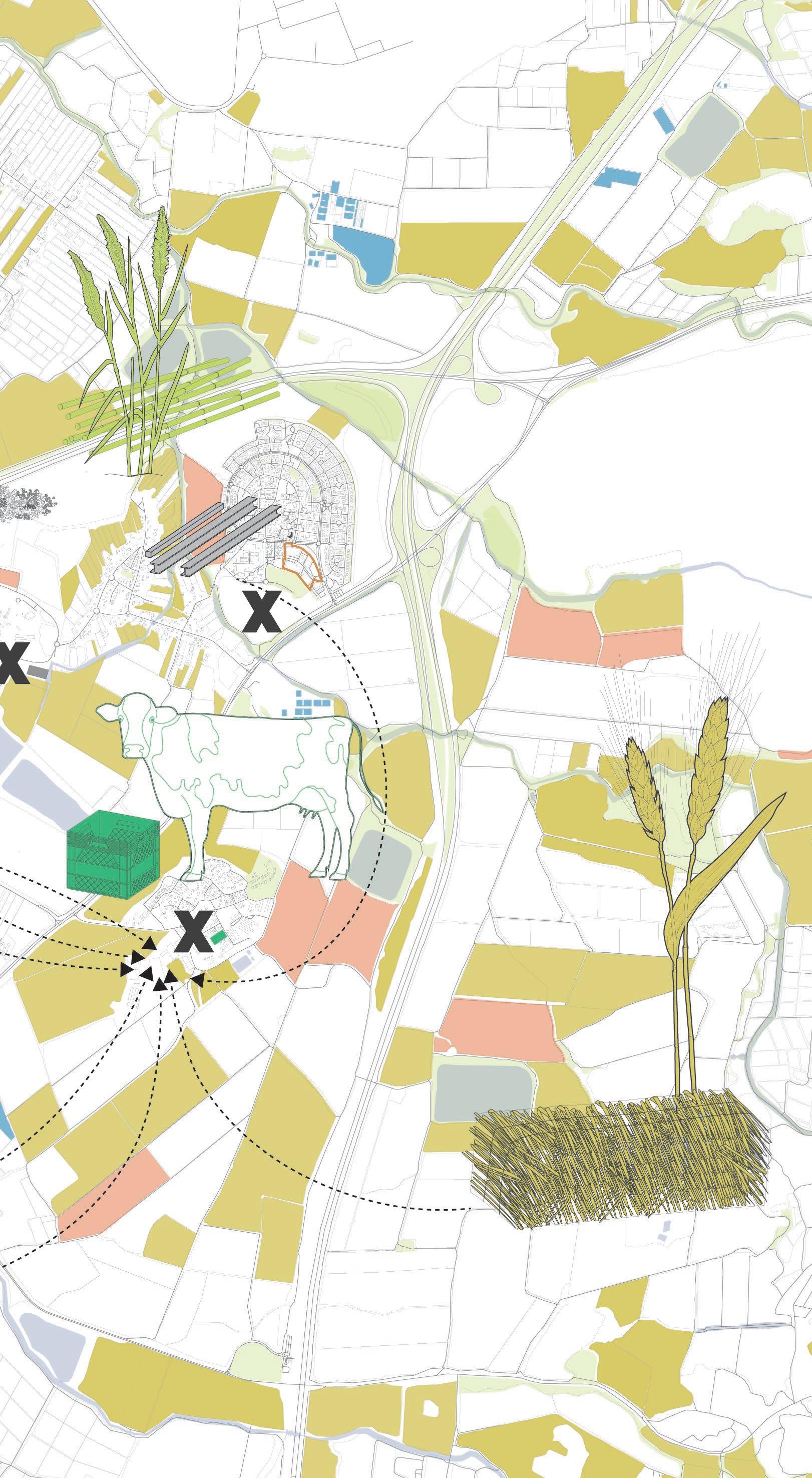
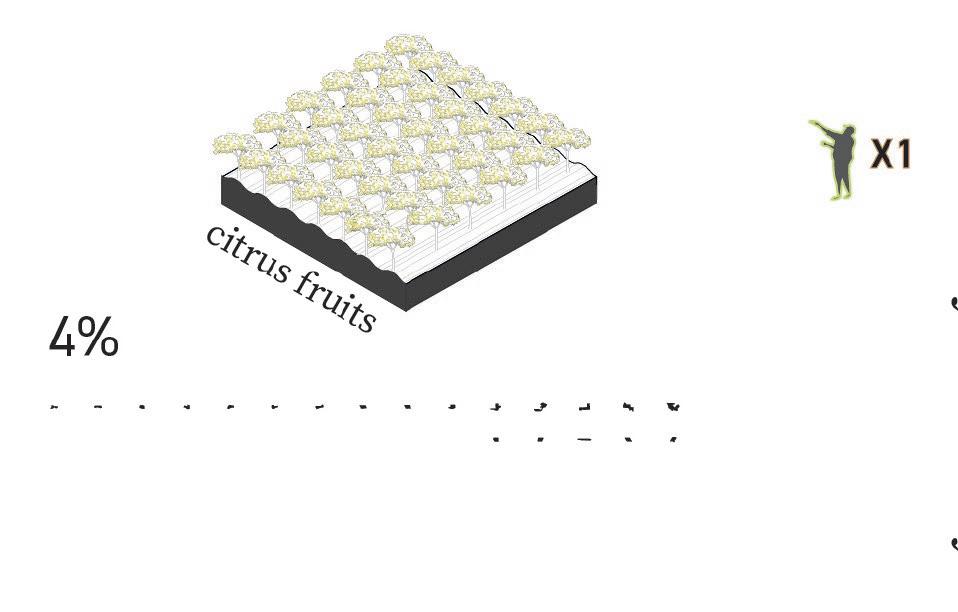
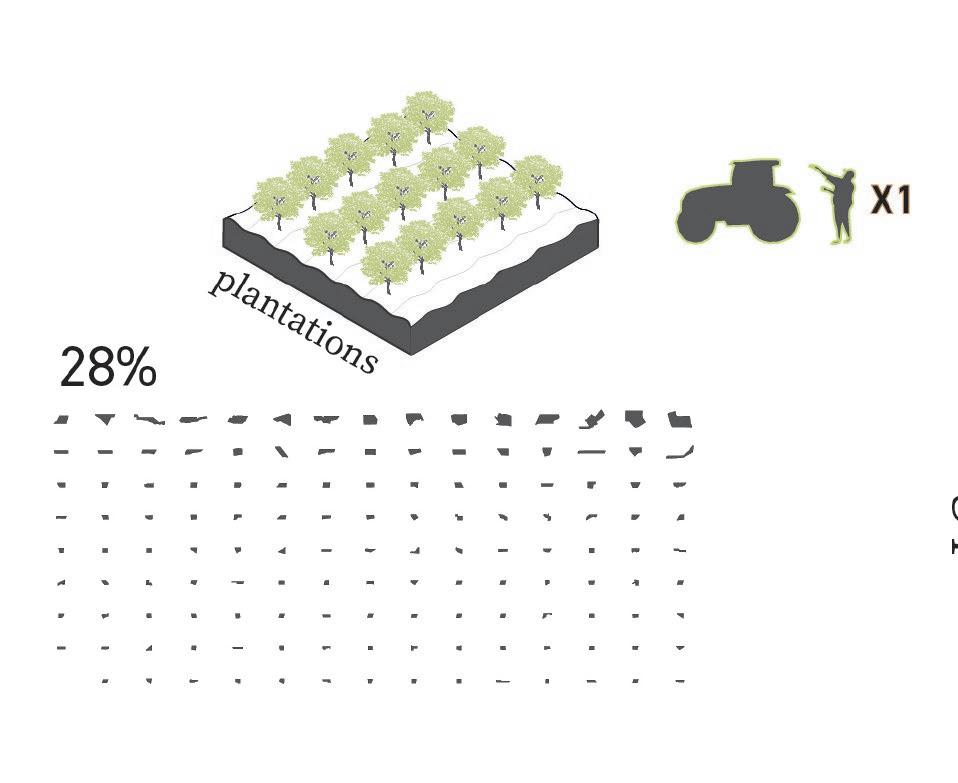
how many times a year the field is being processed and how ?
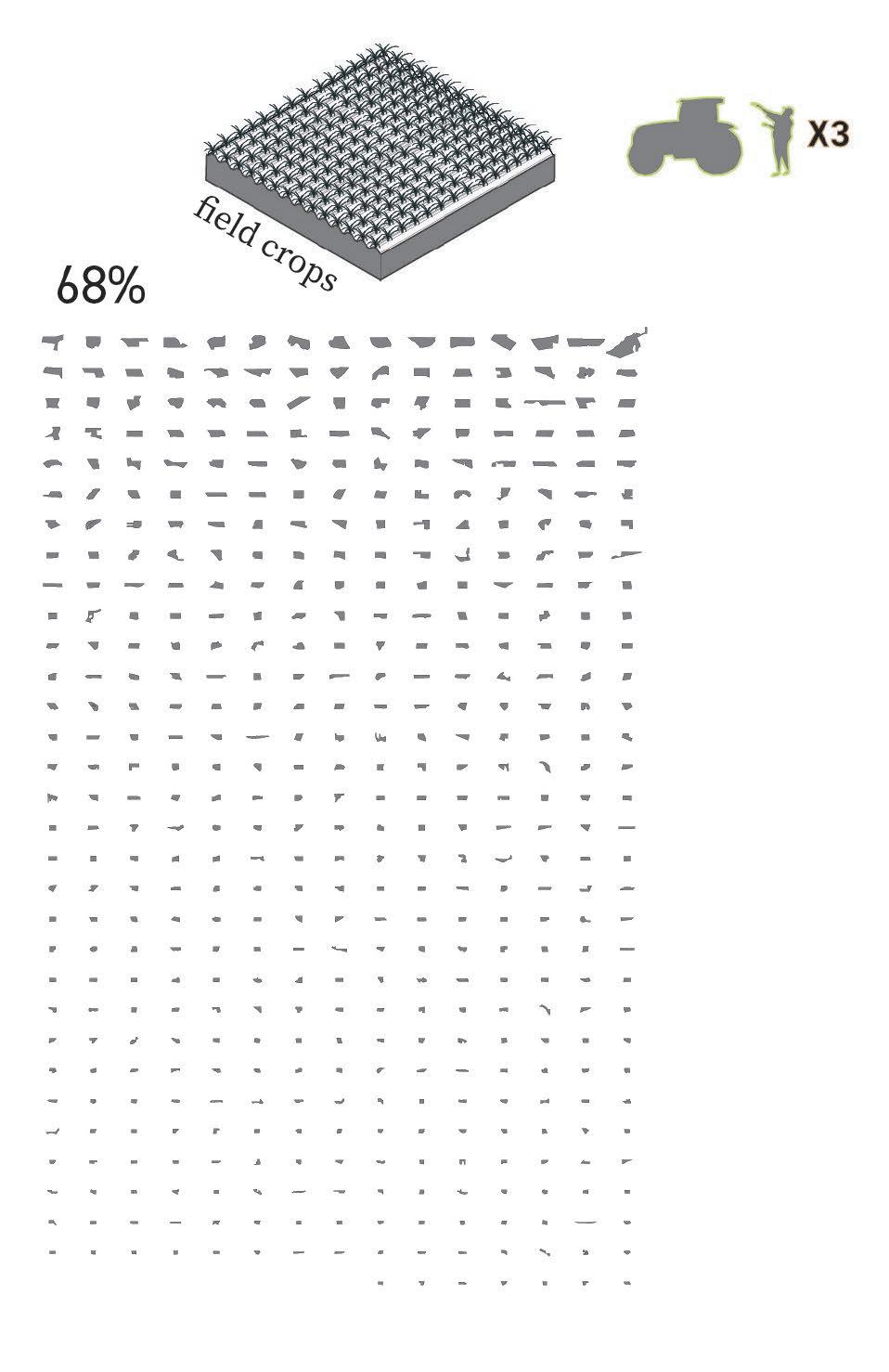
division by type of agricaltural growth





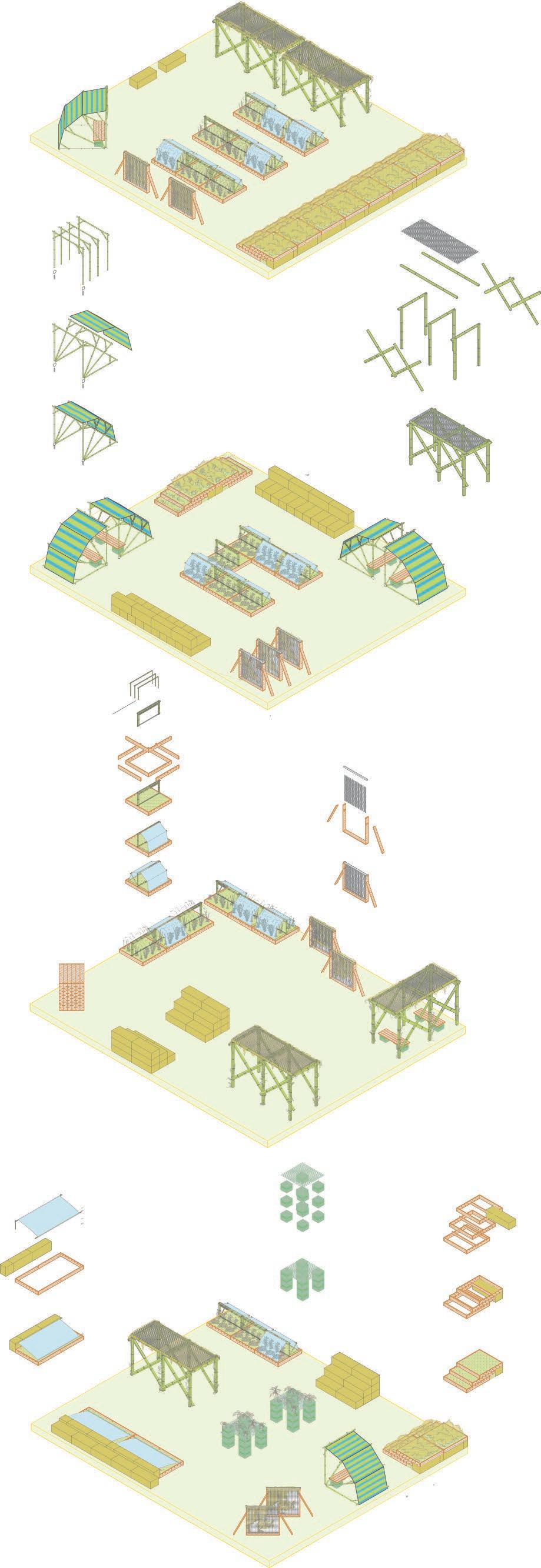


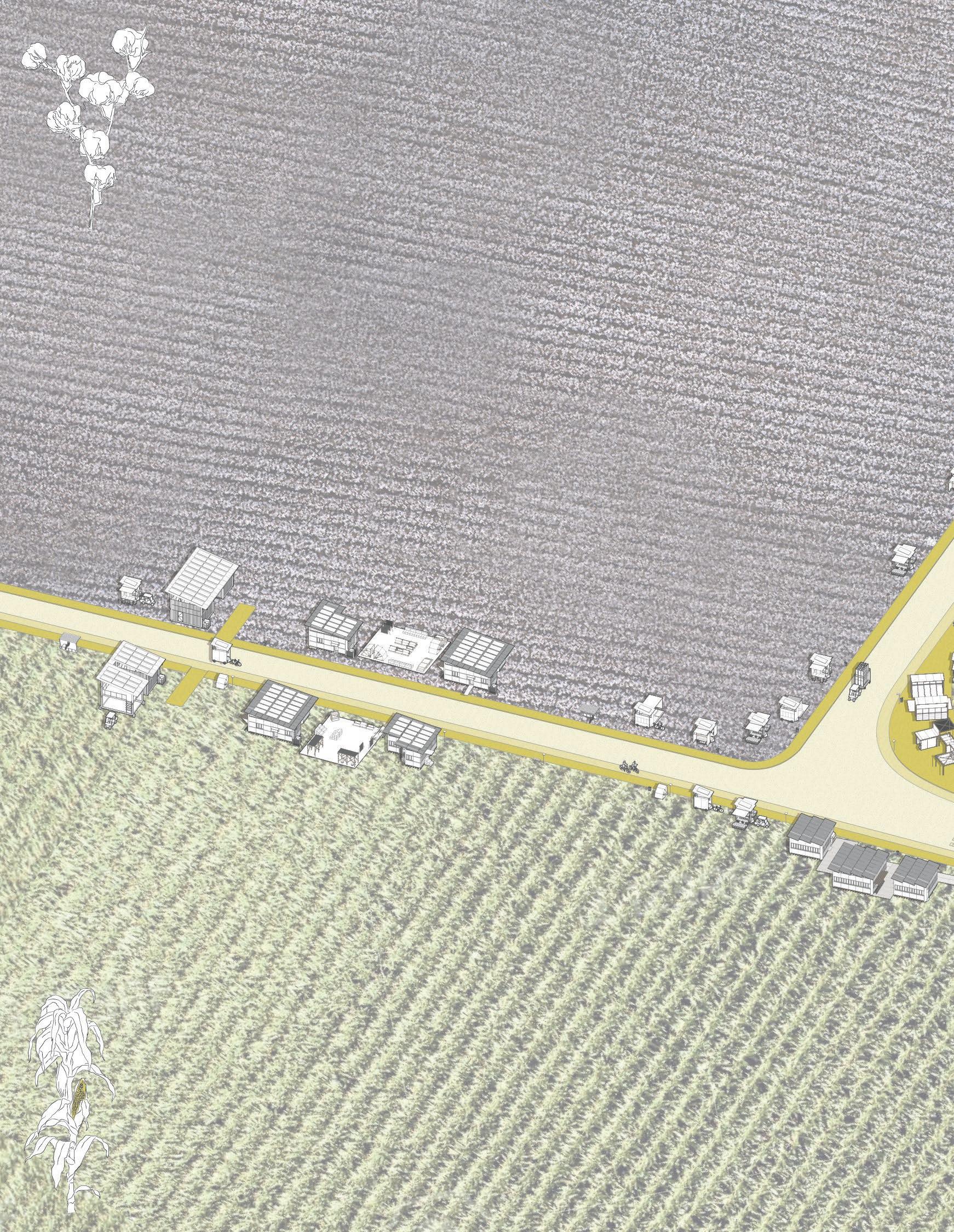
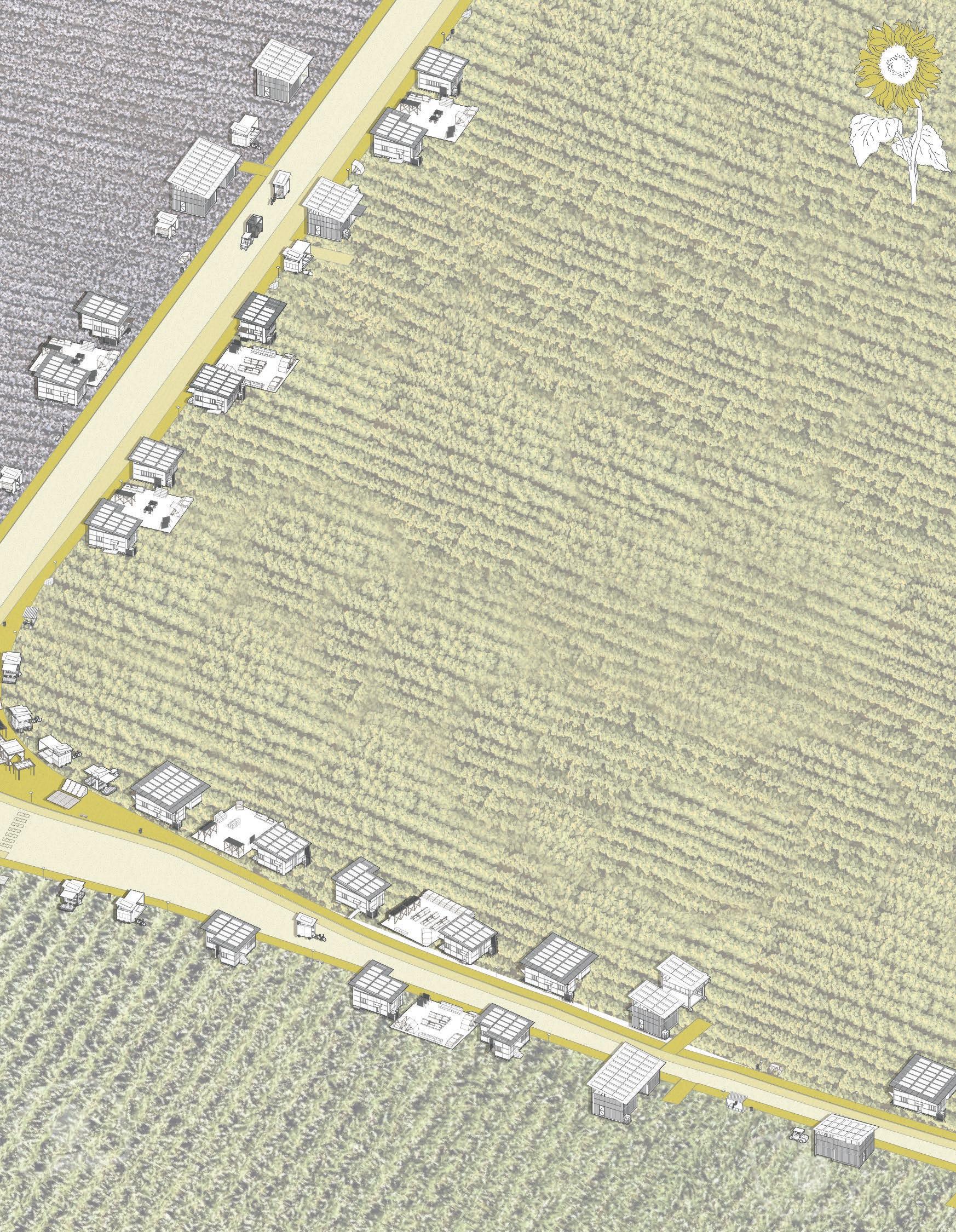
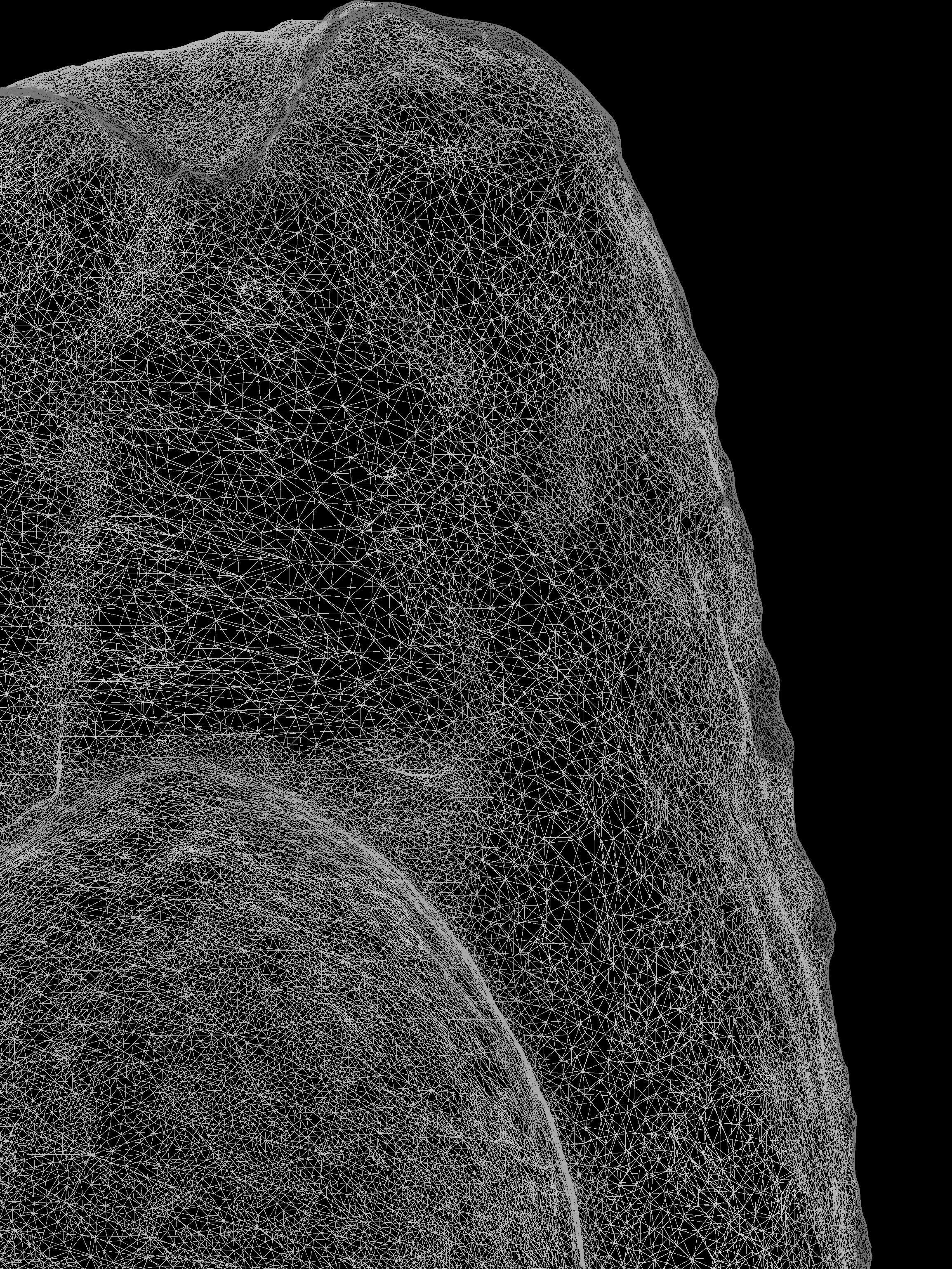
Hila Sharabi
07939036043
